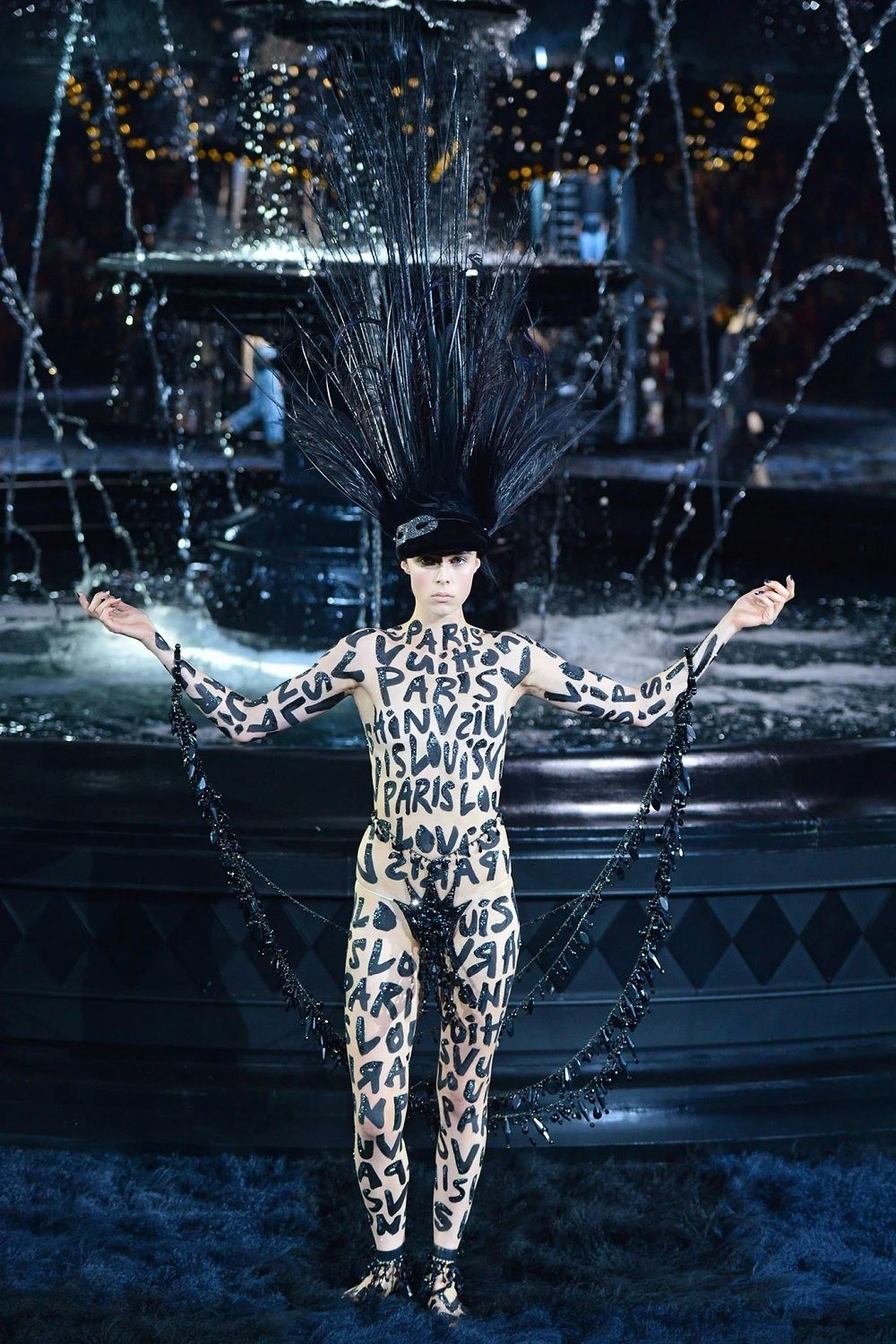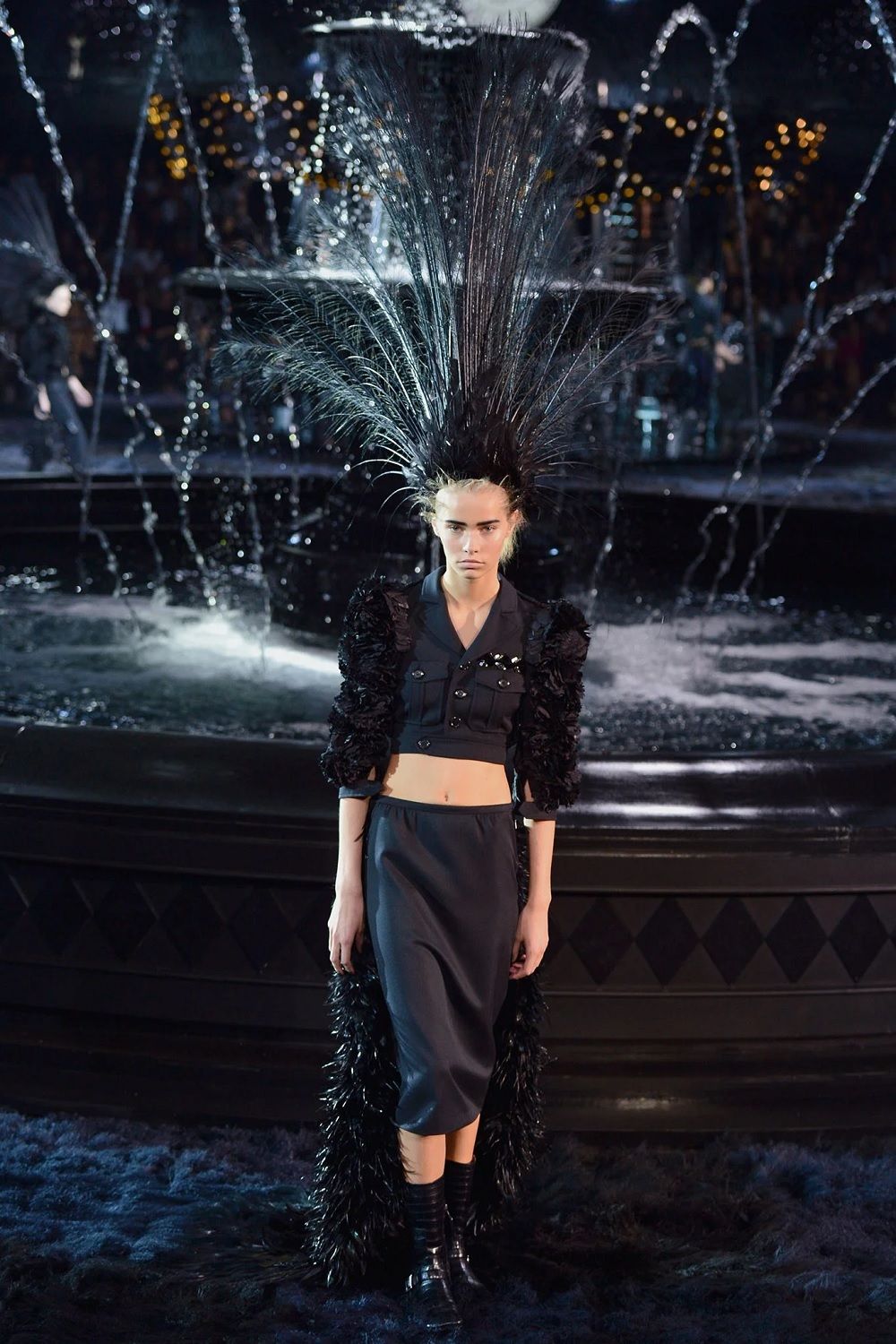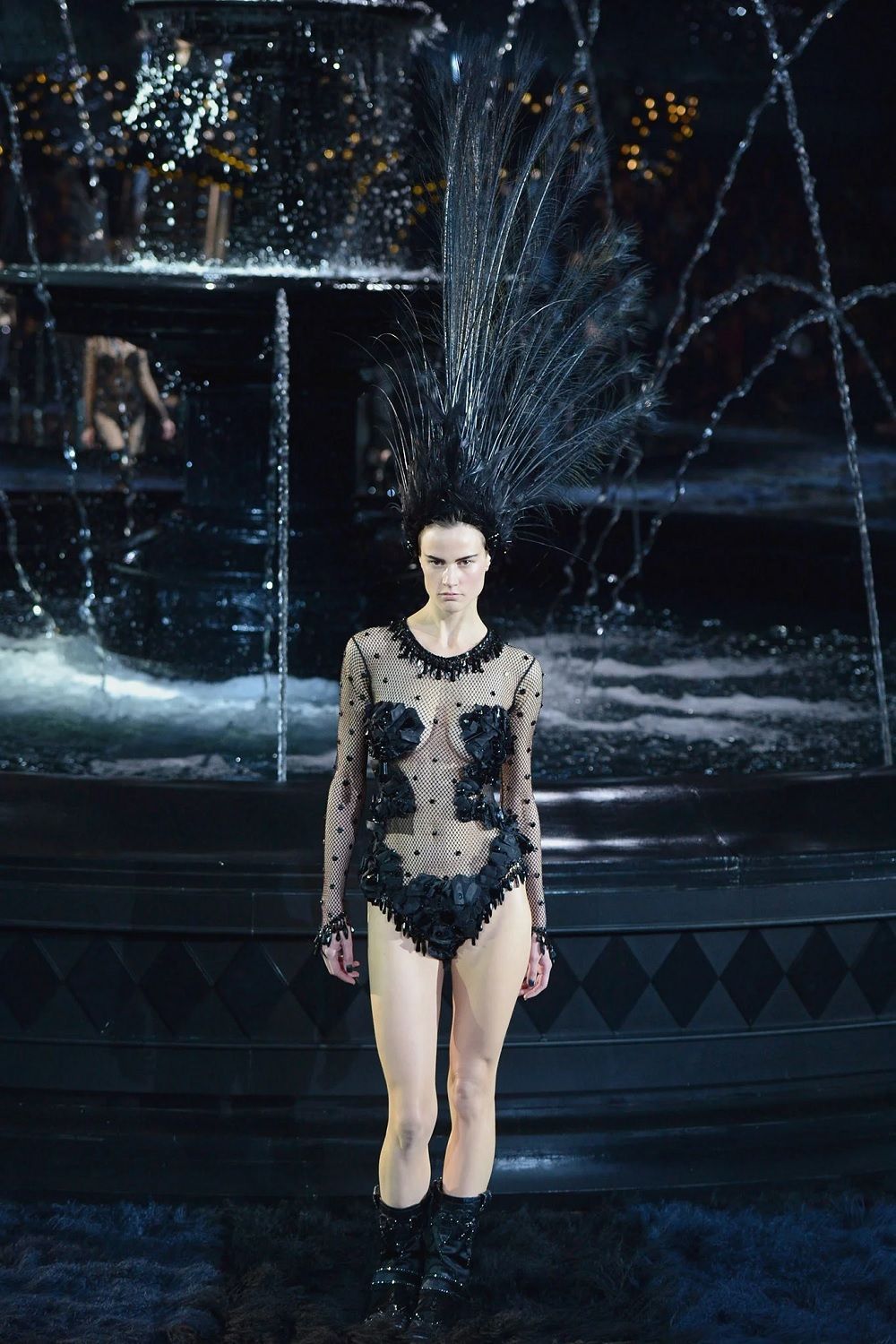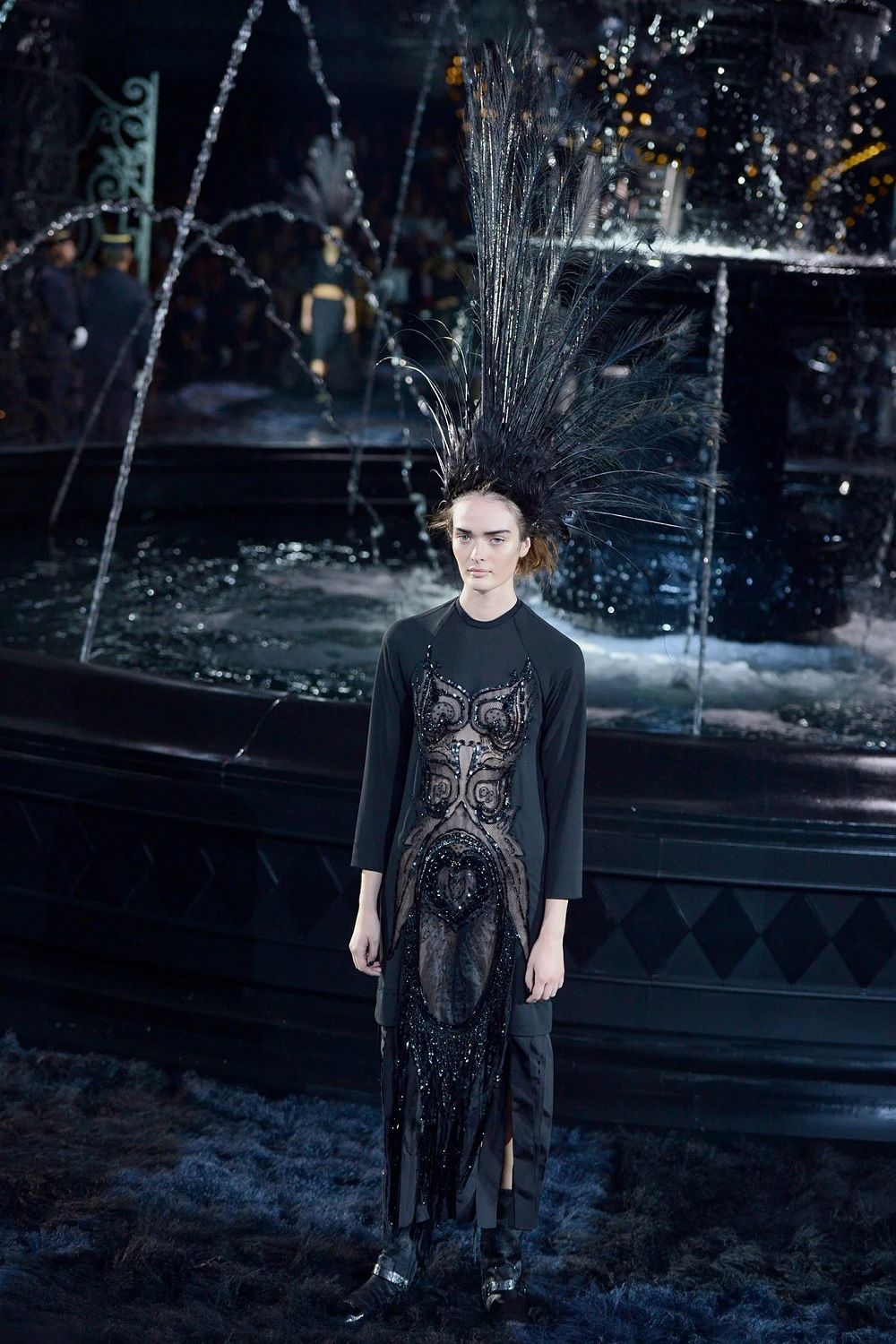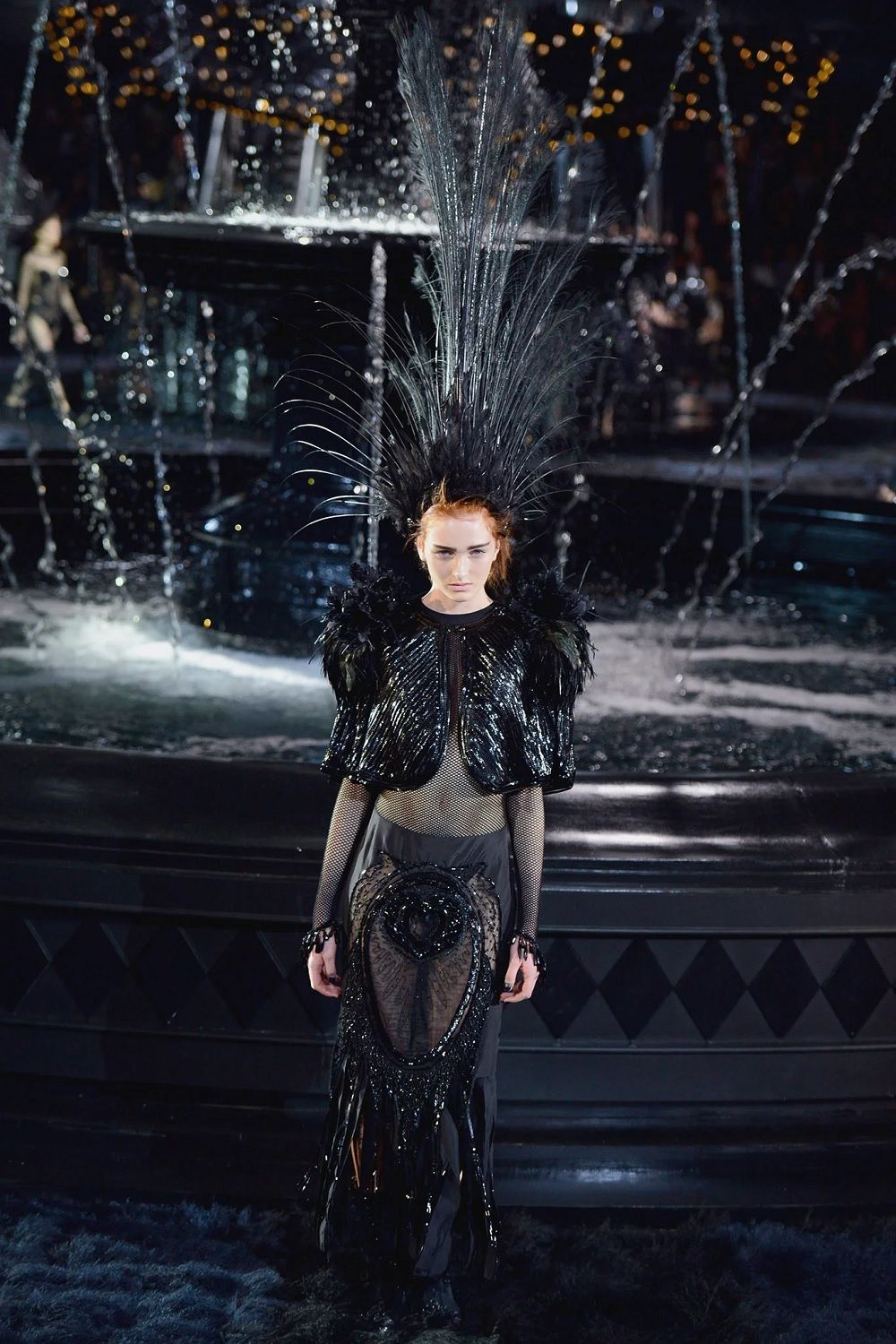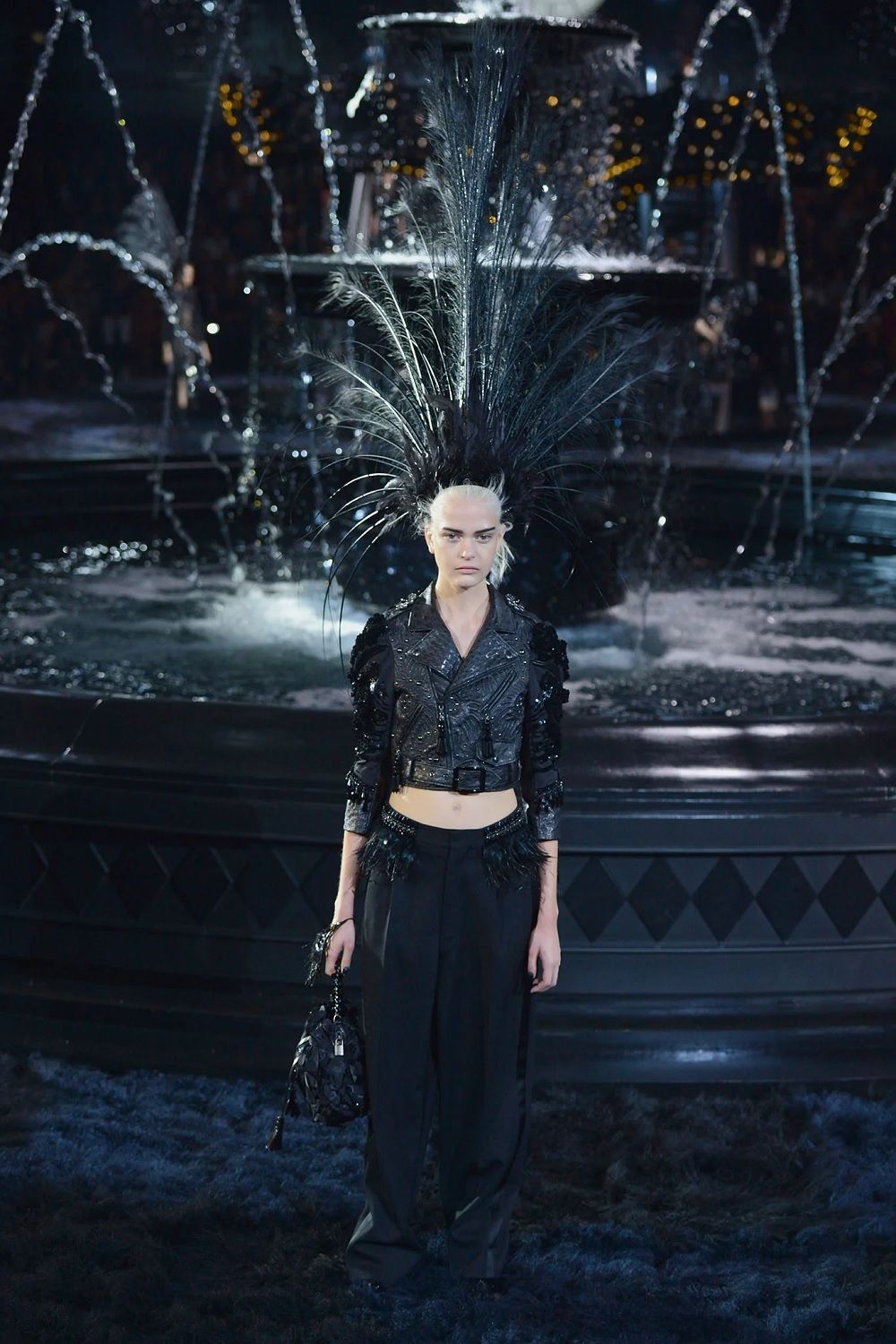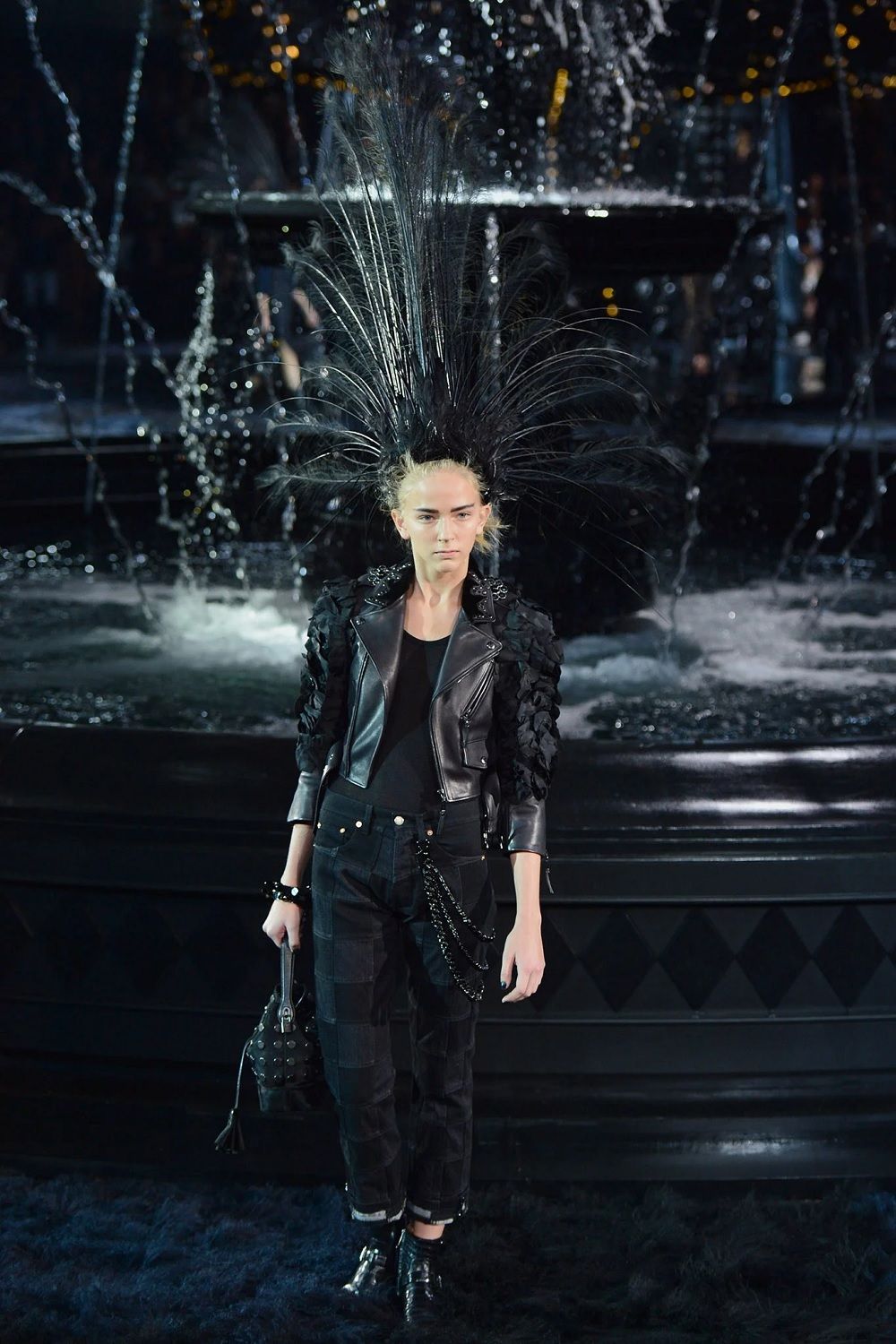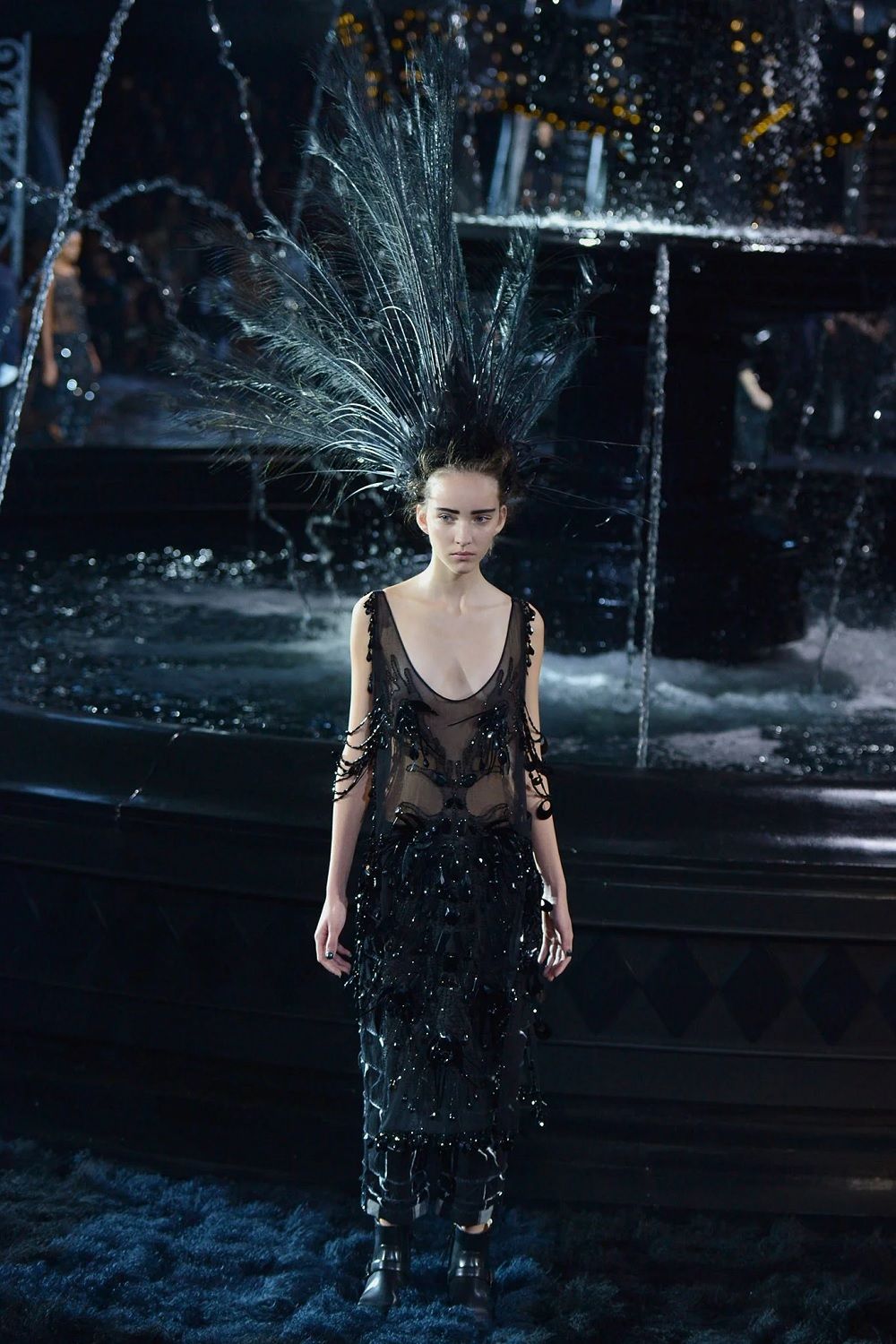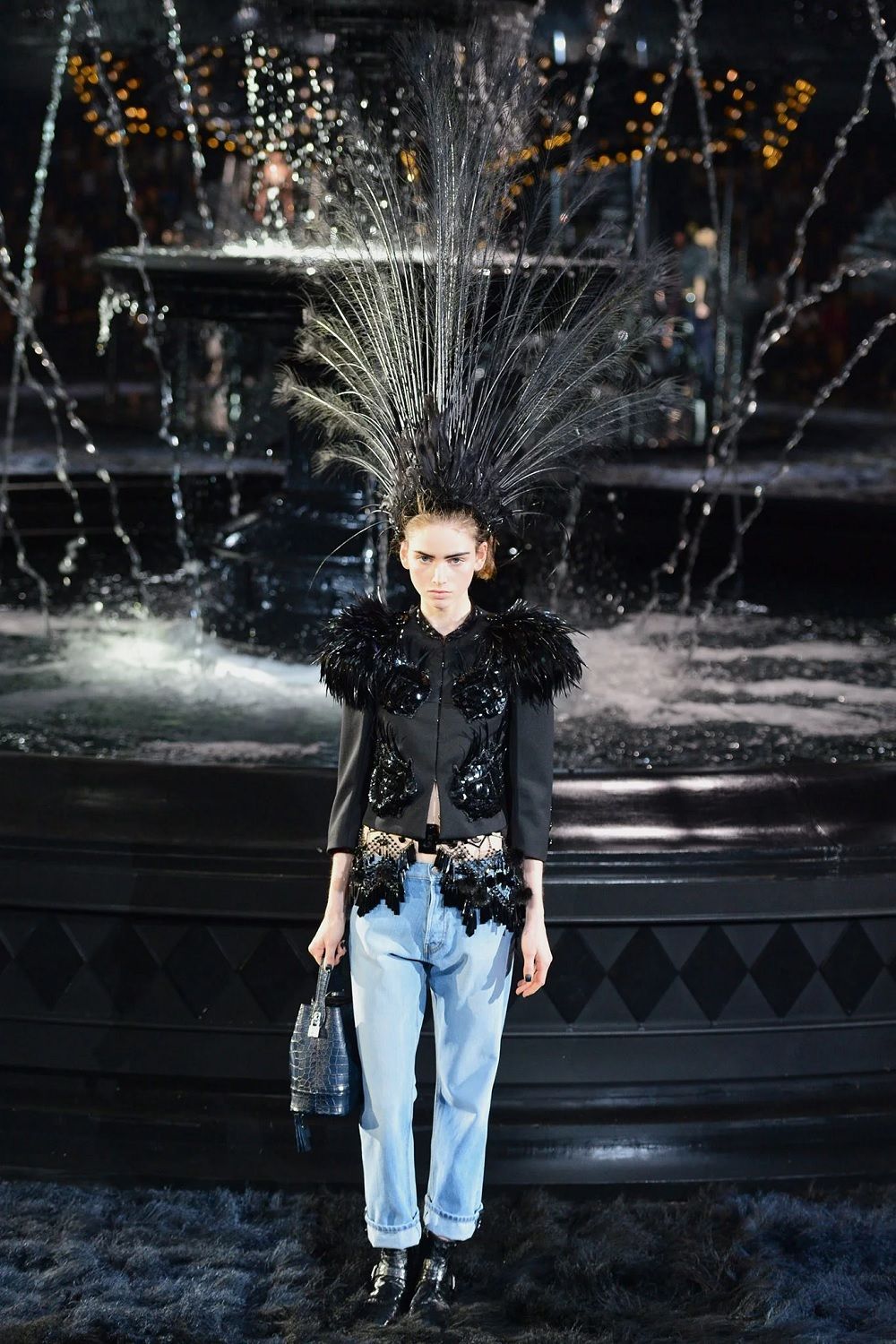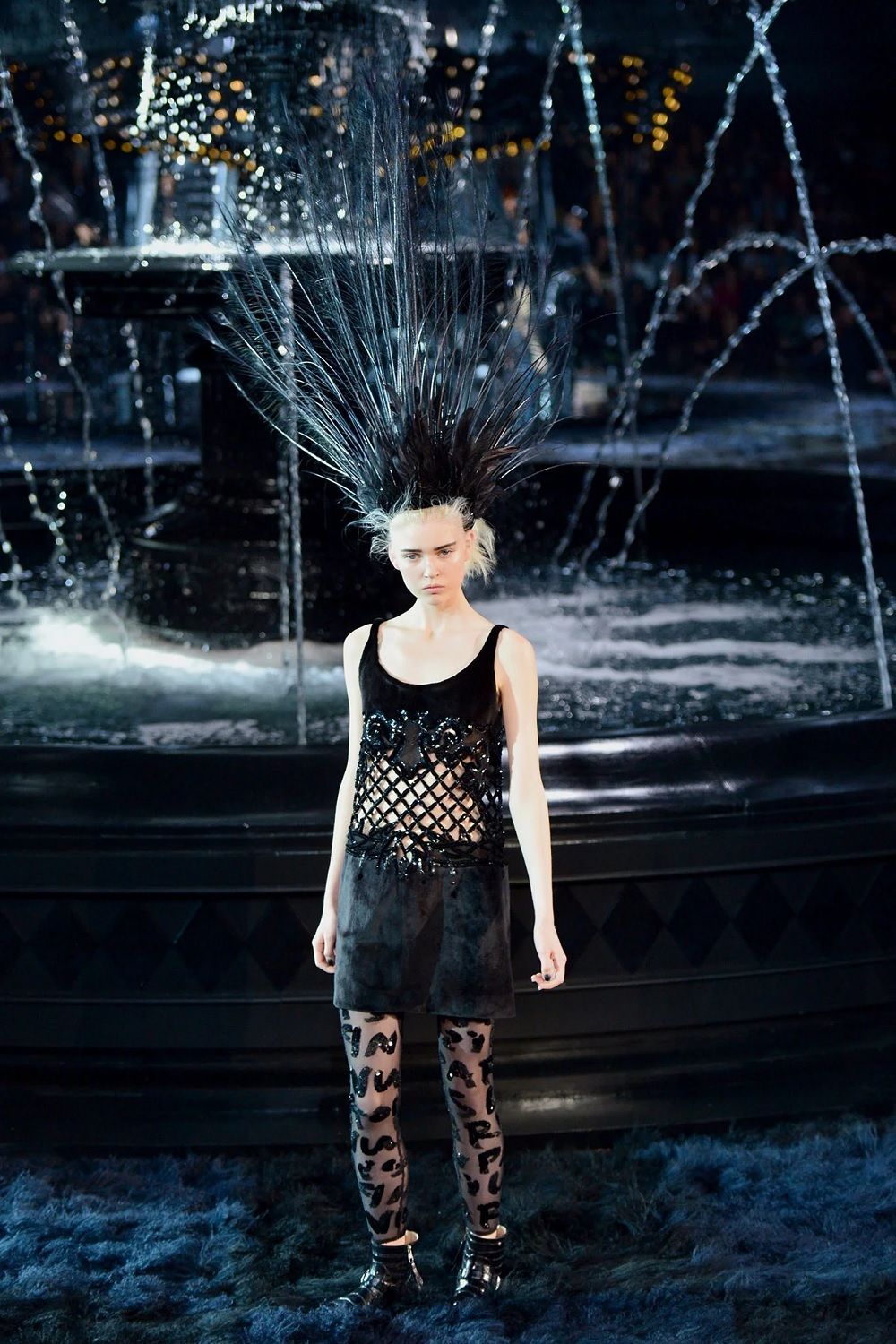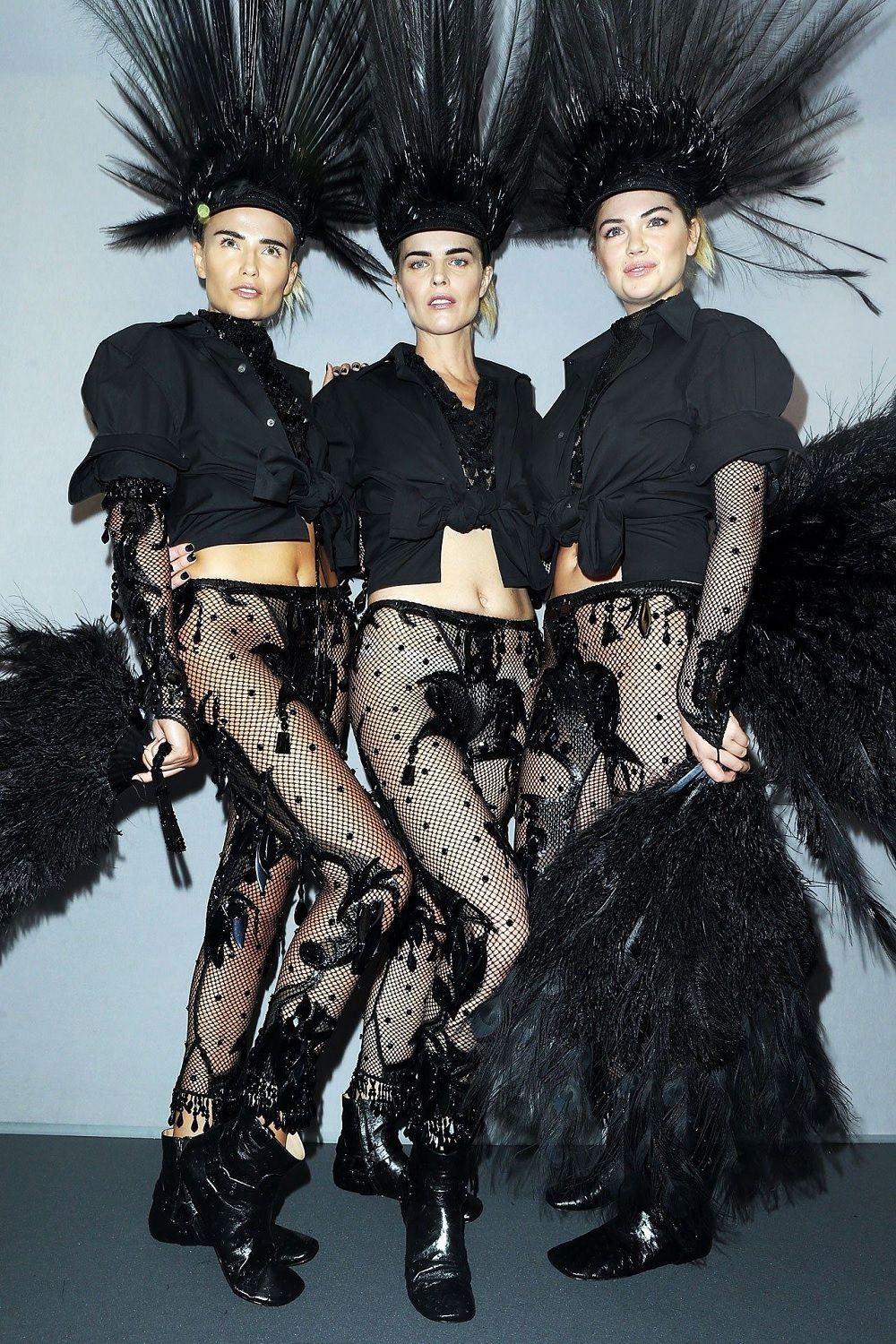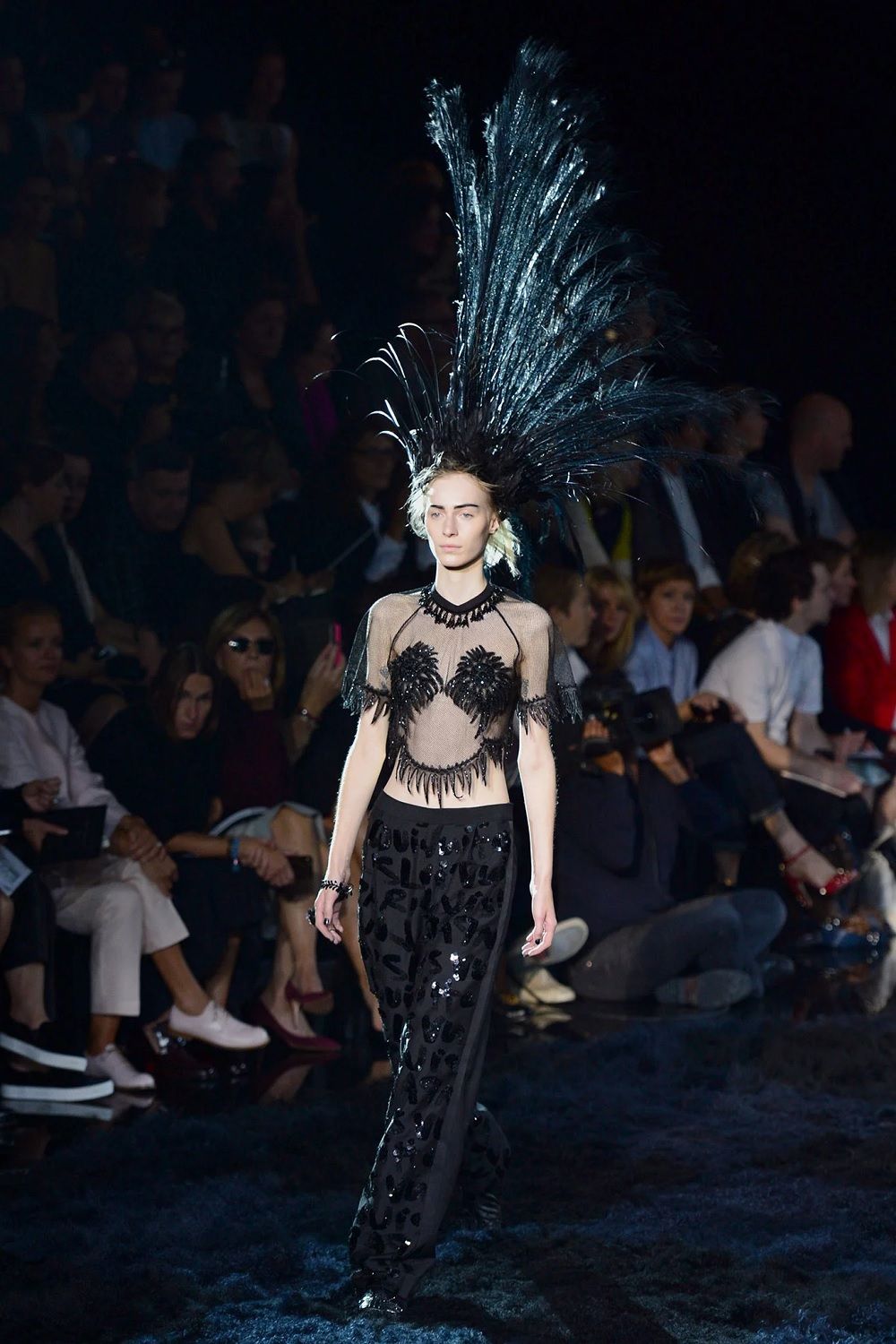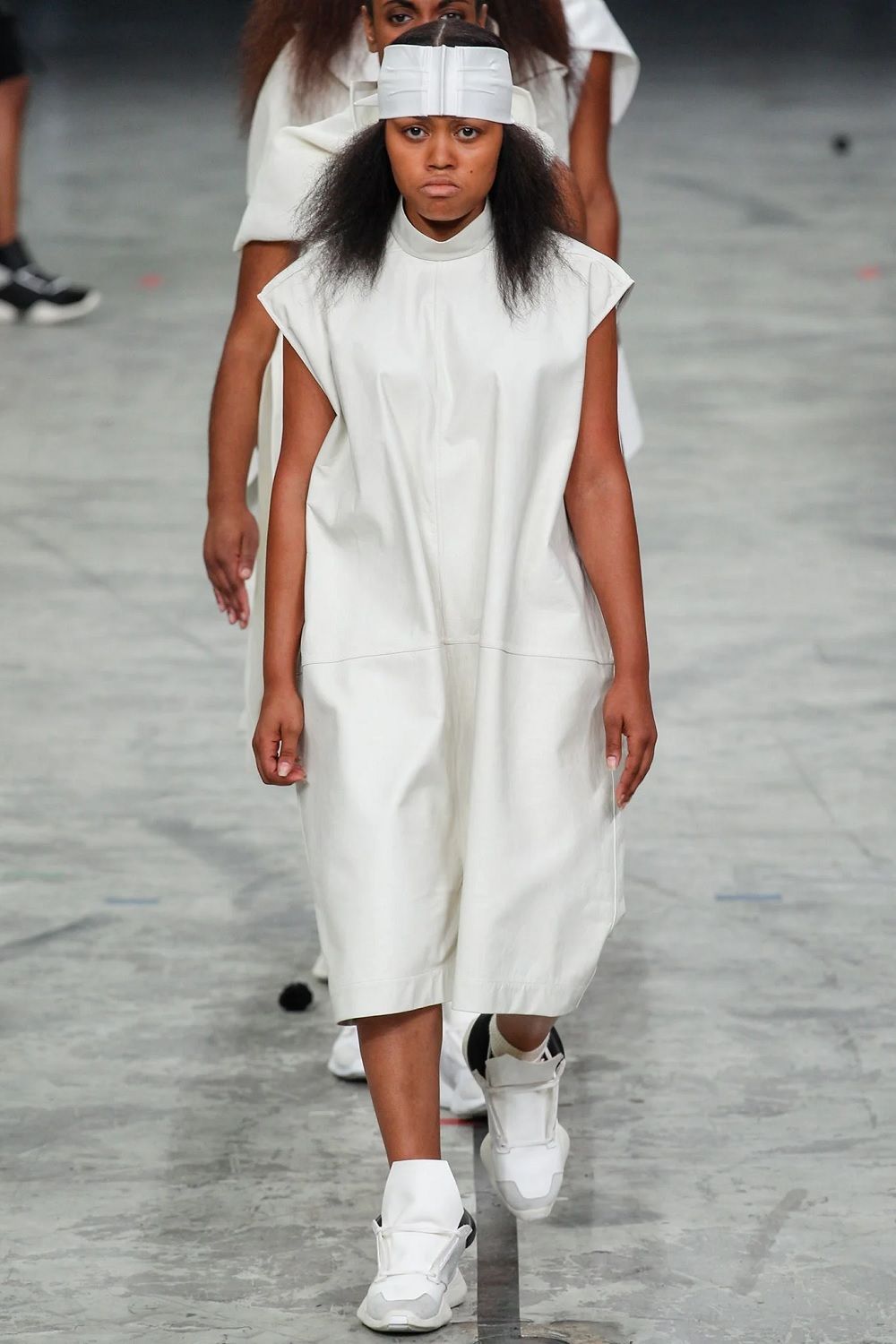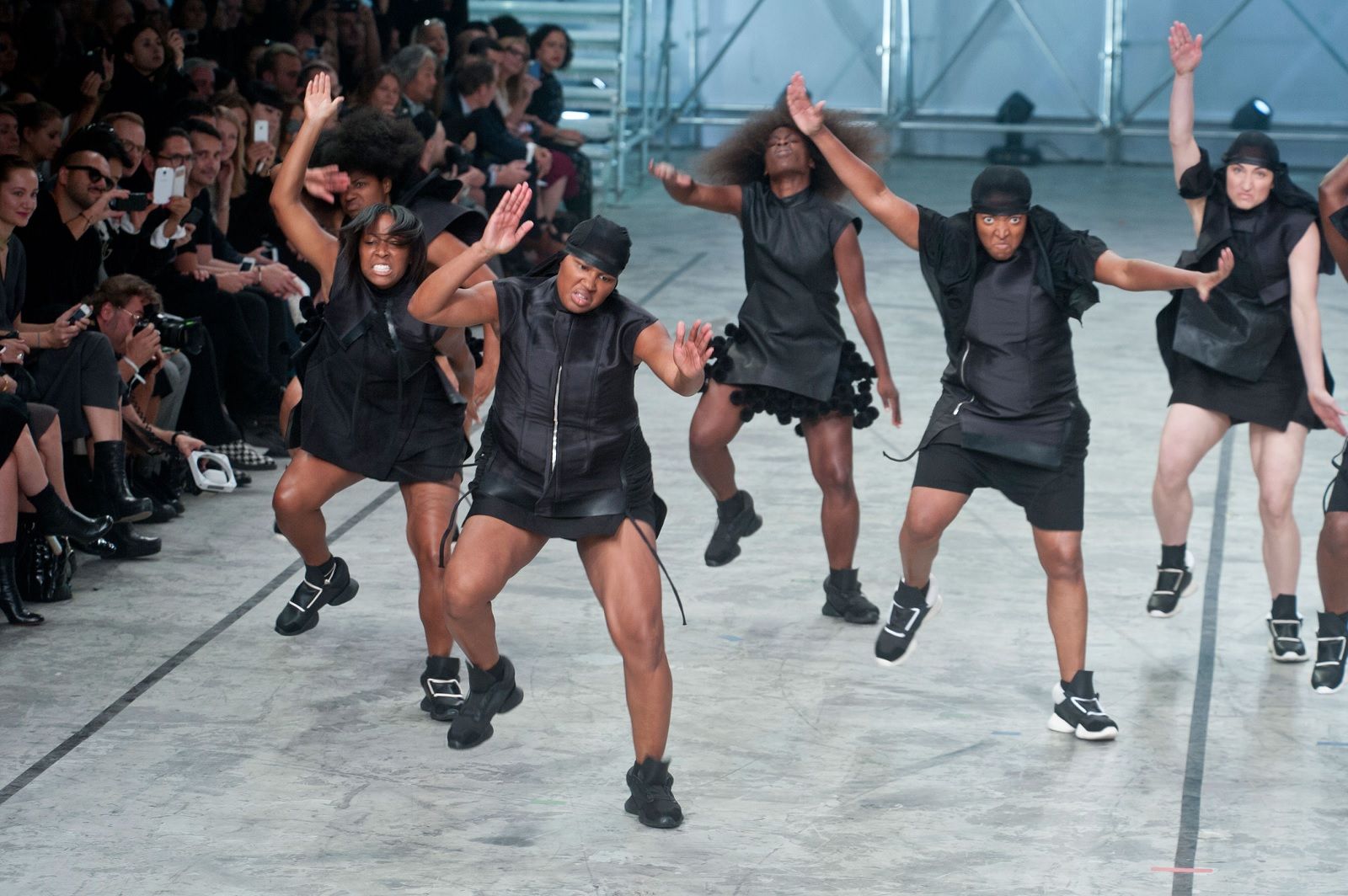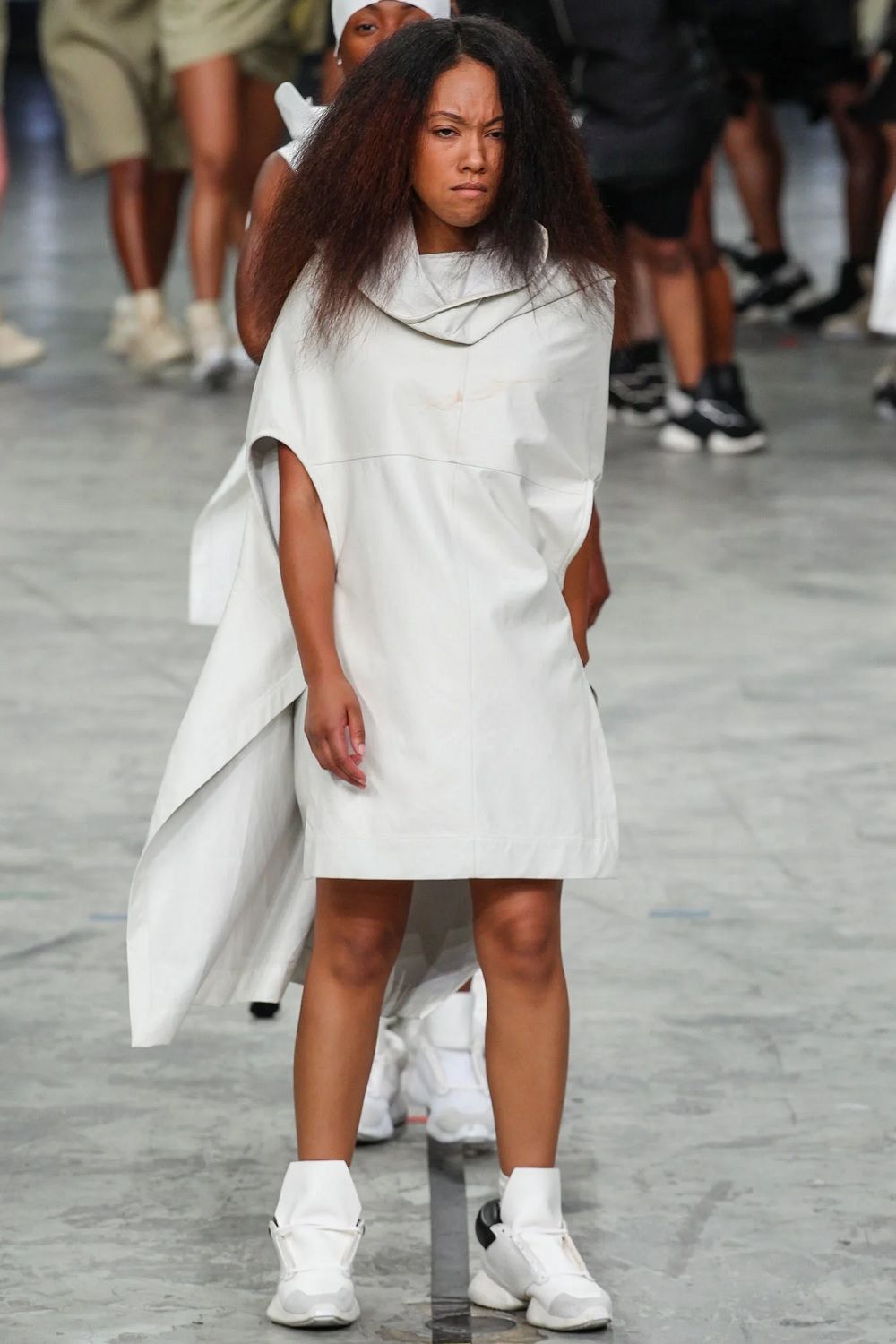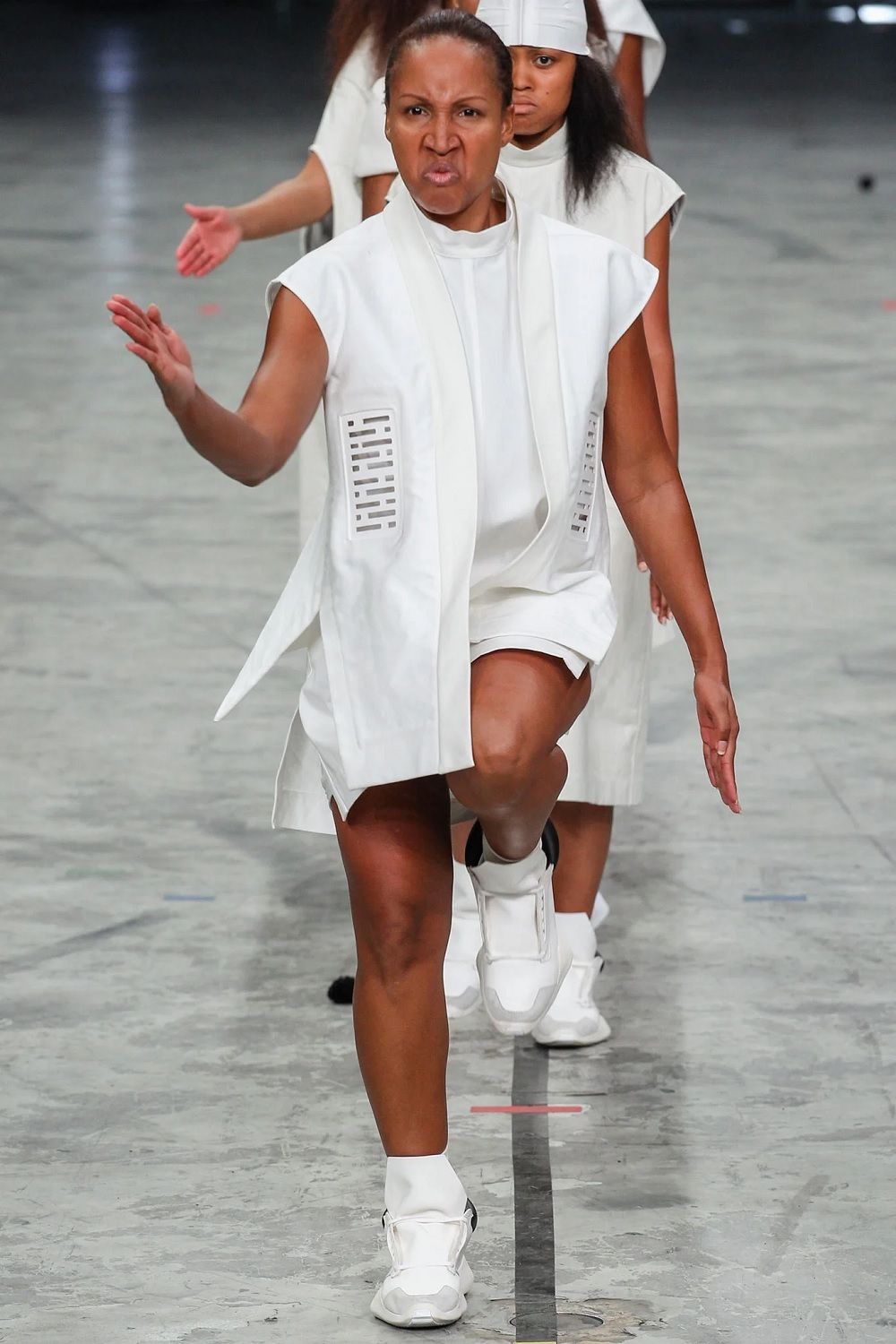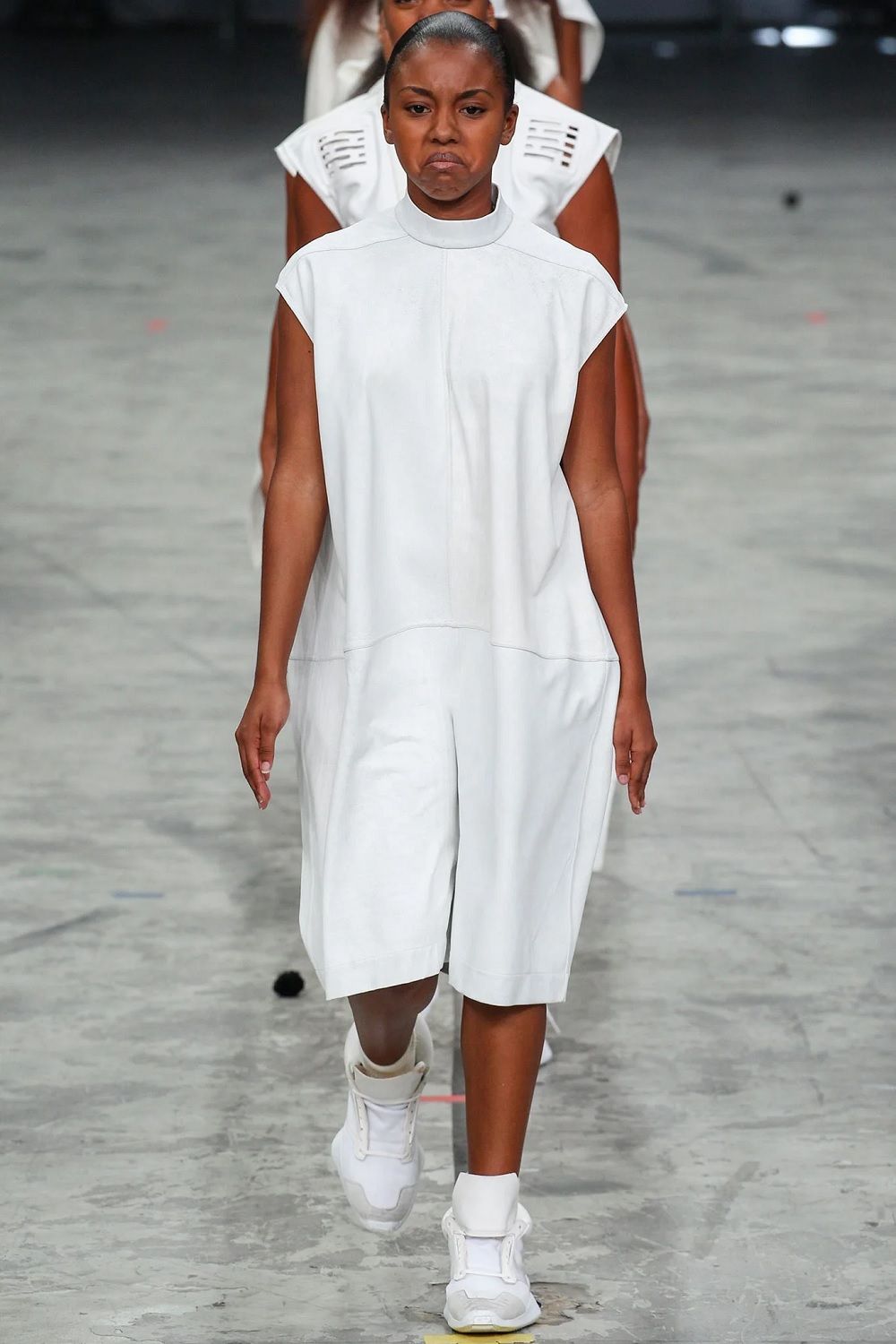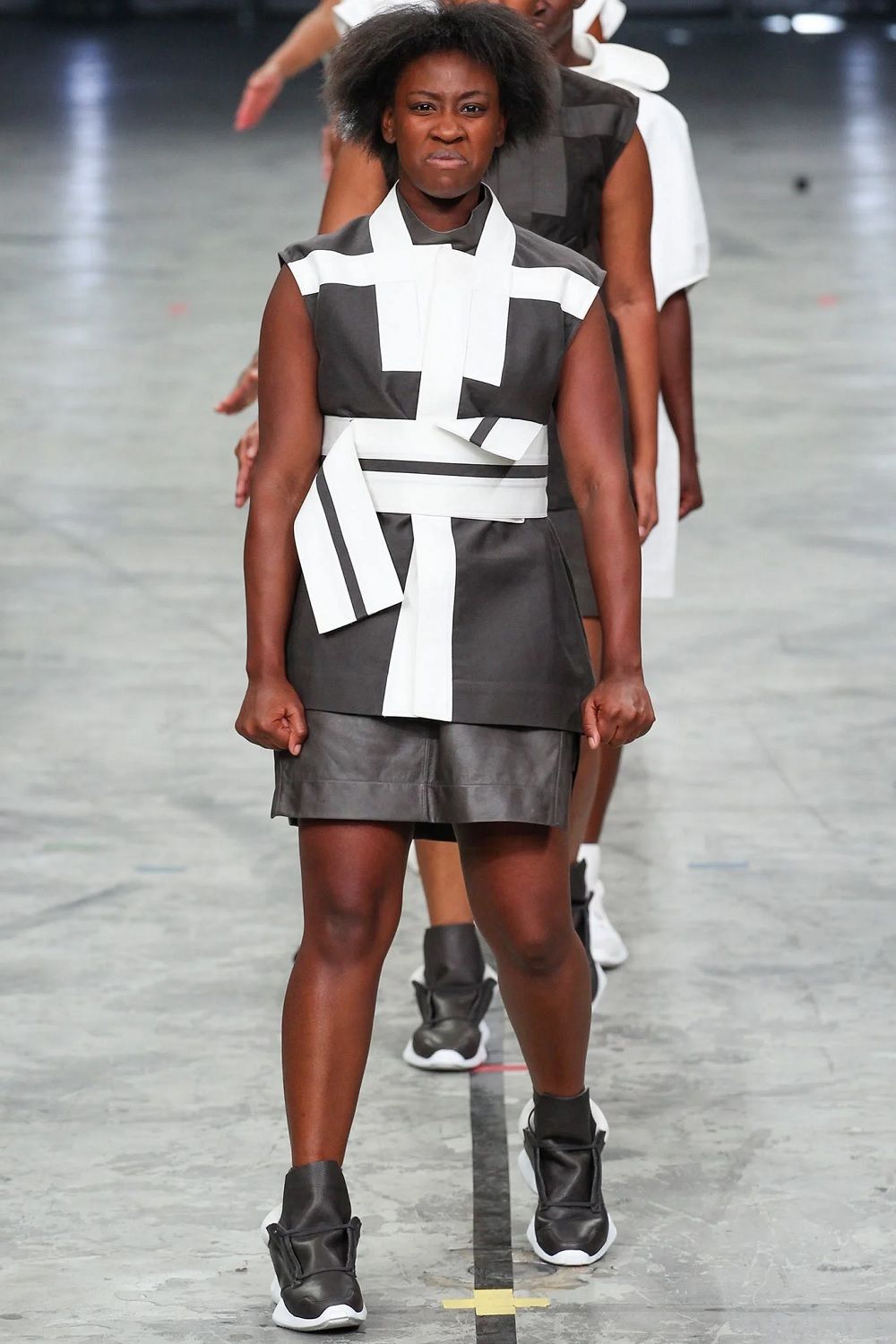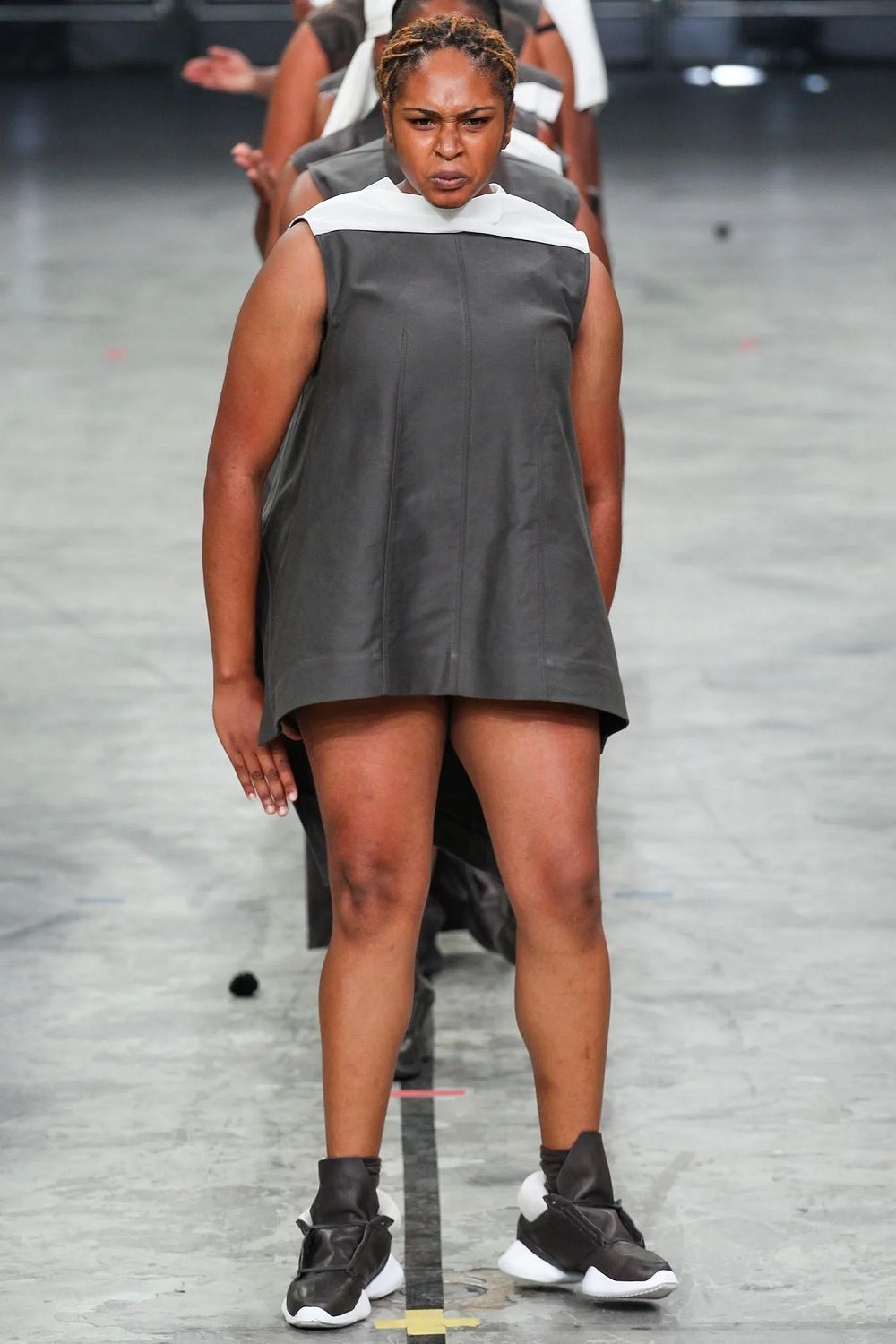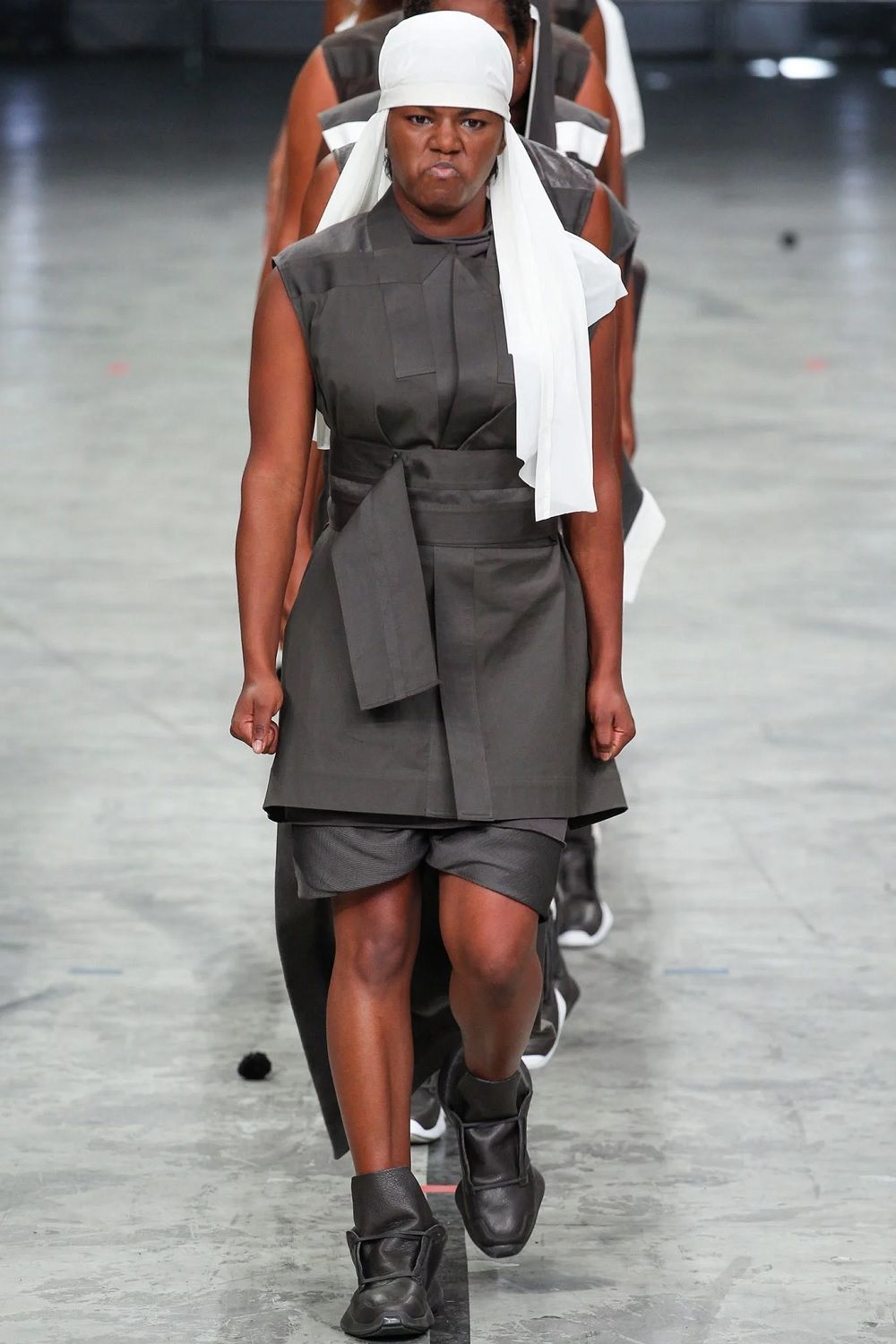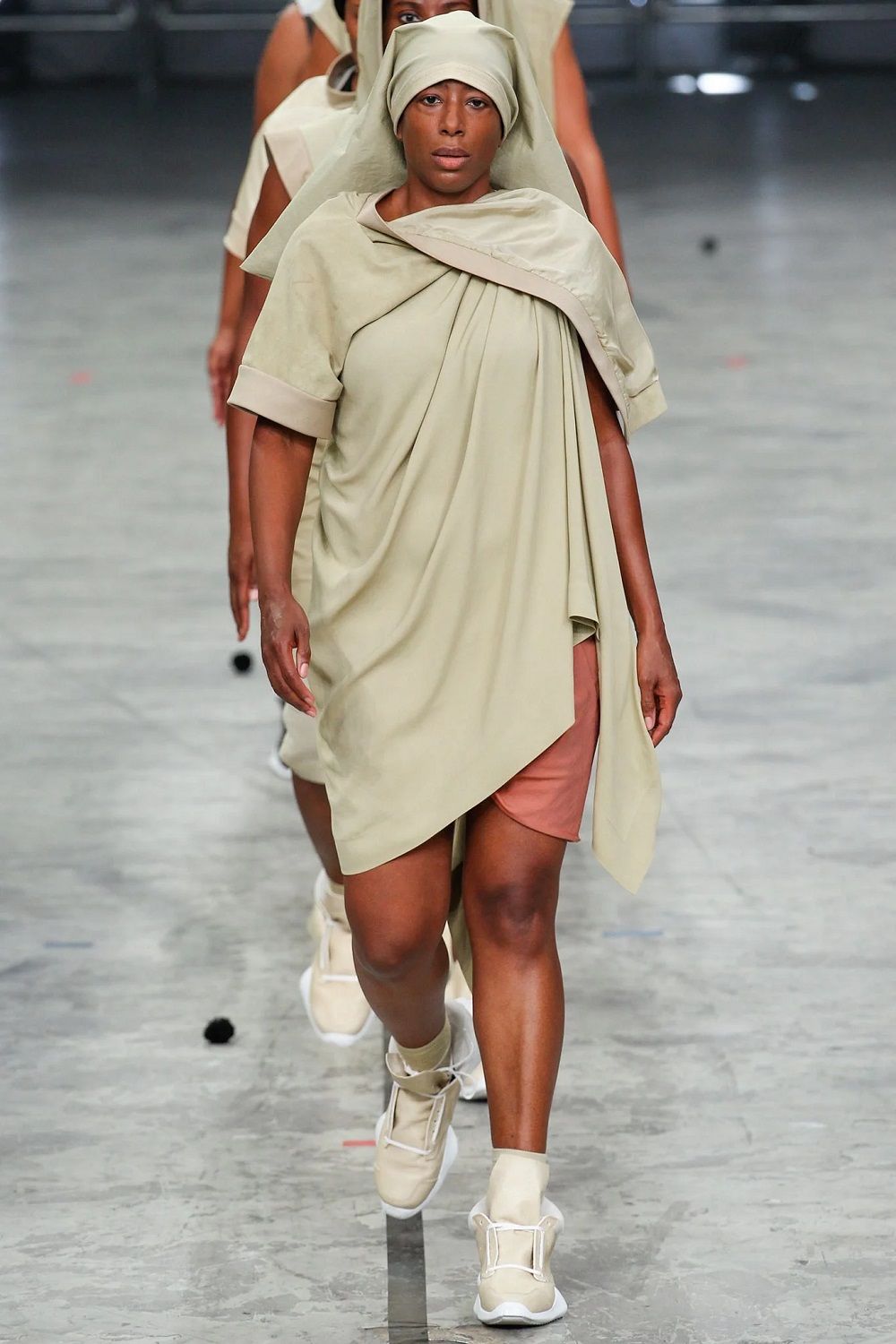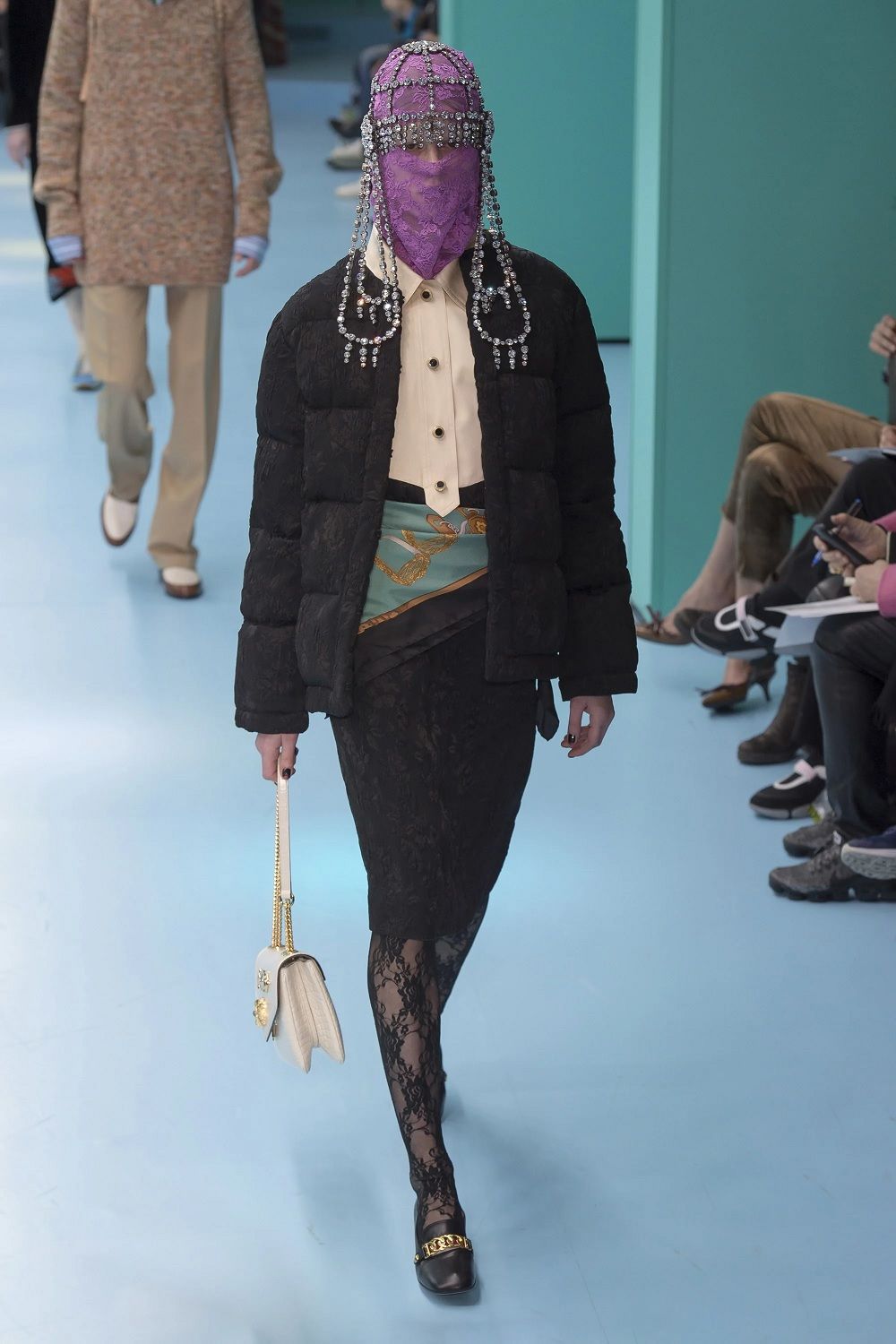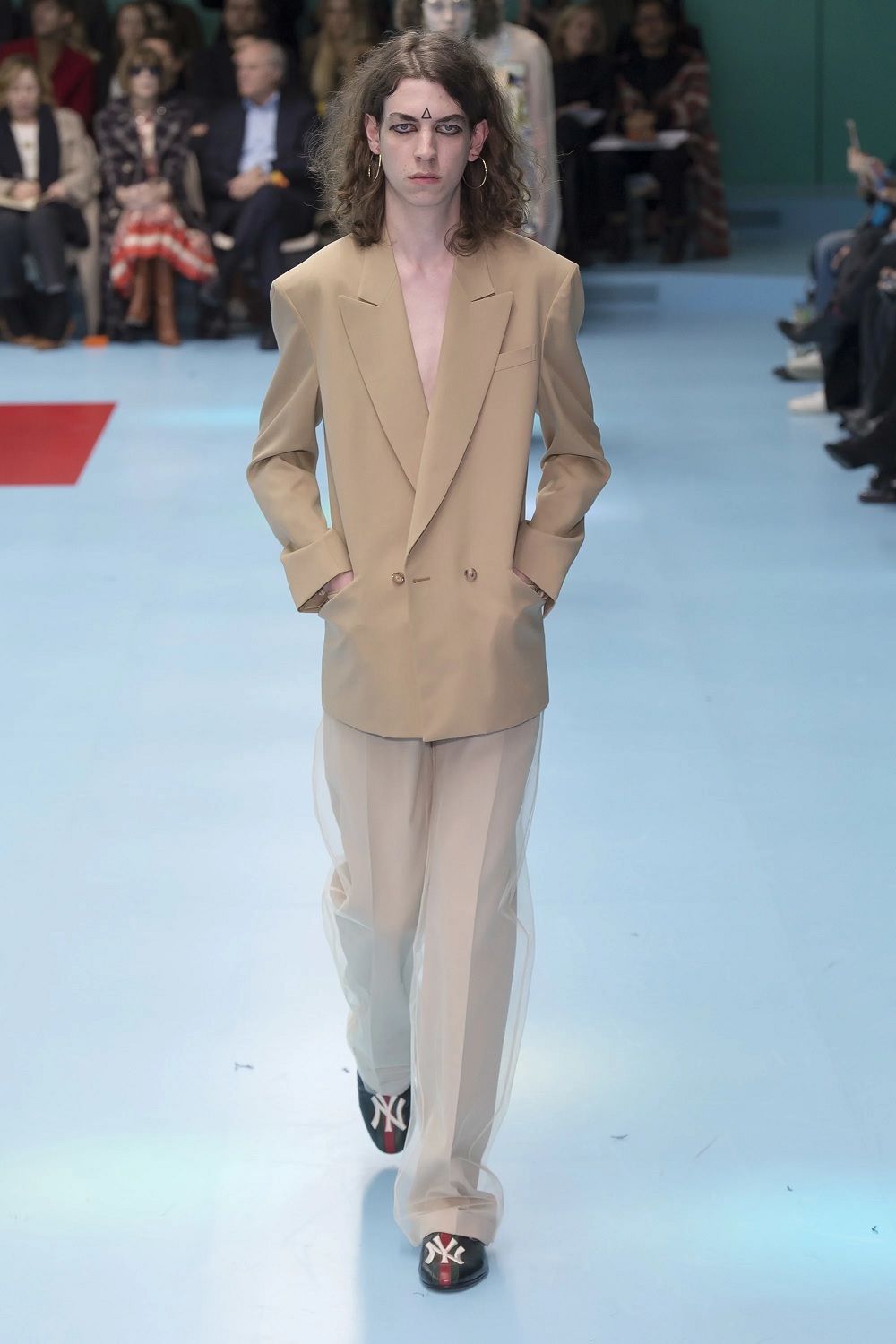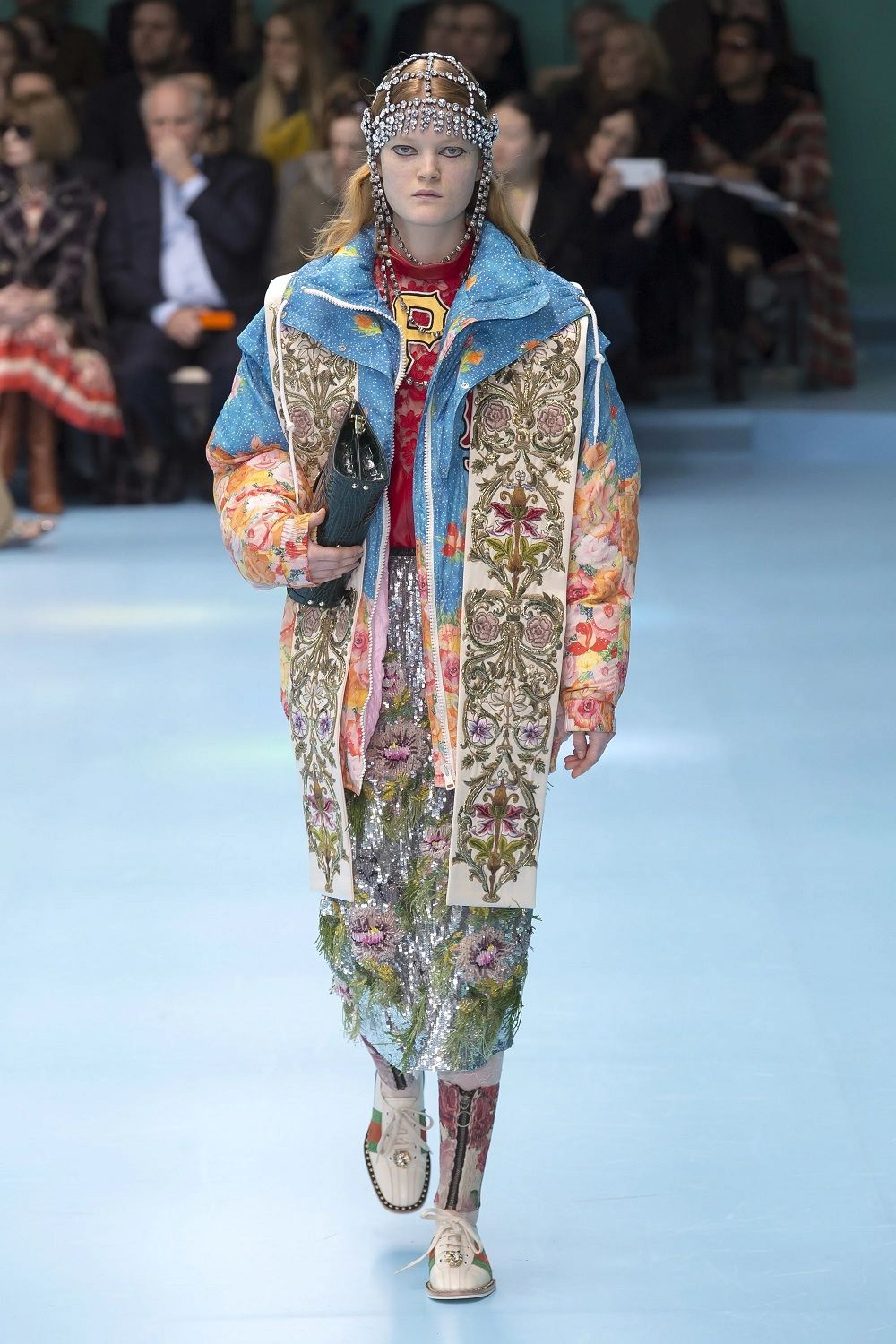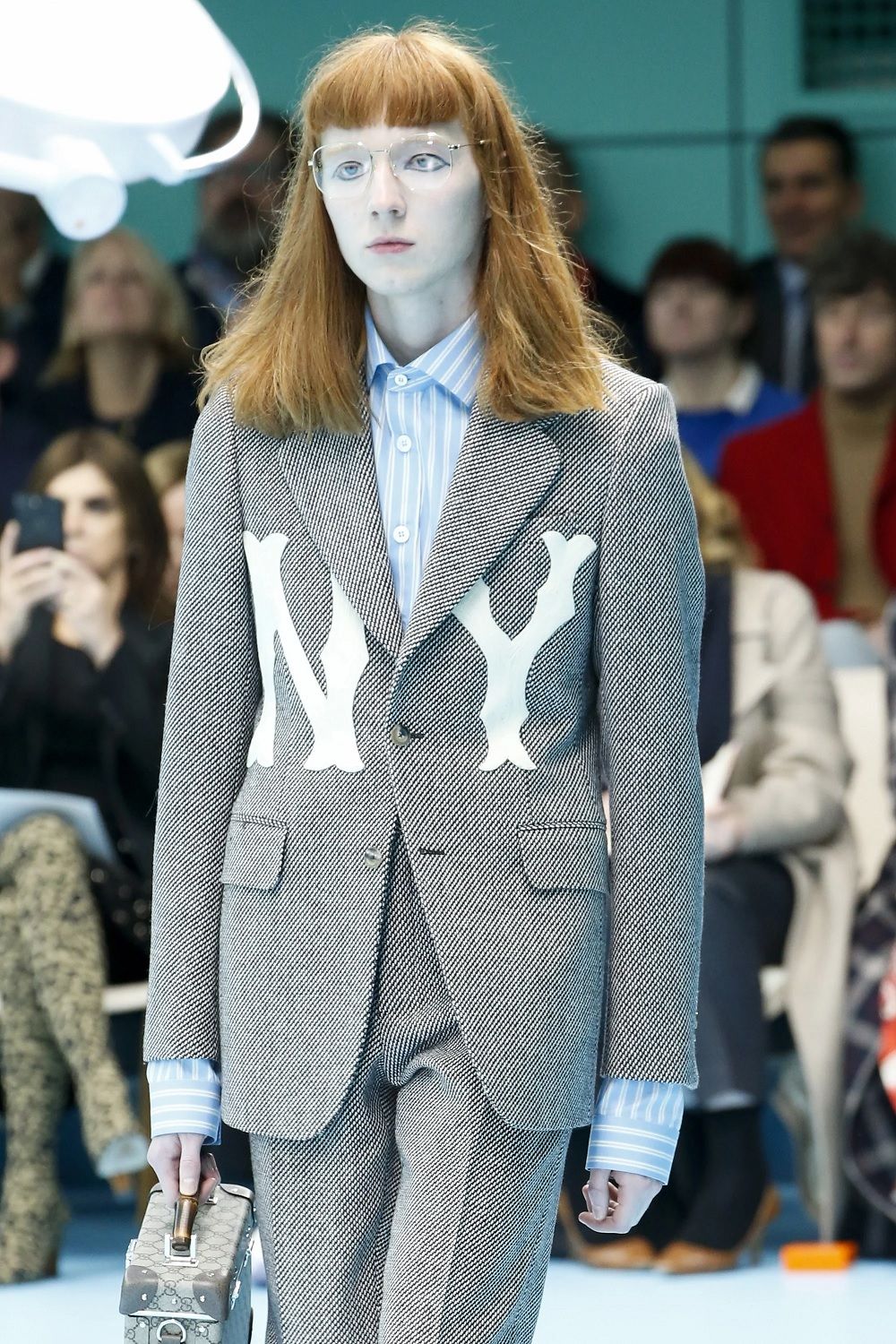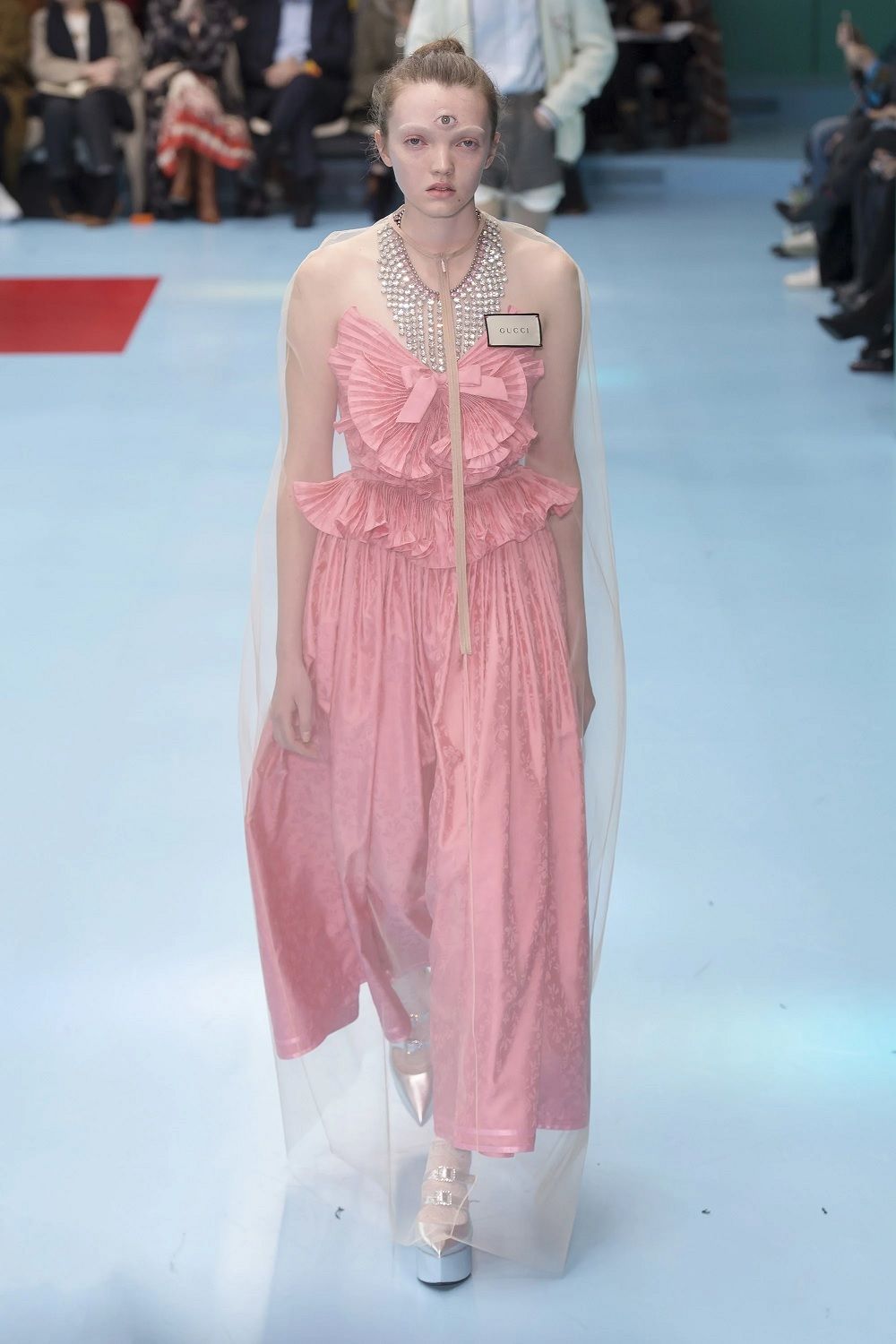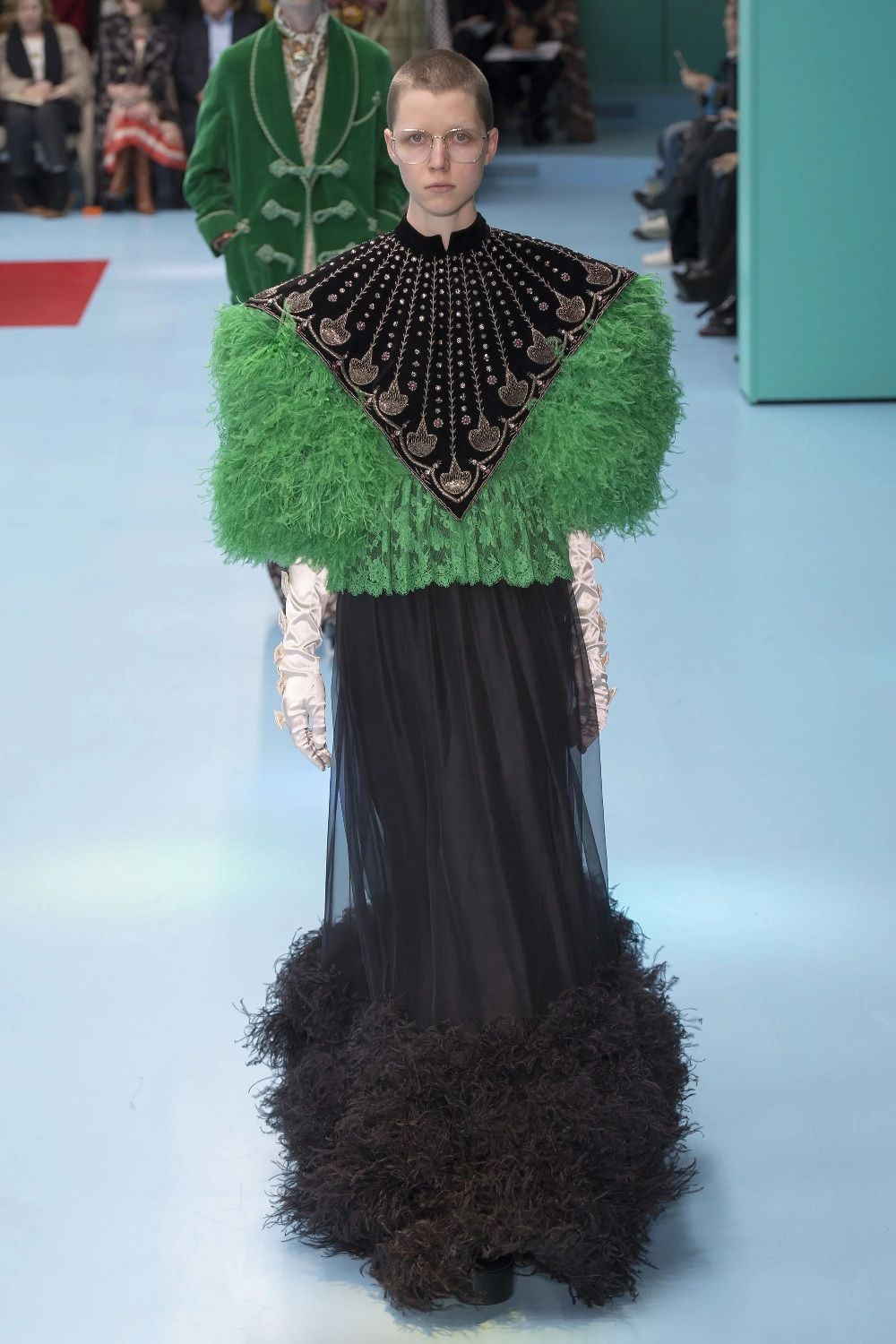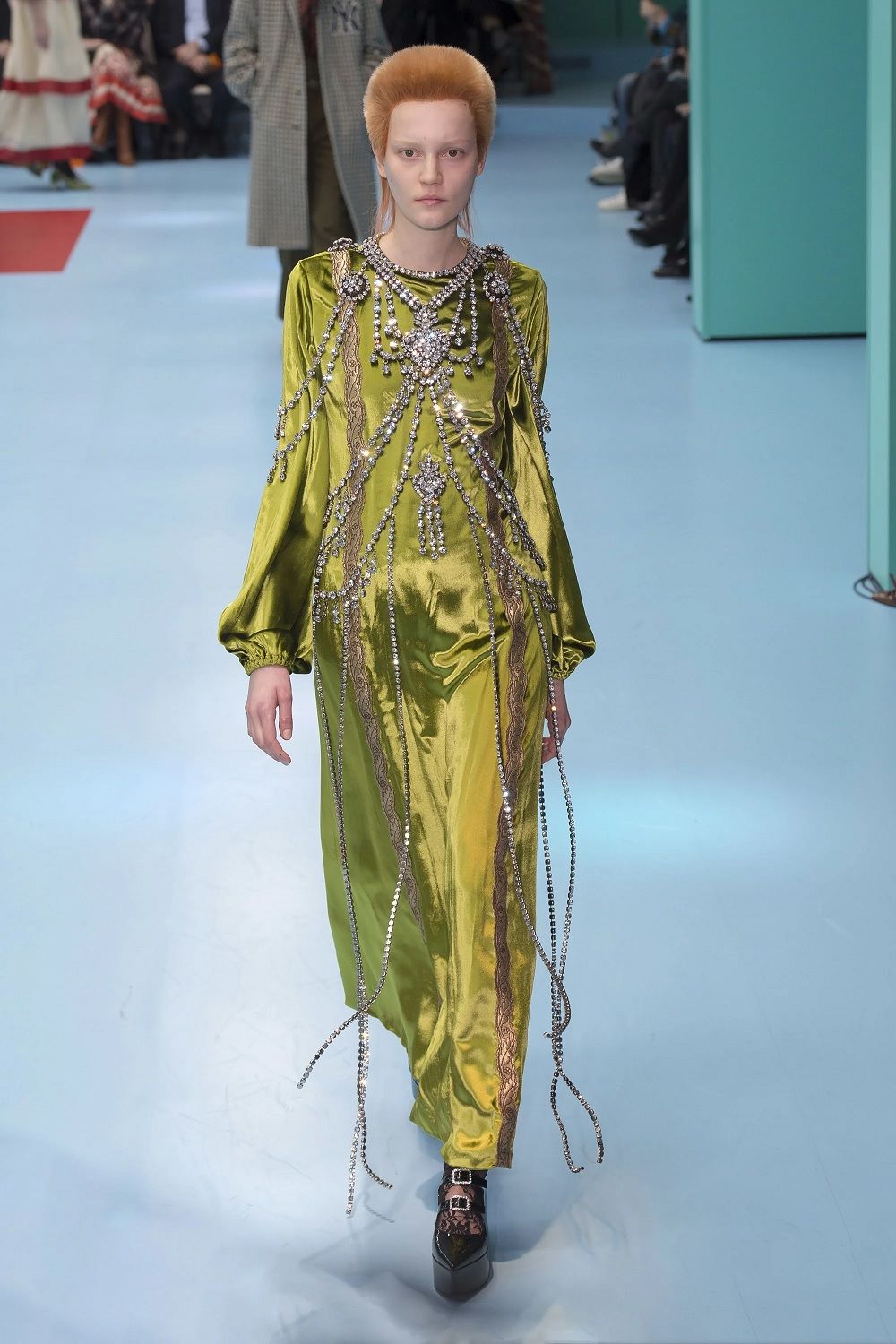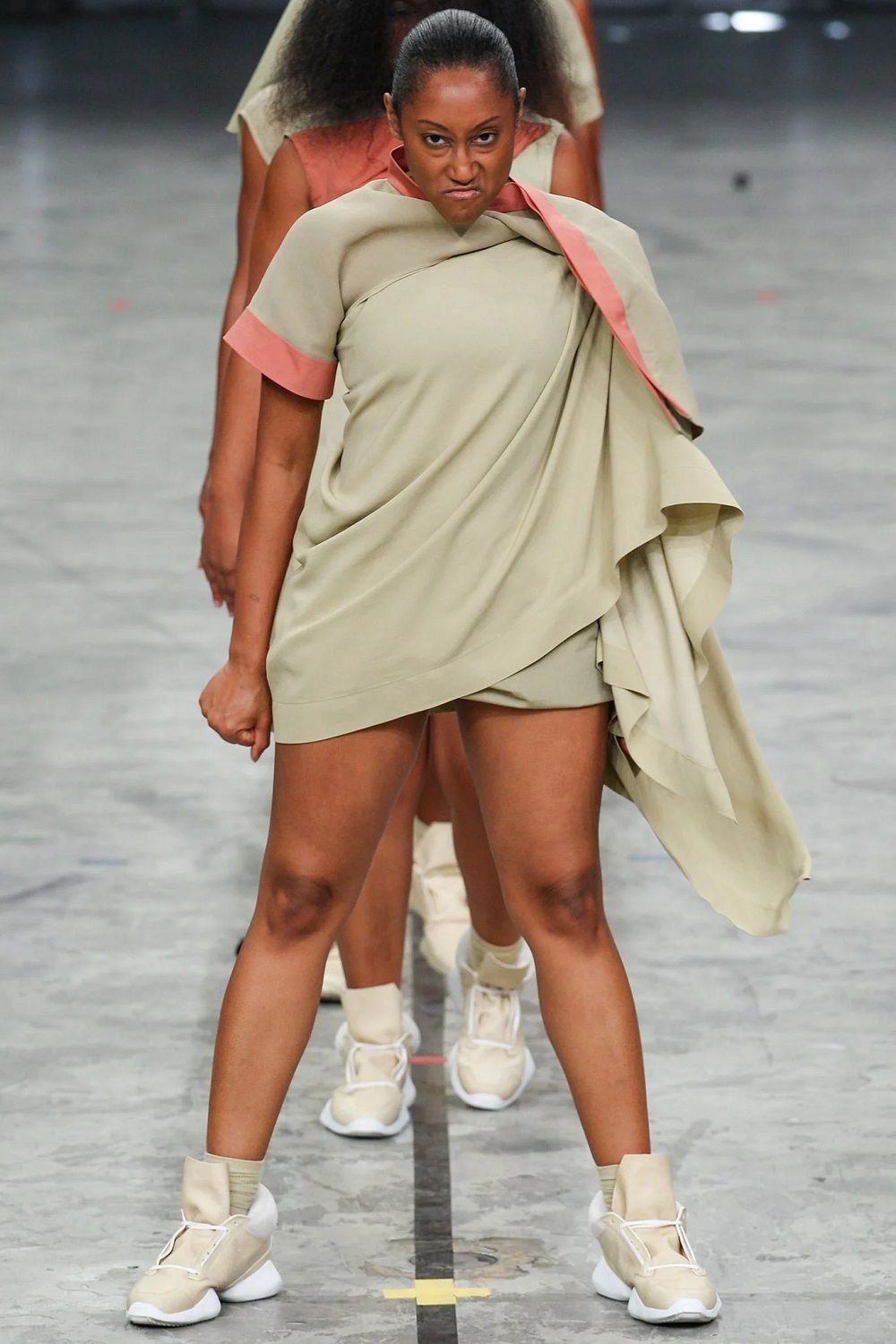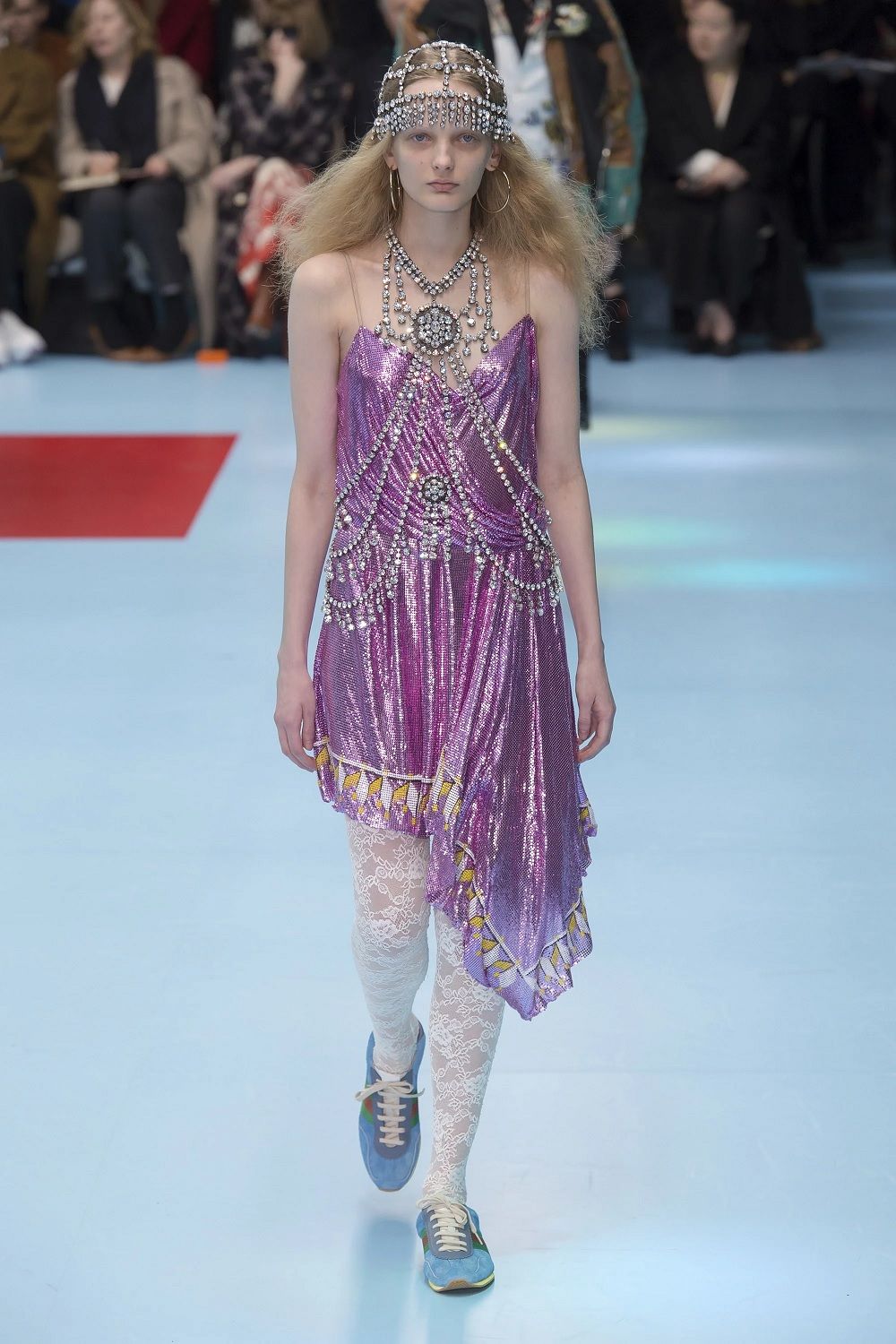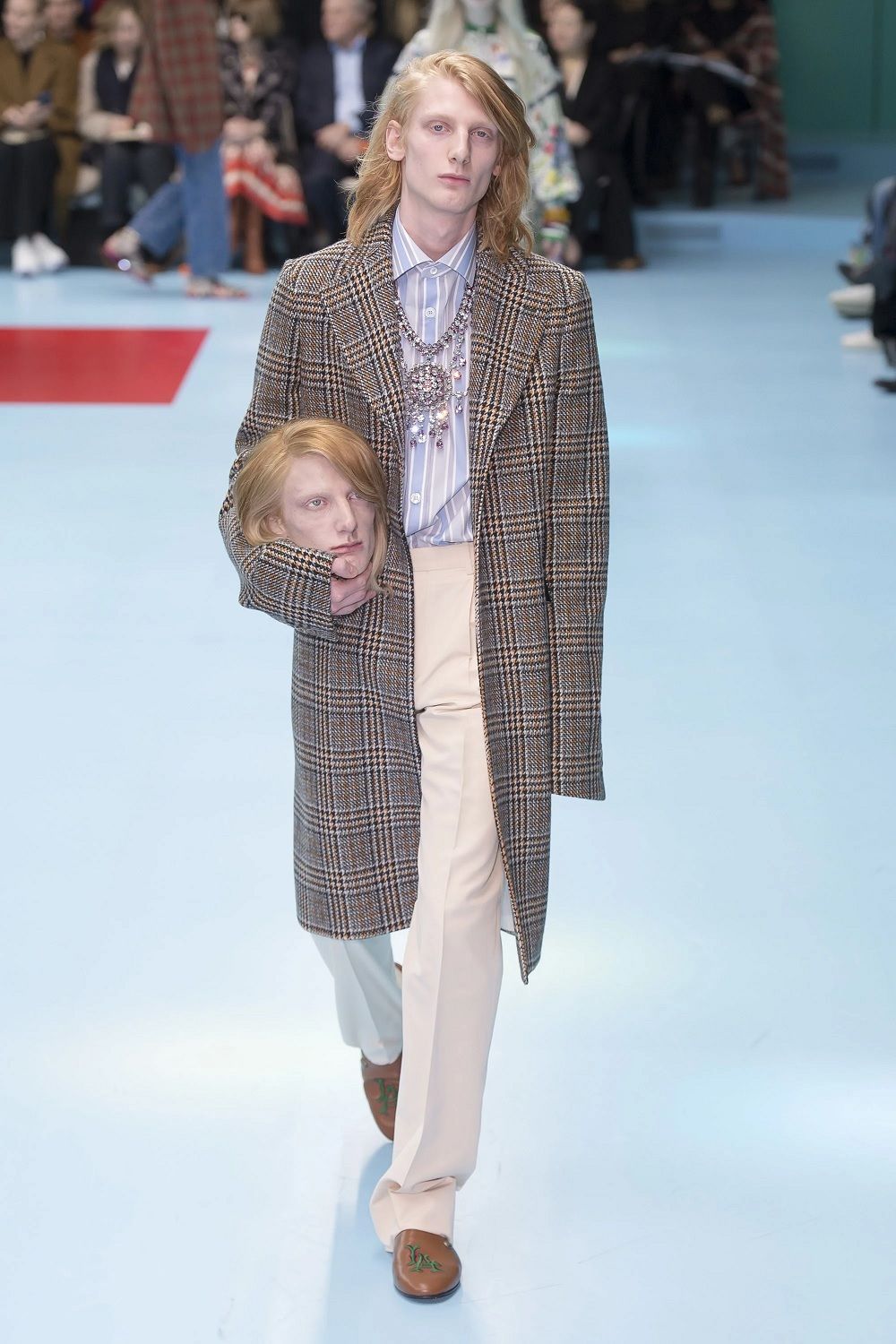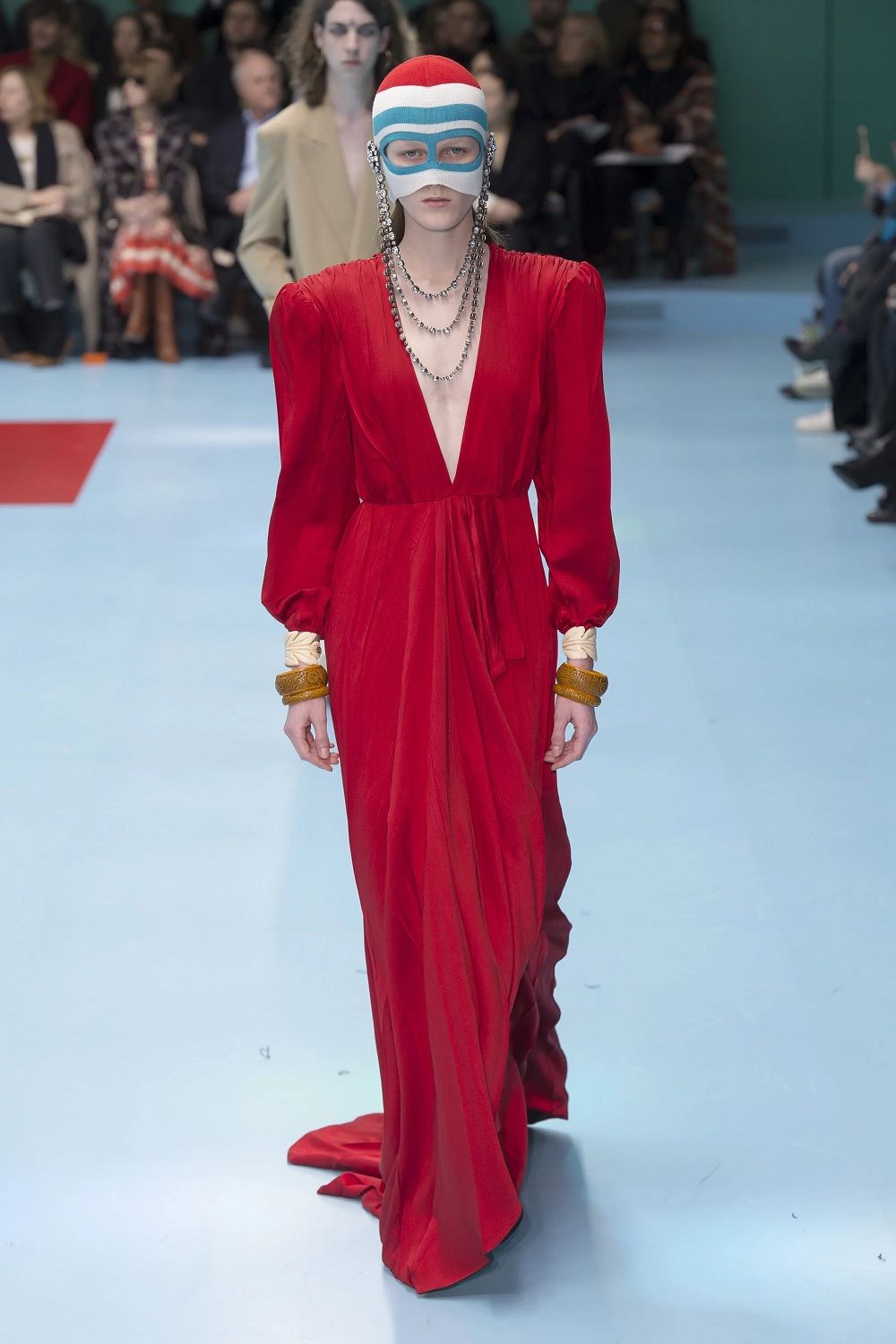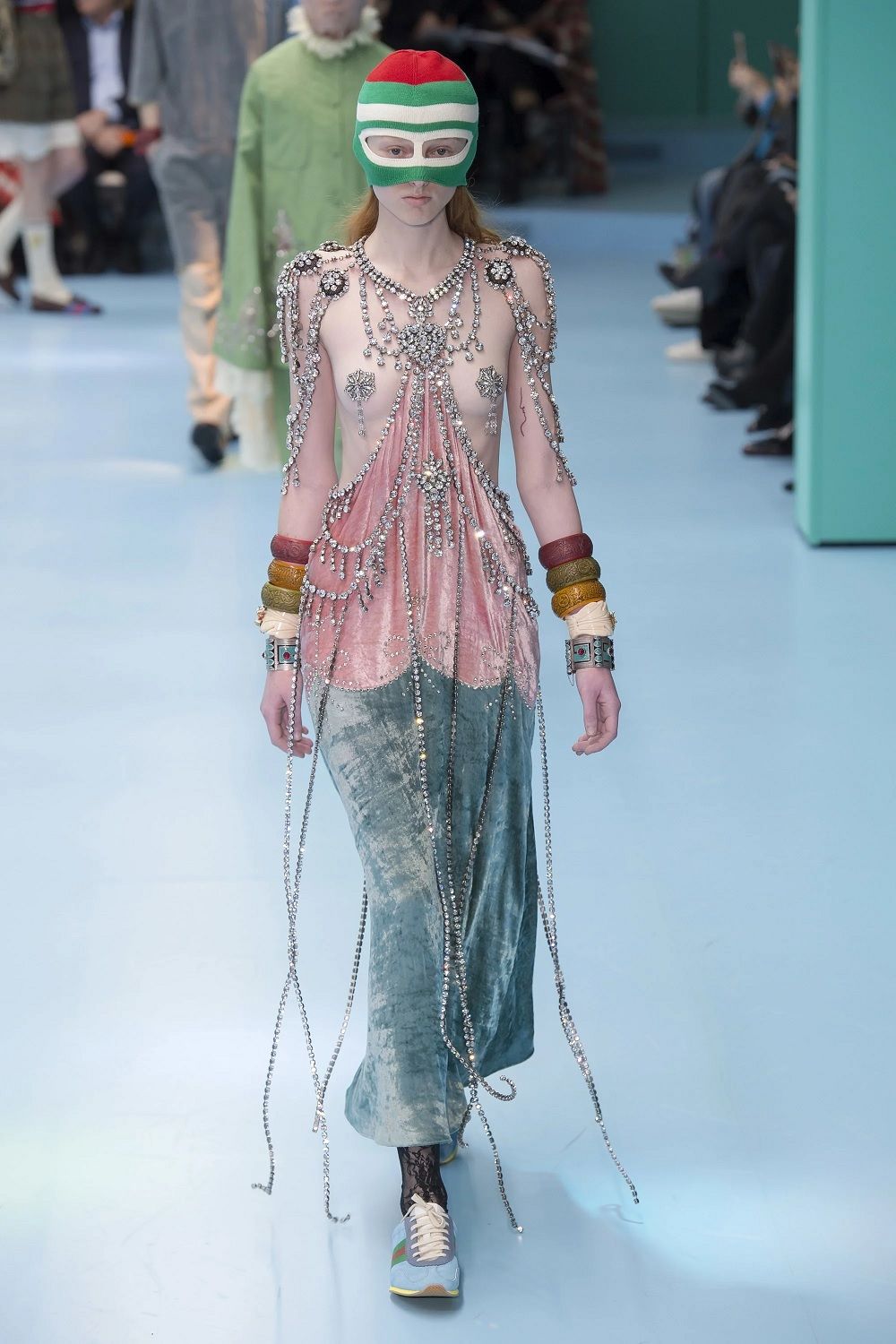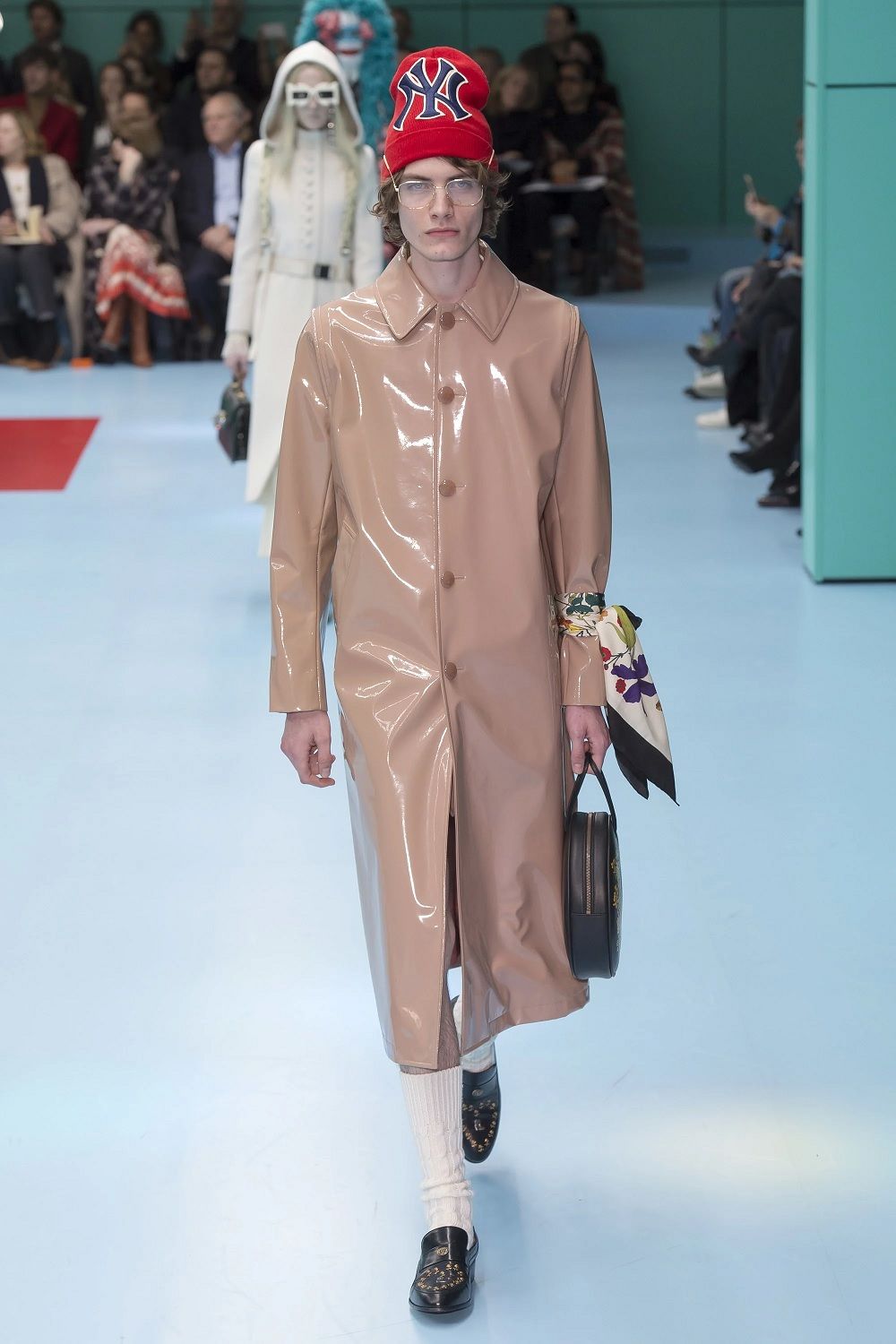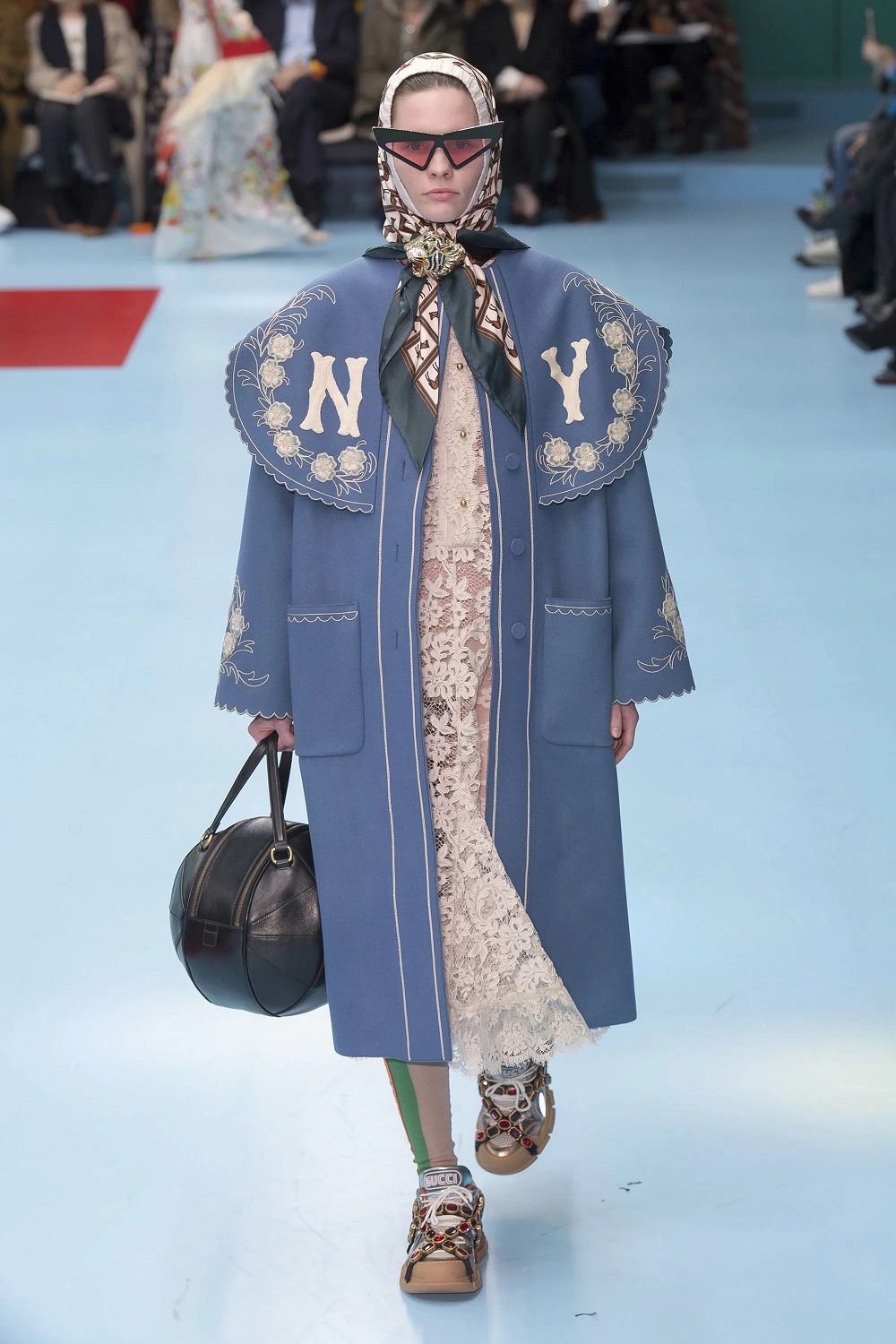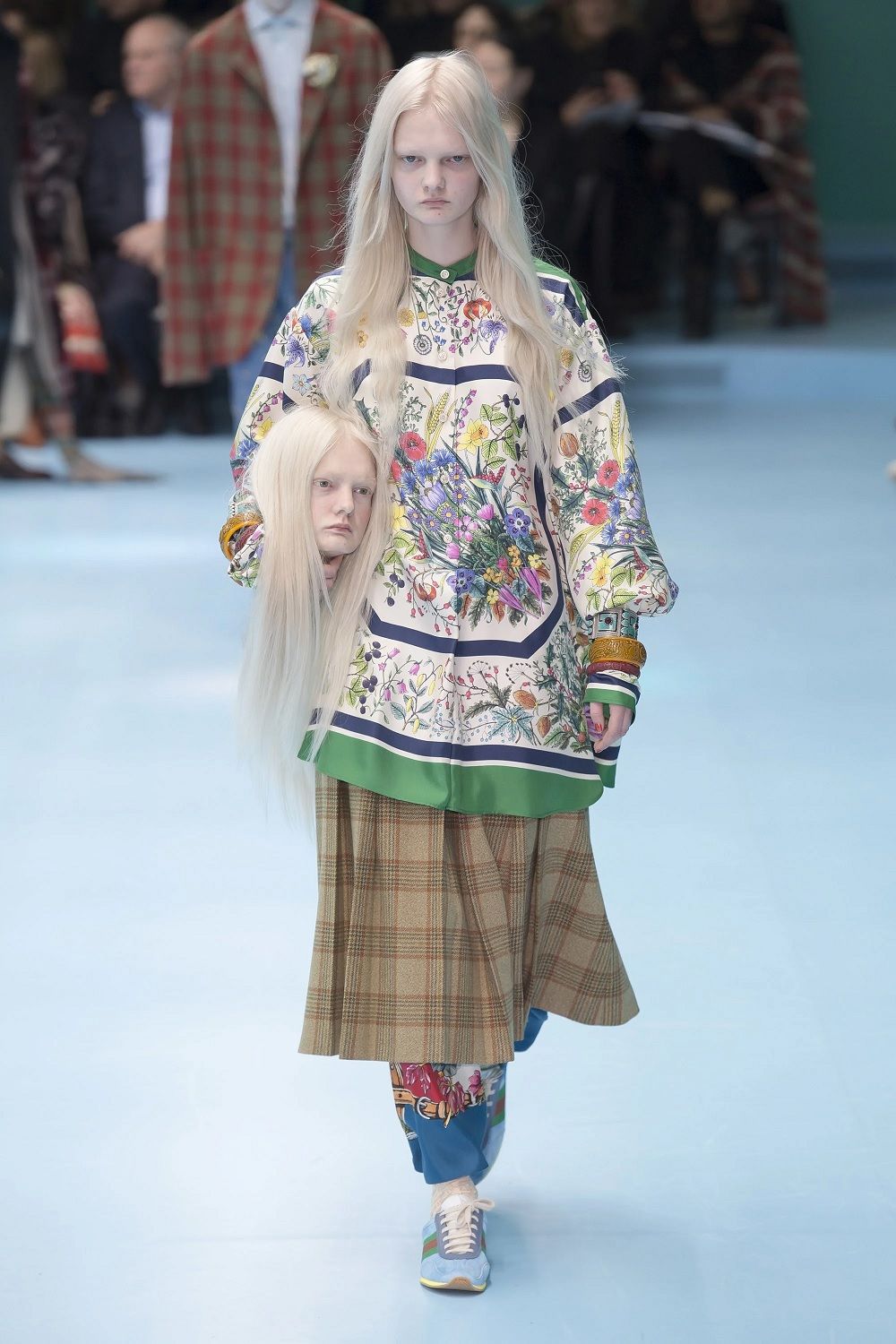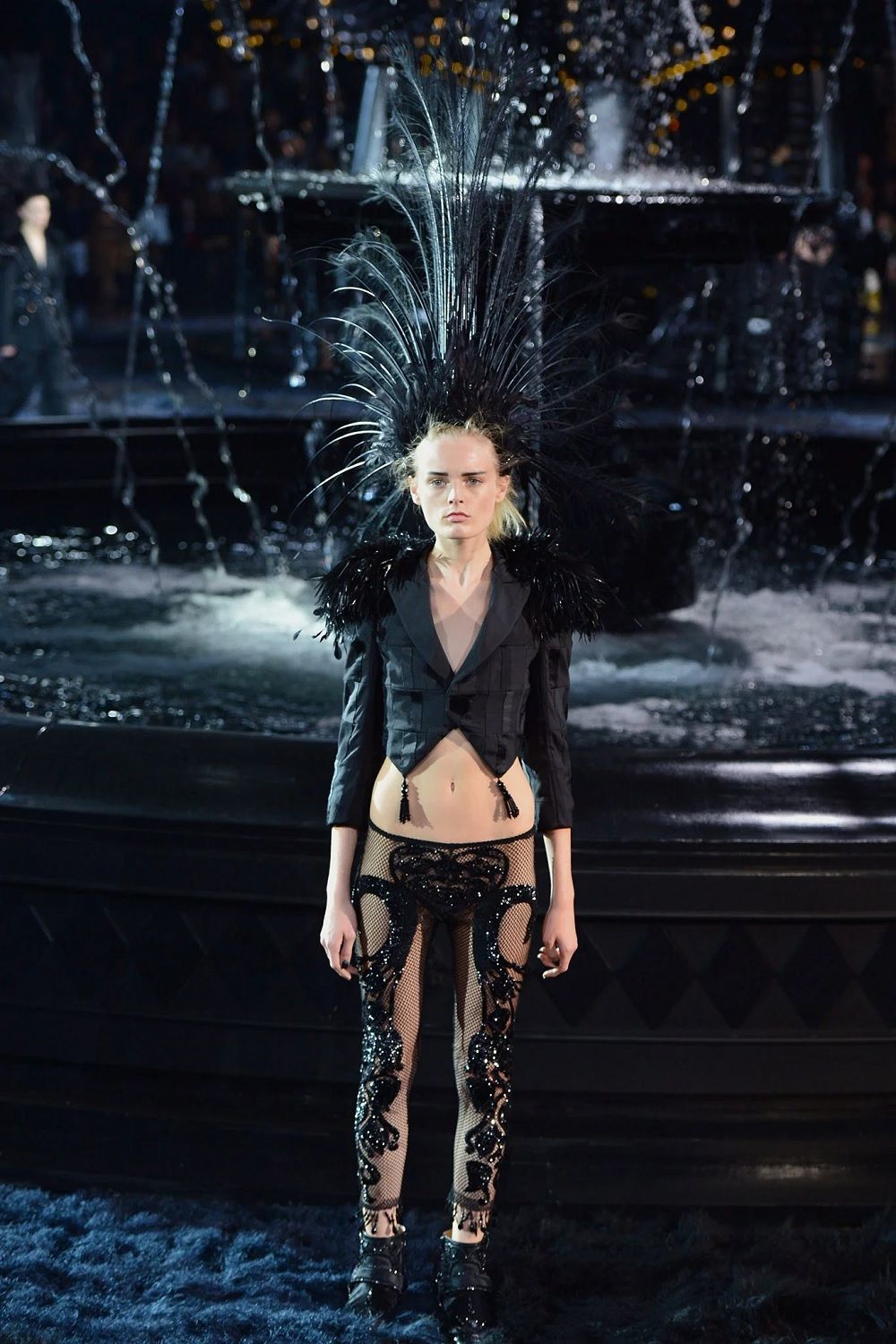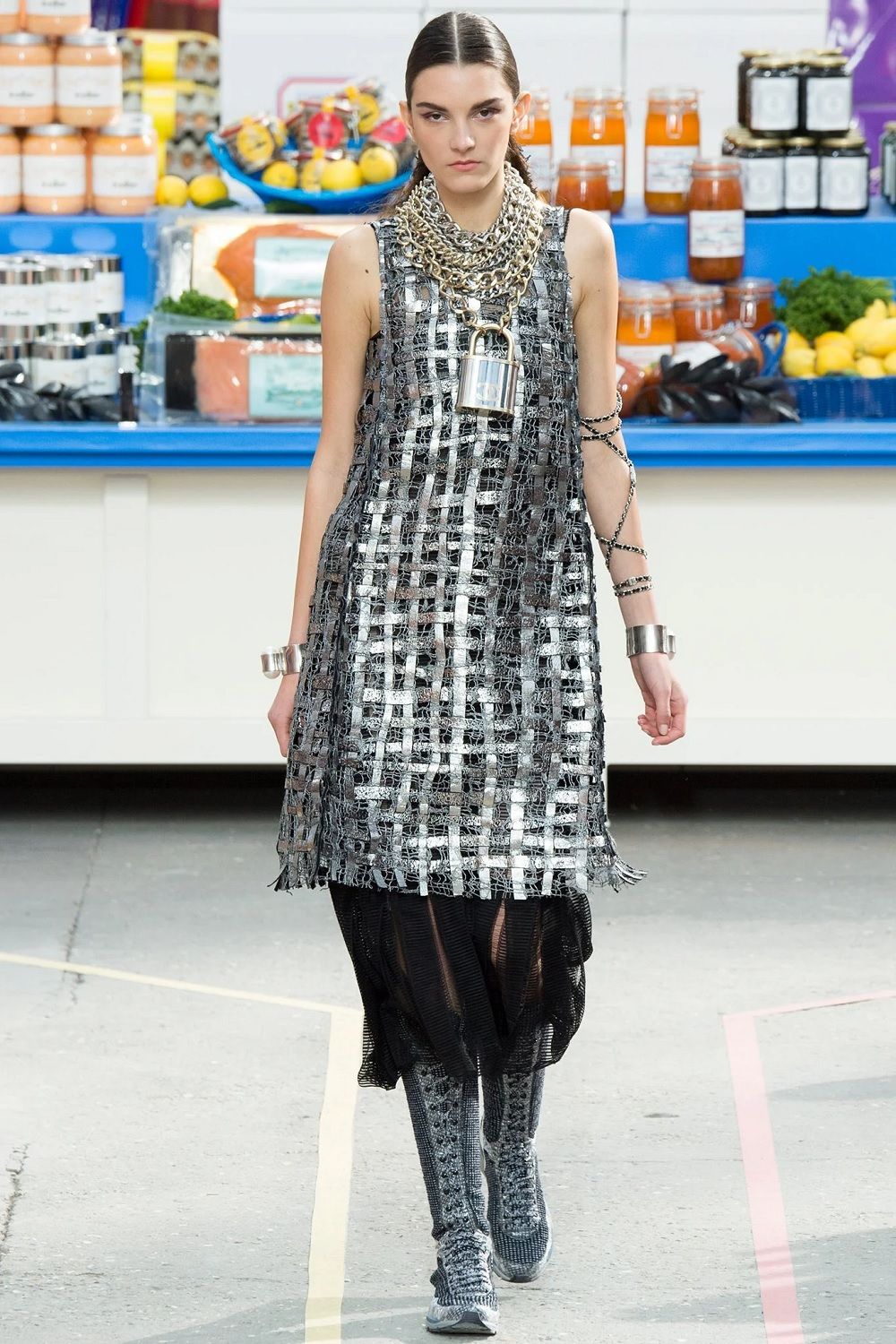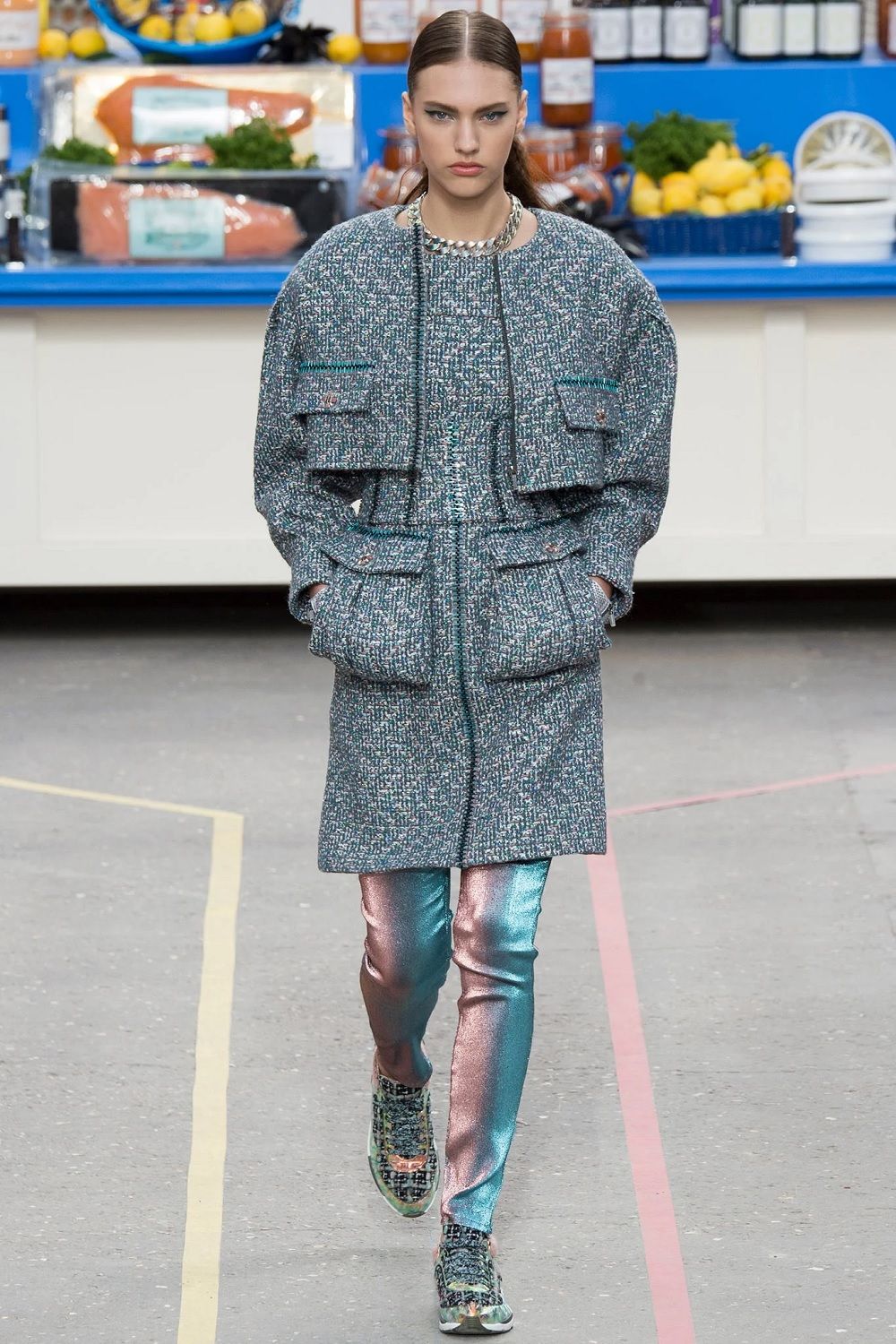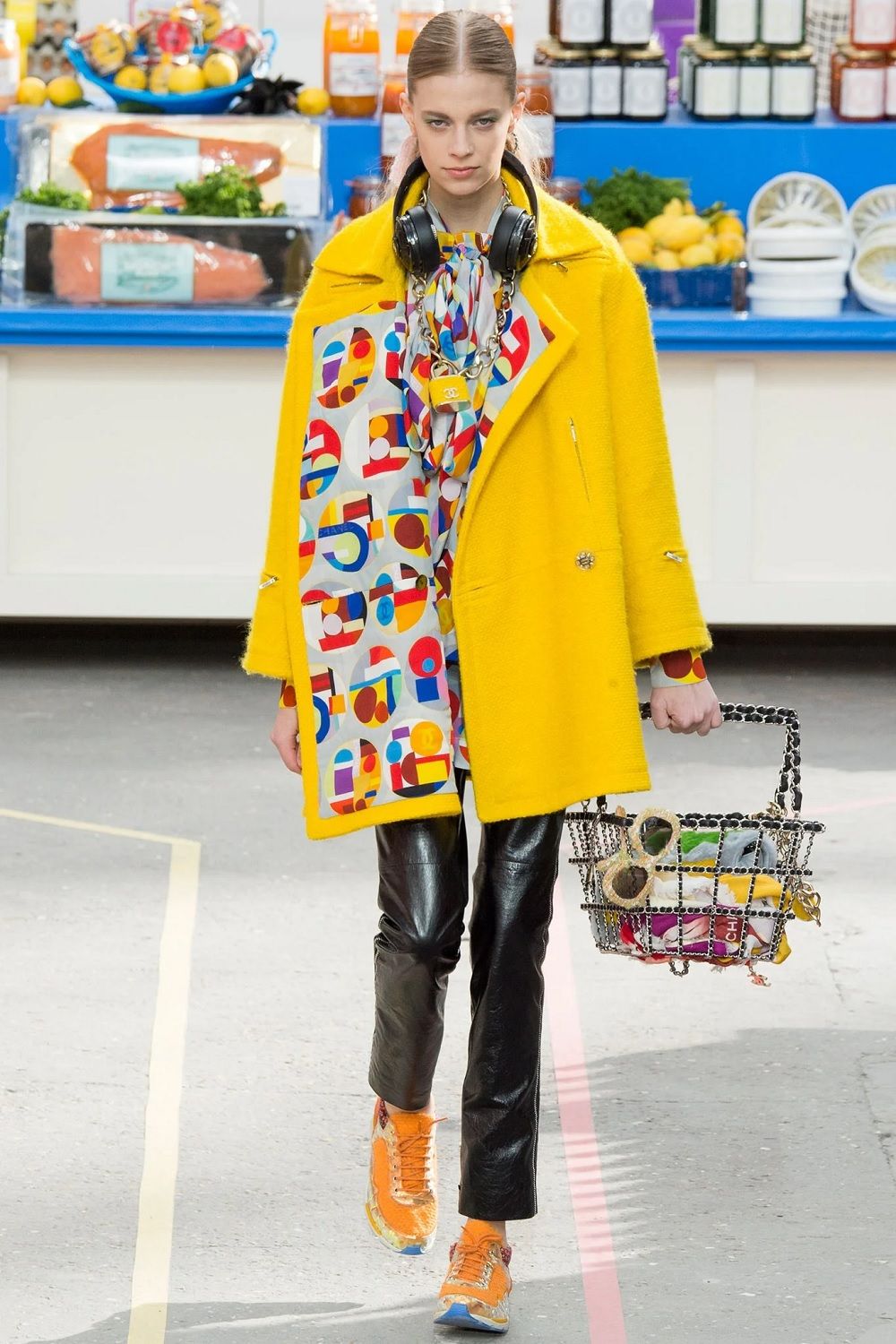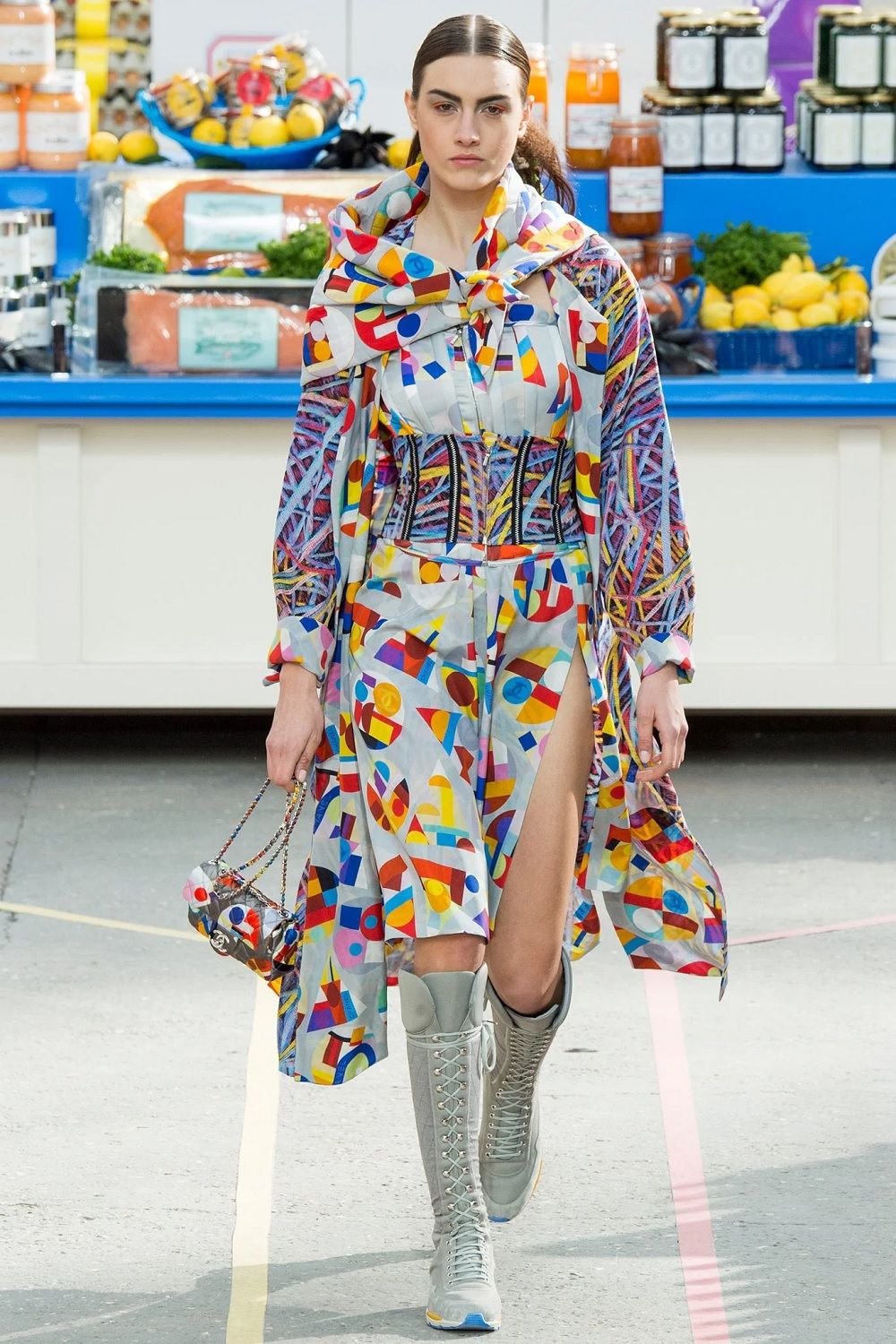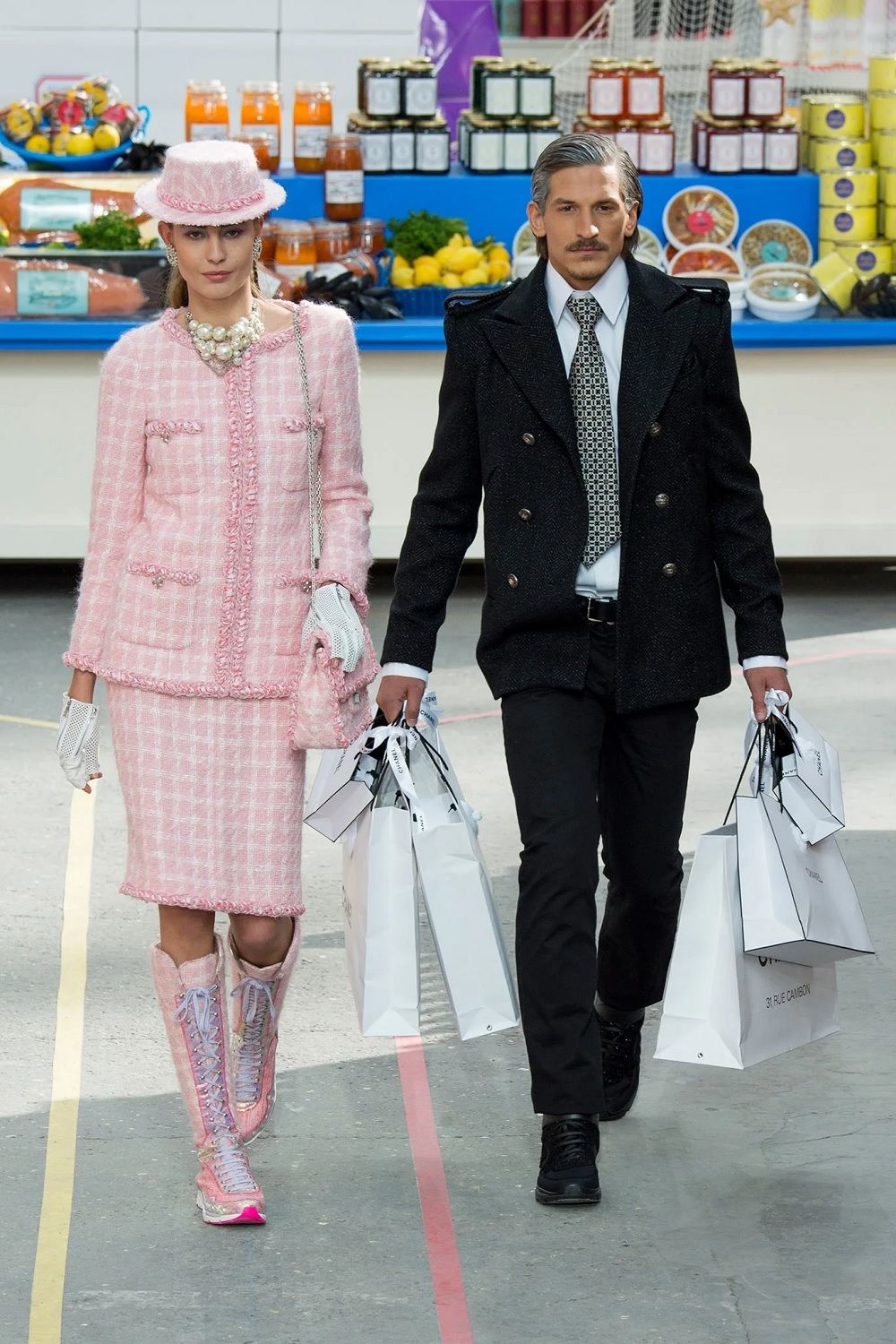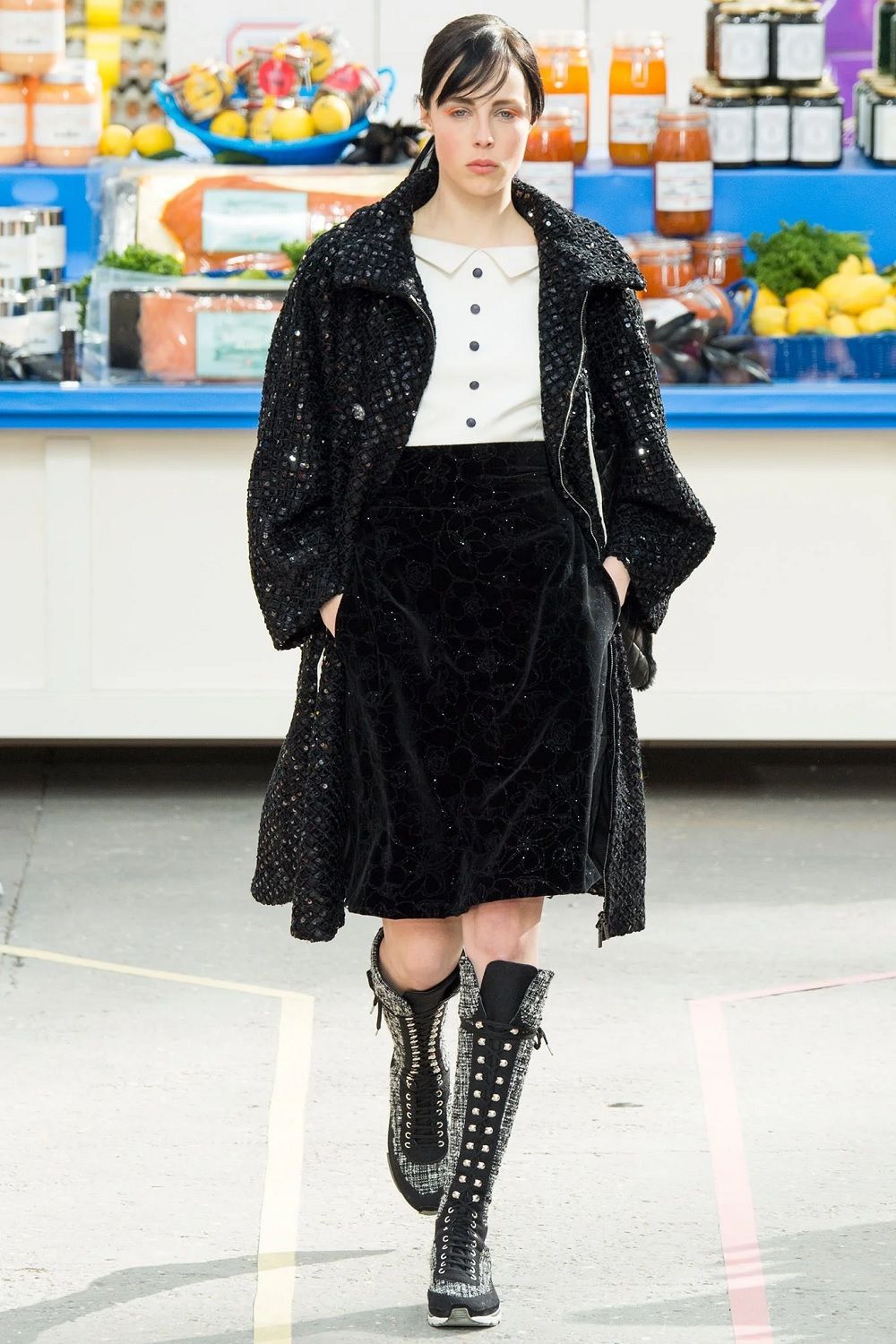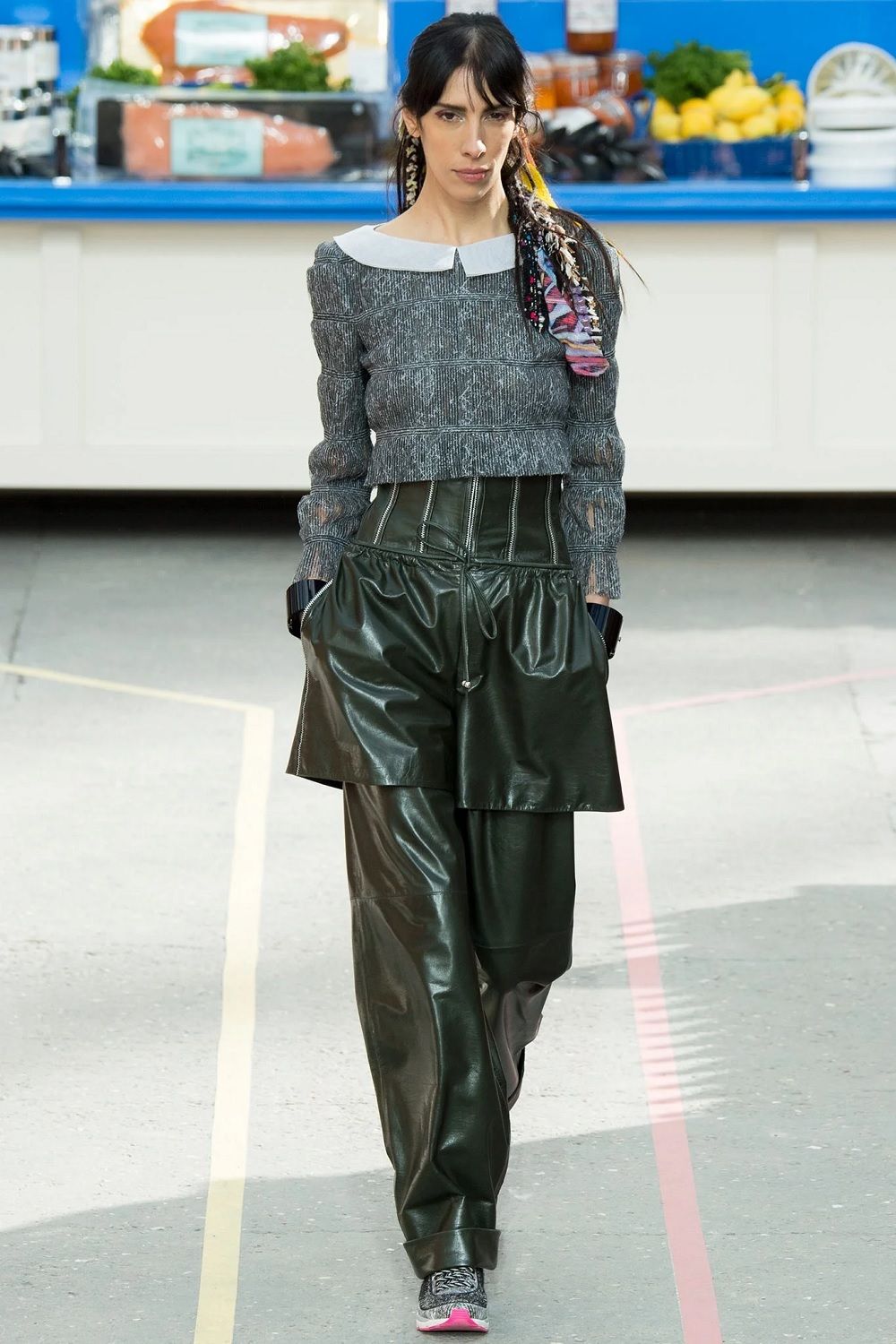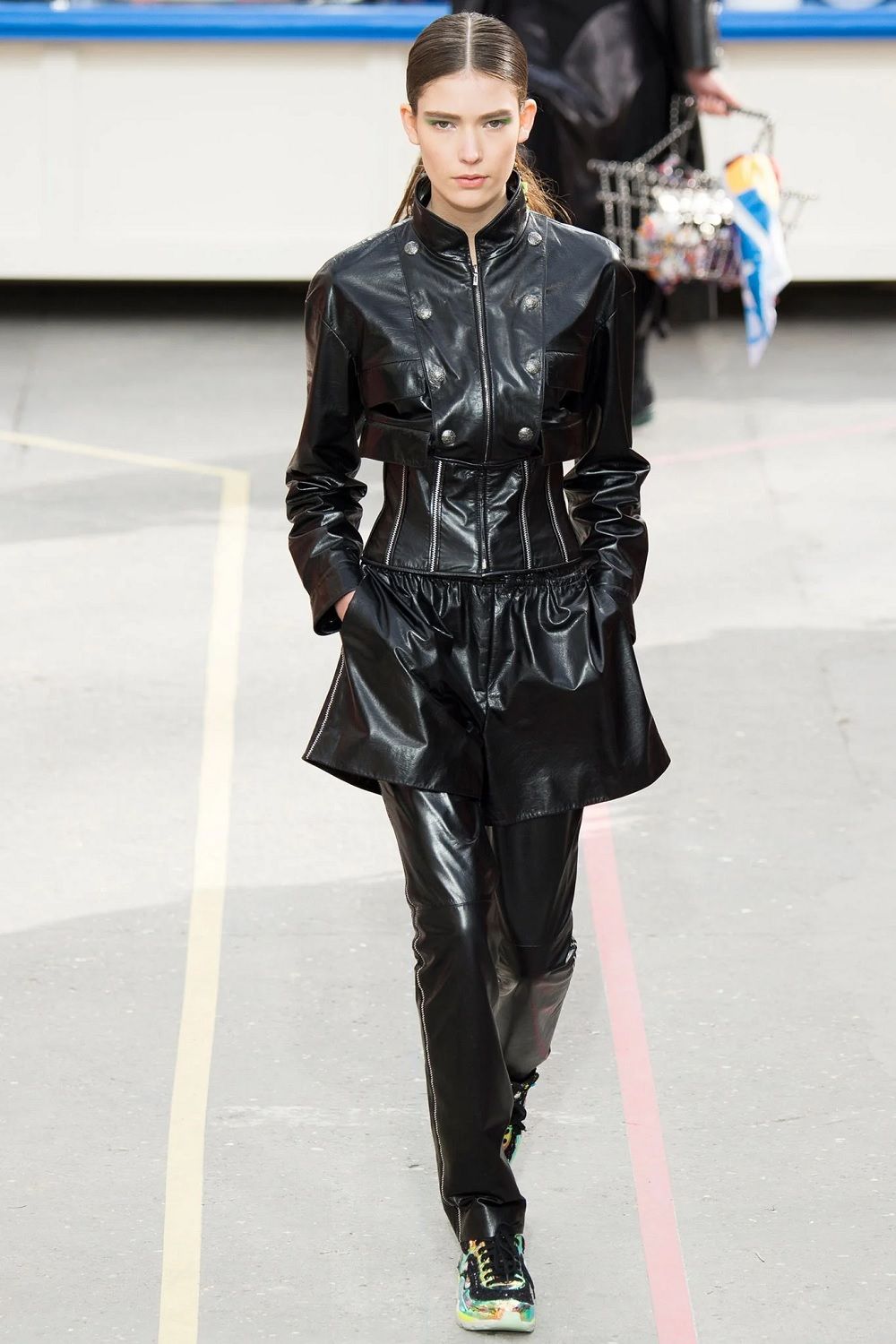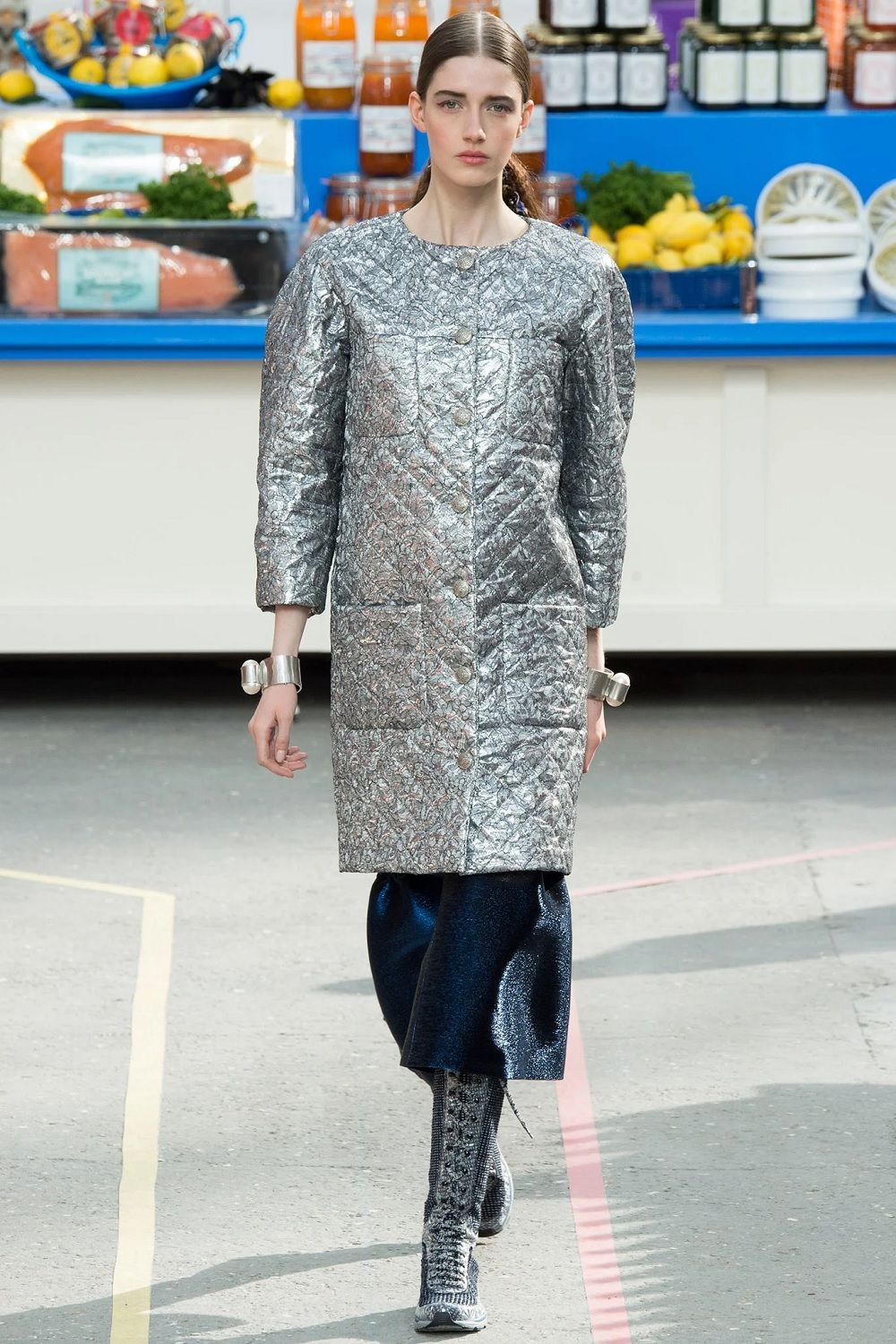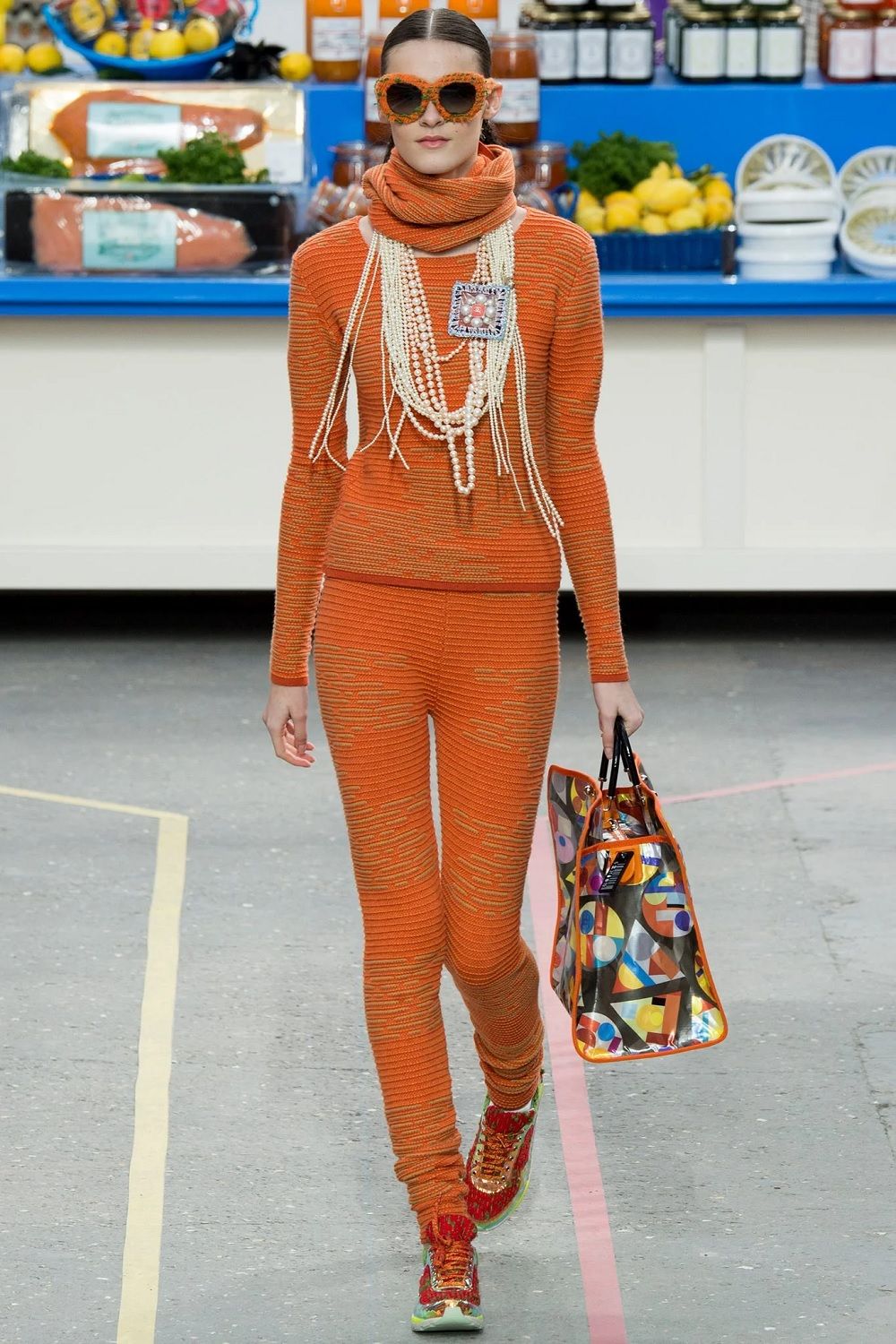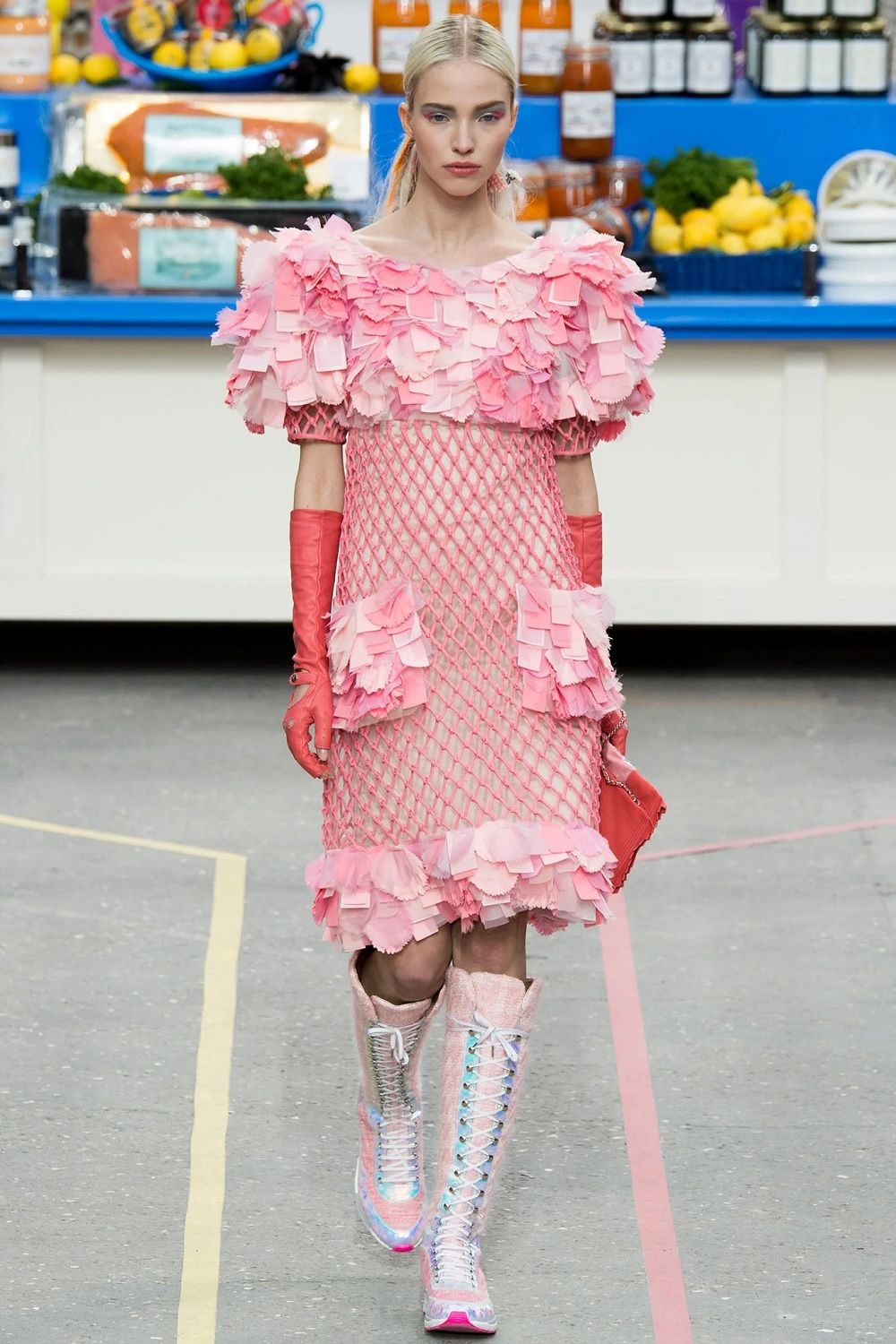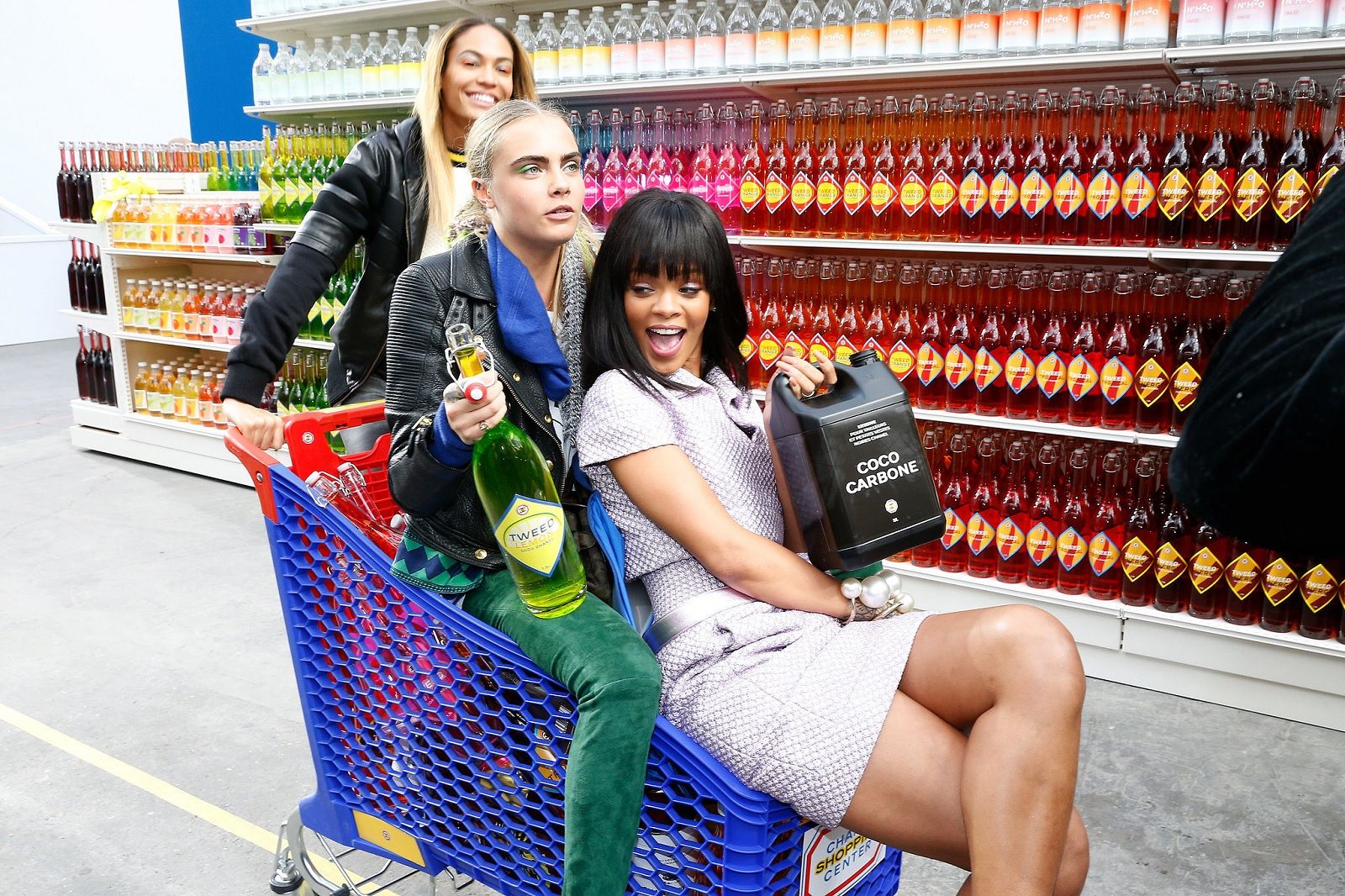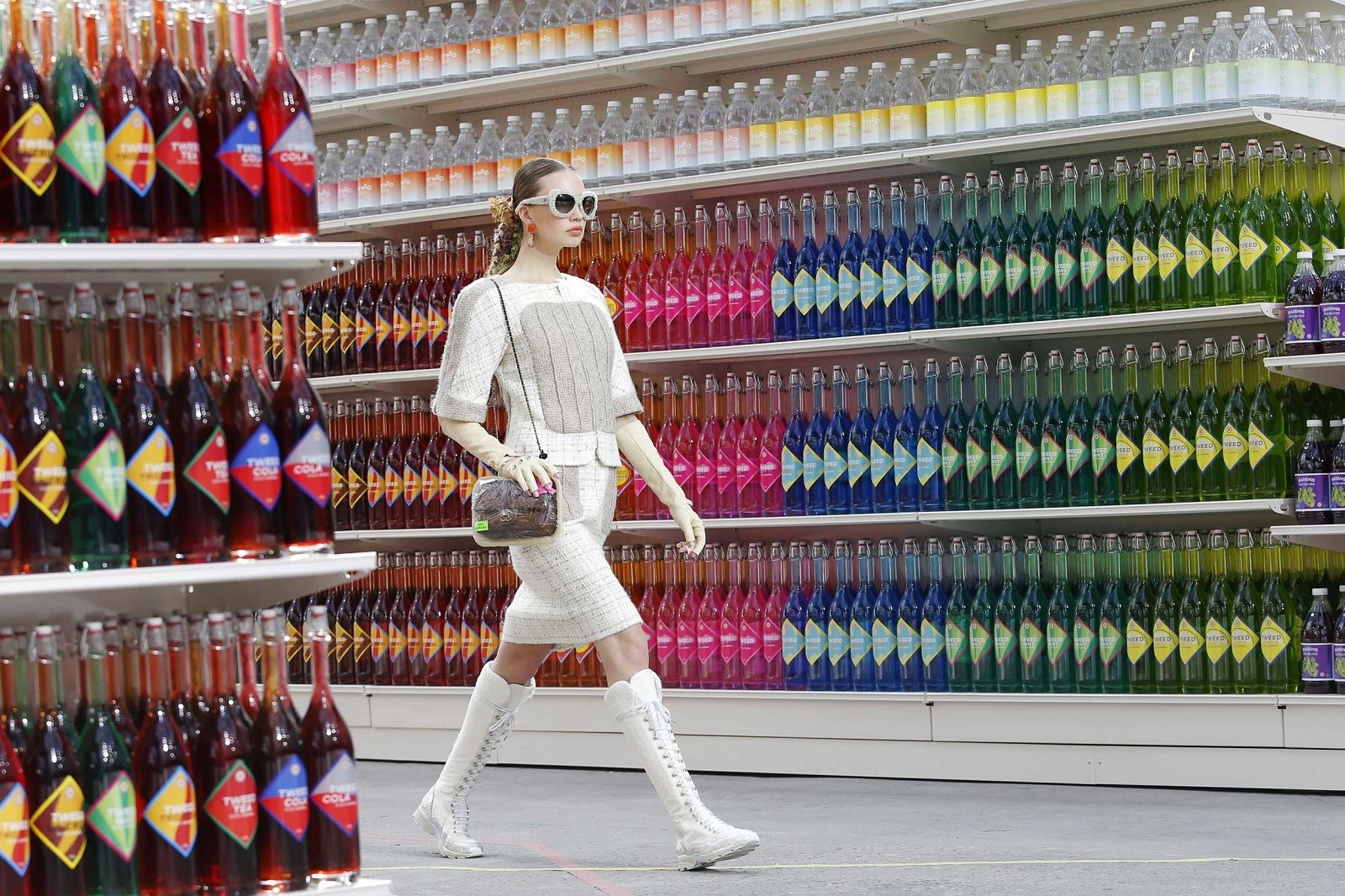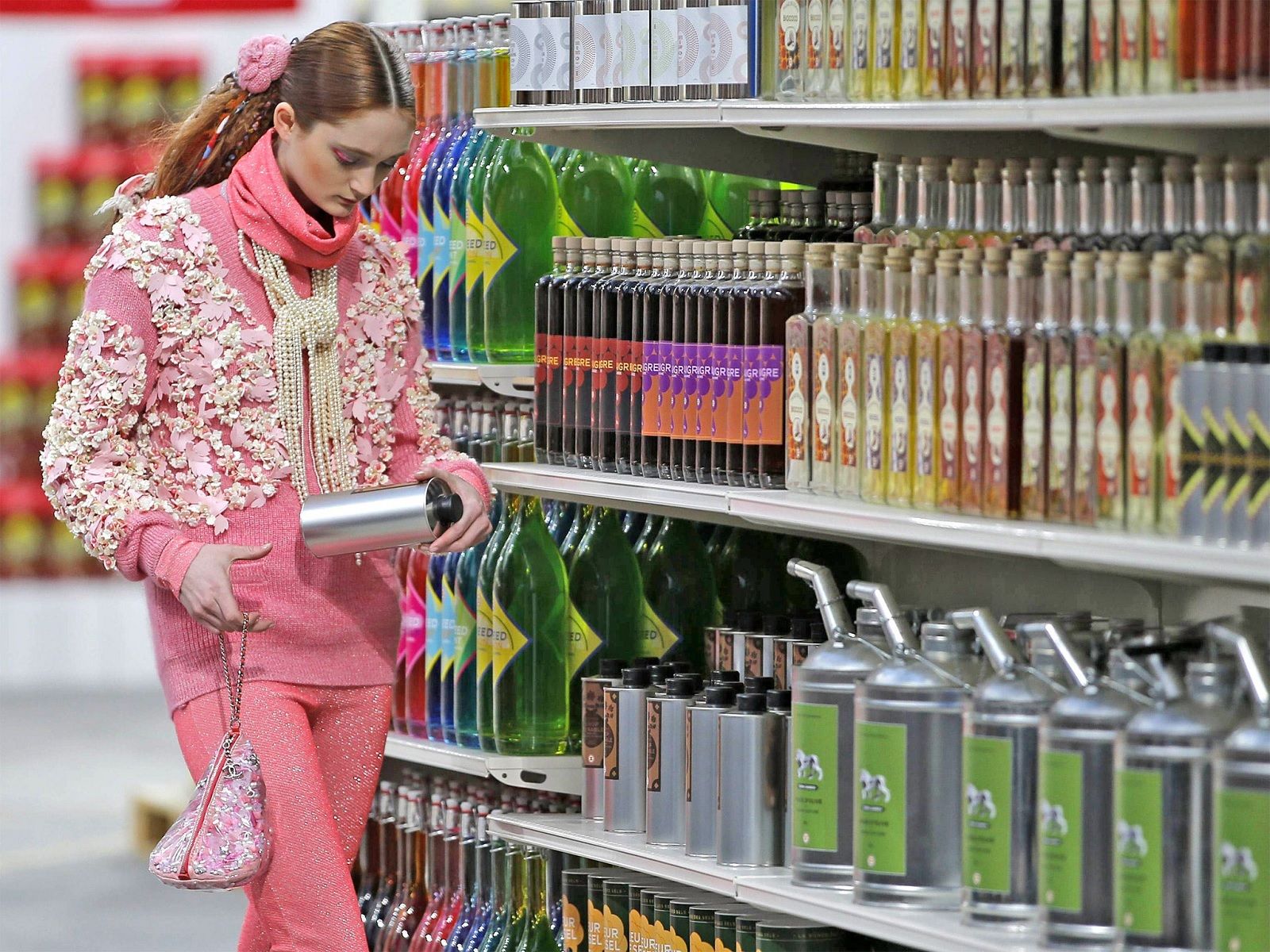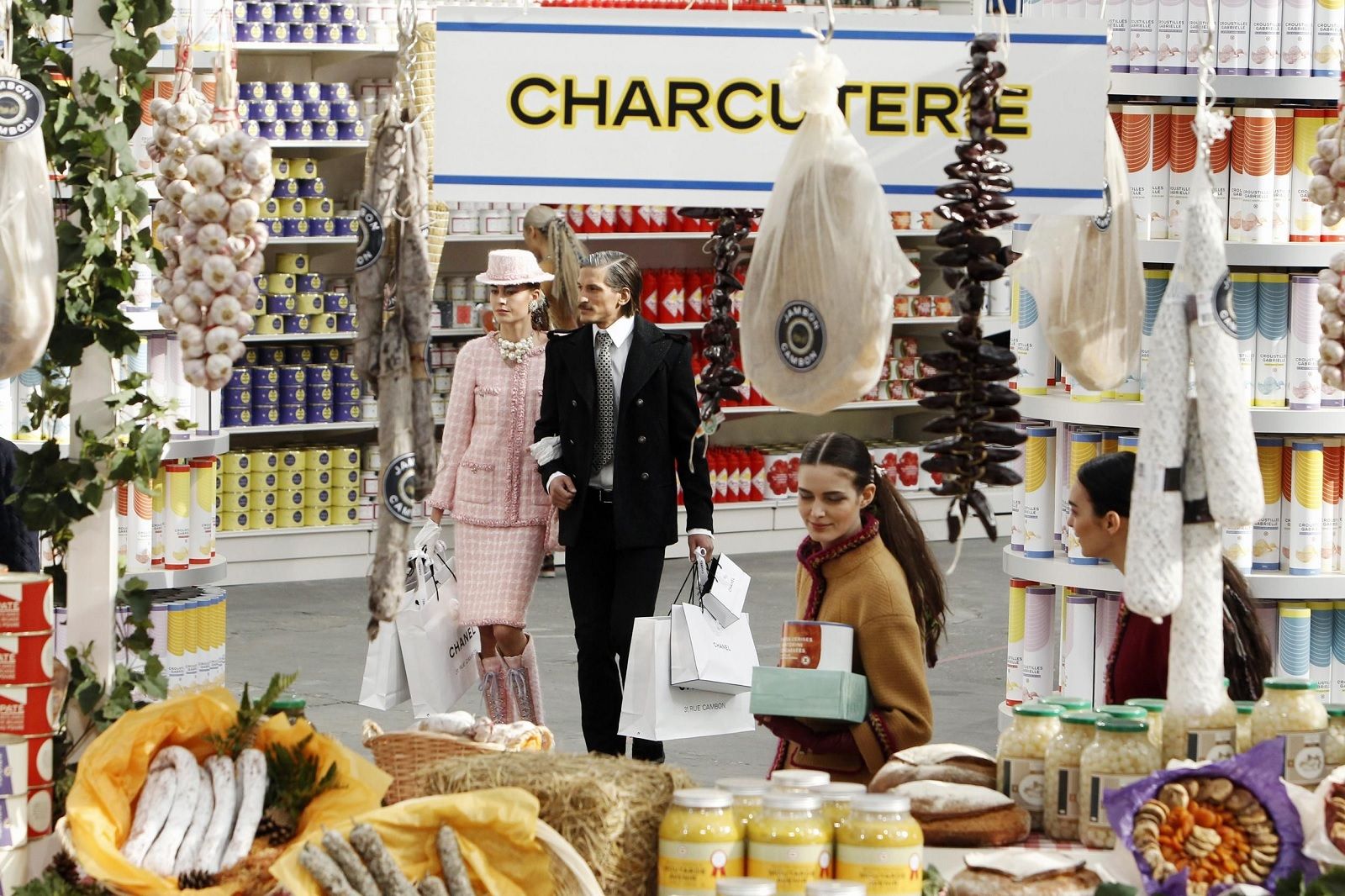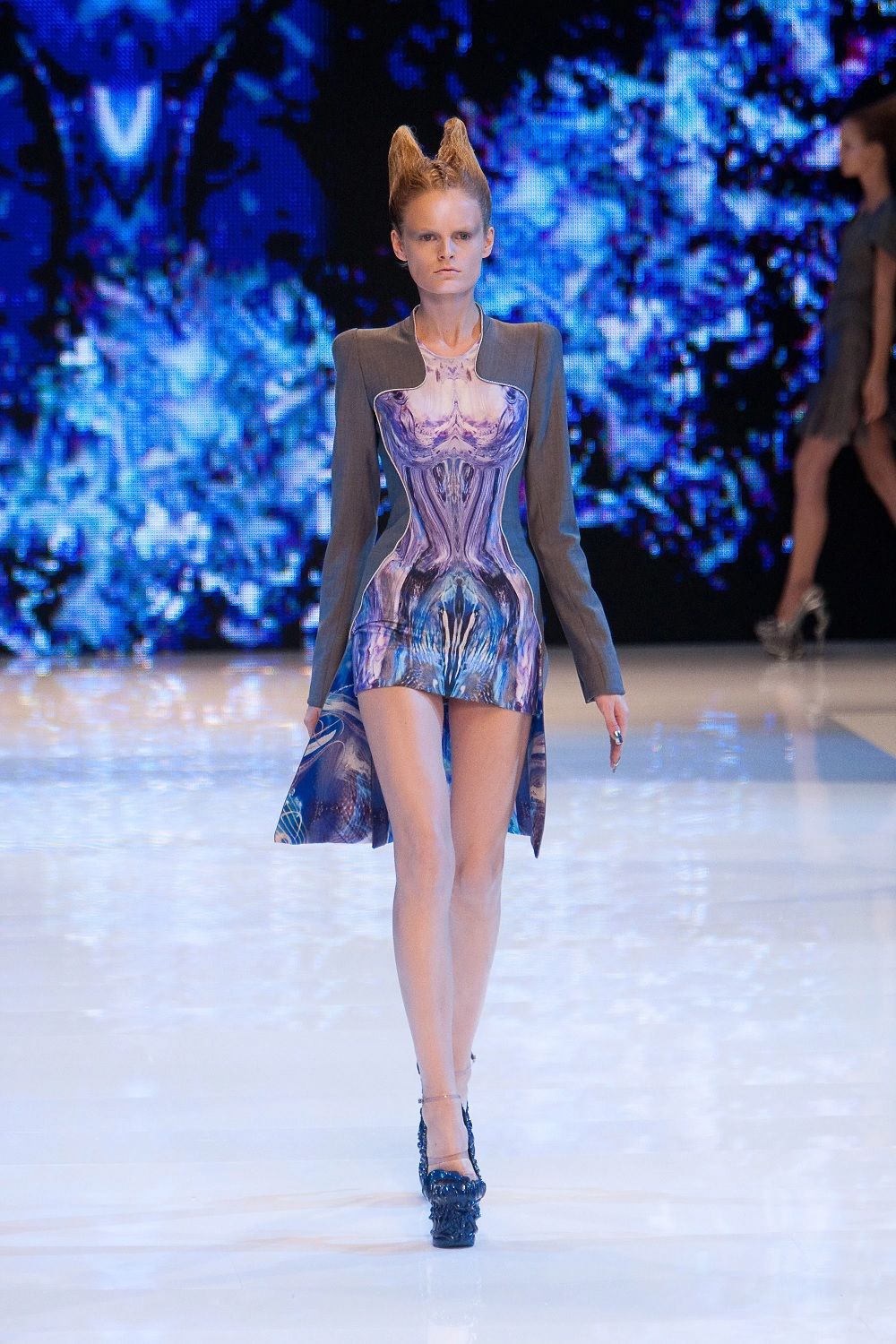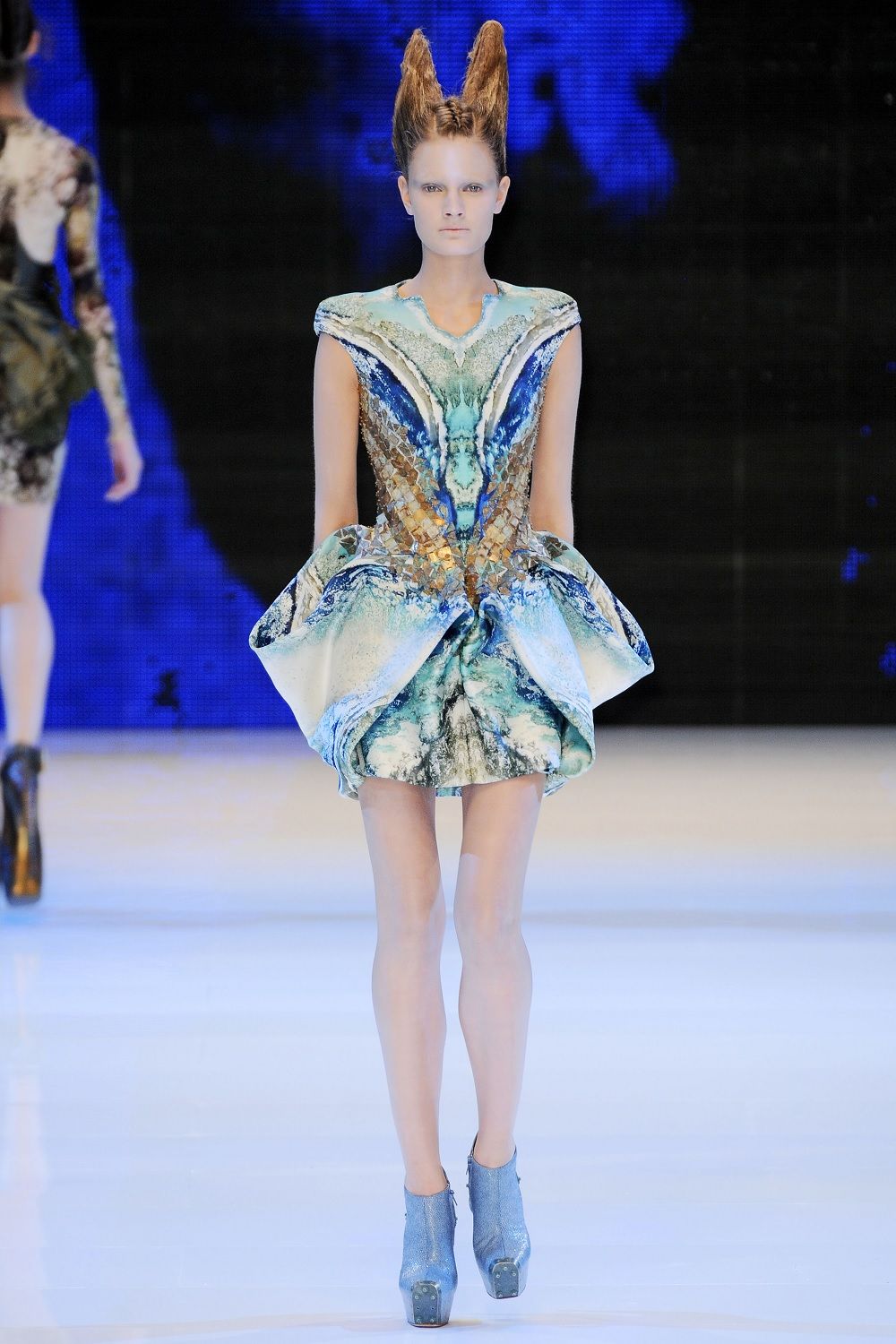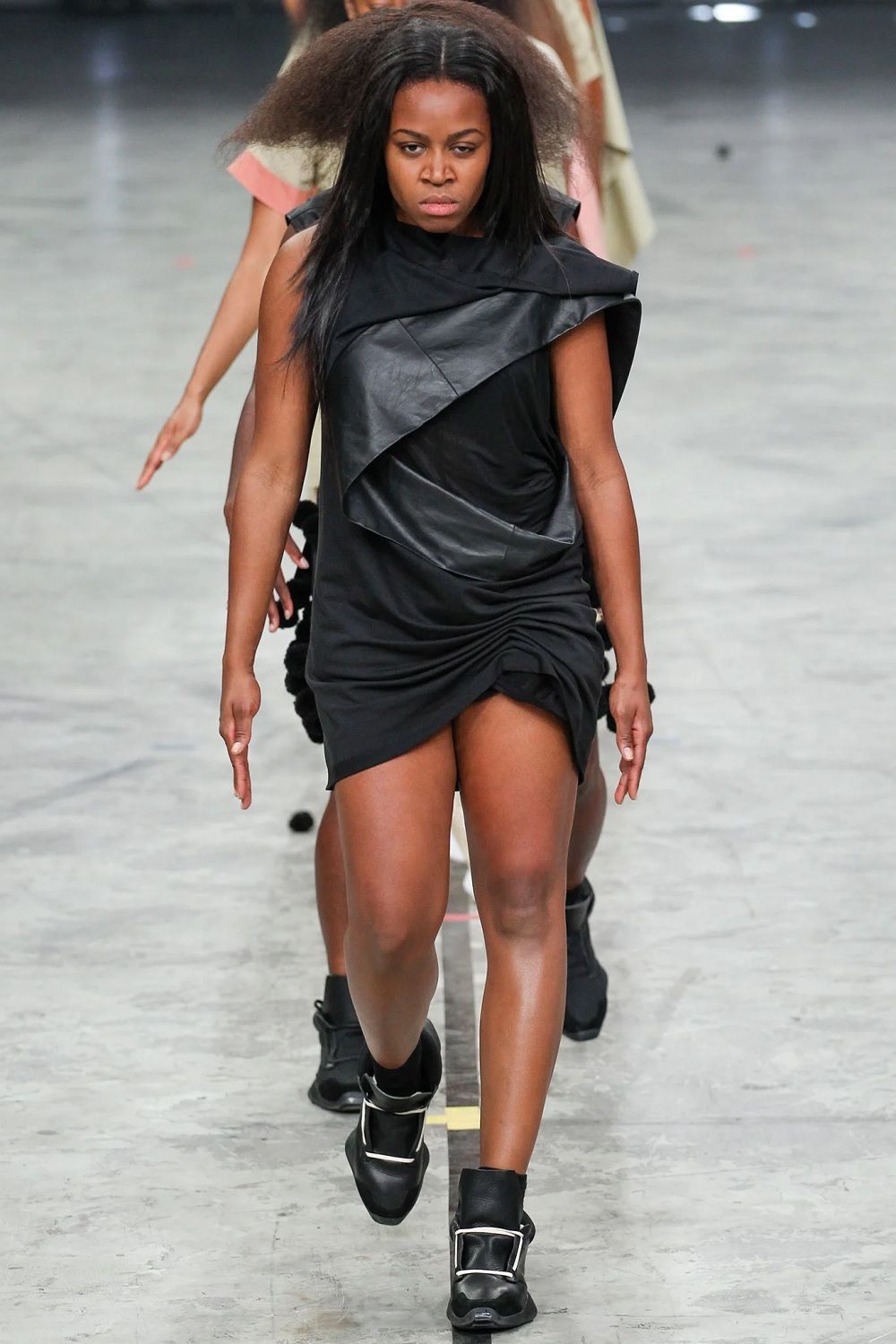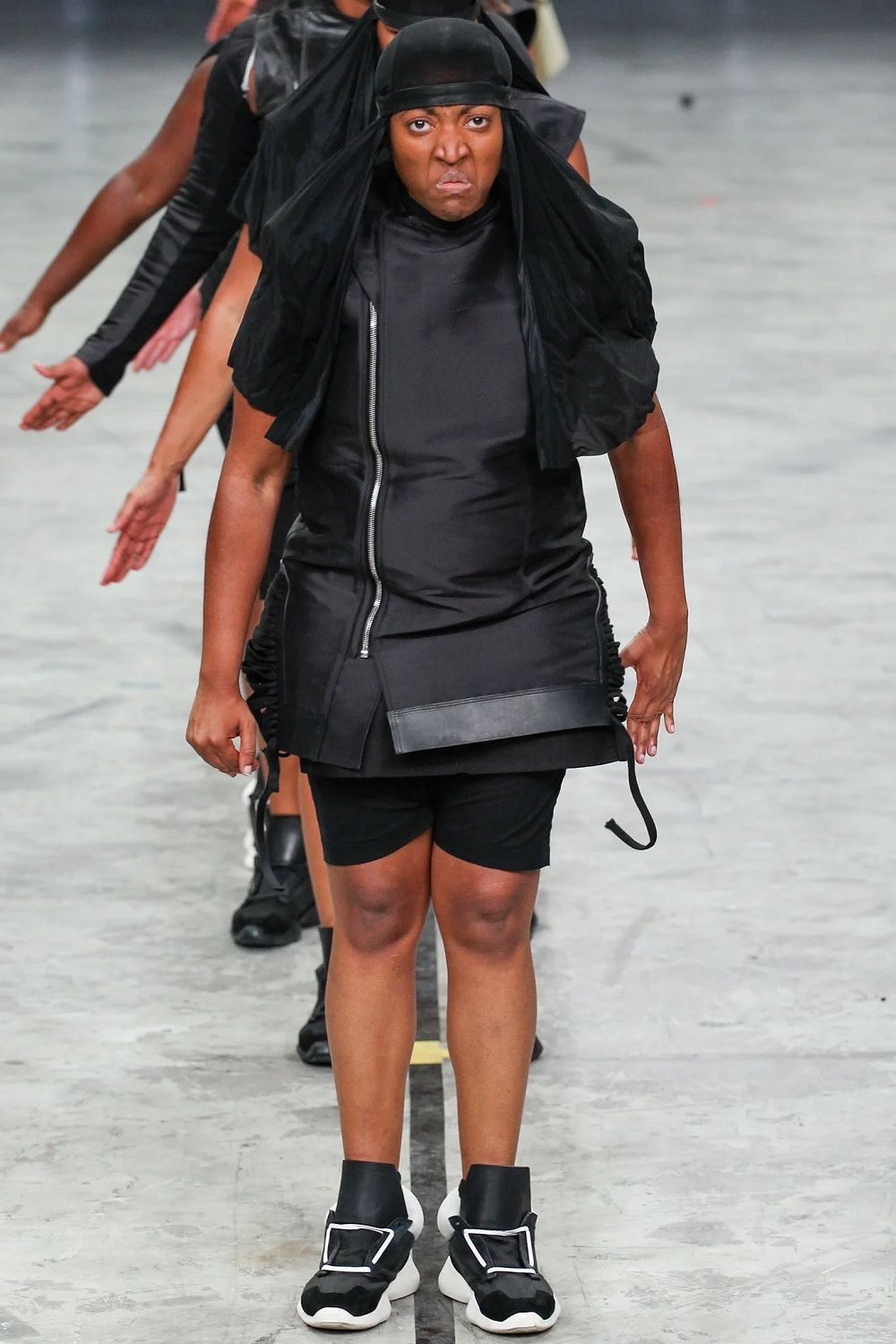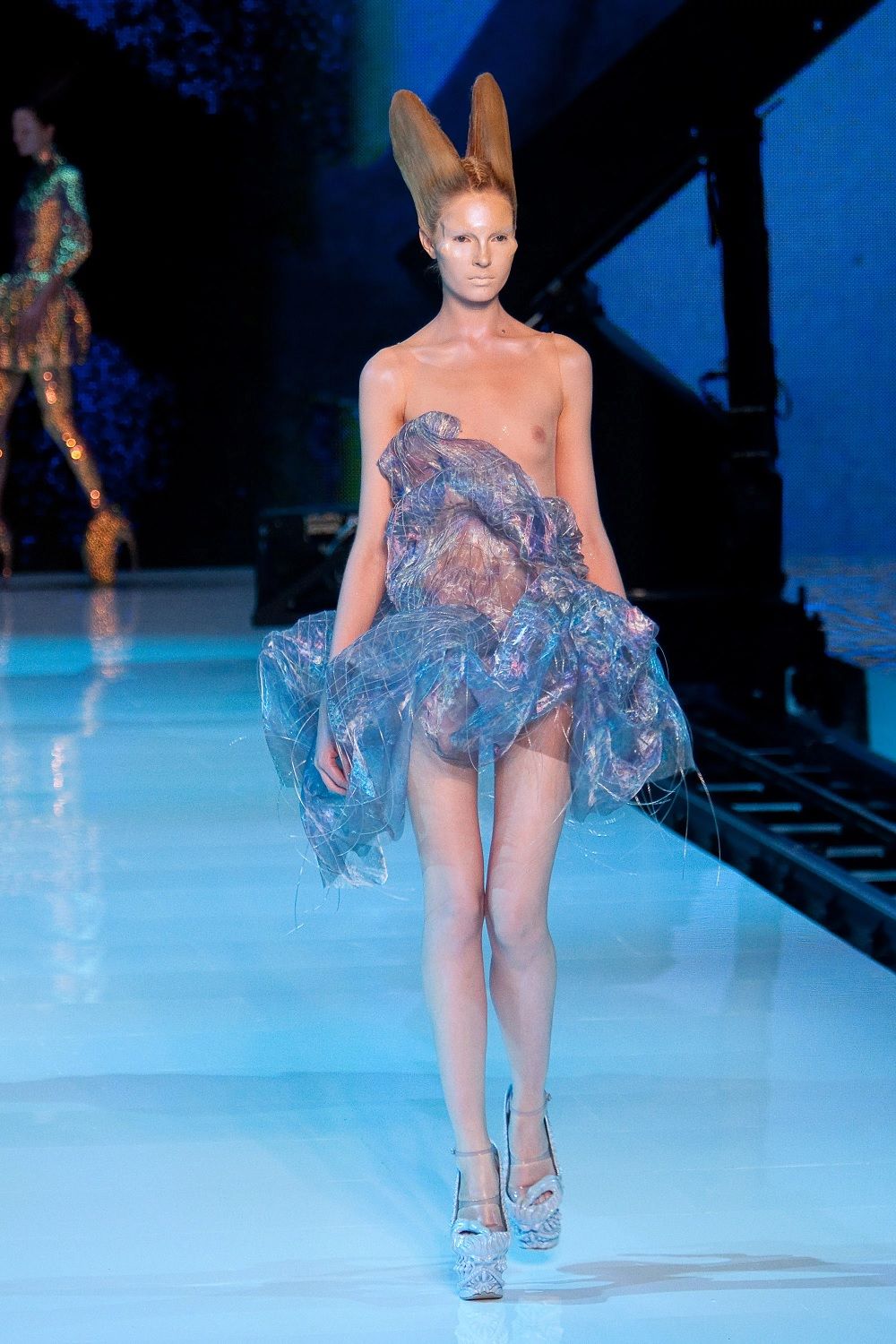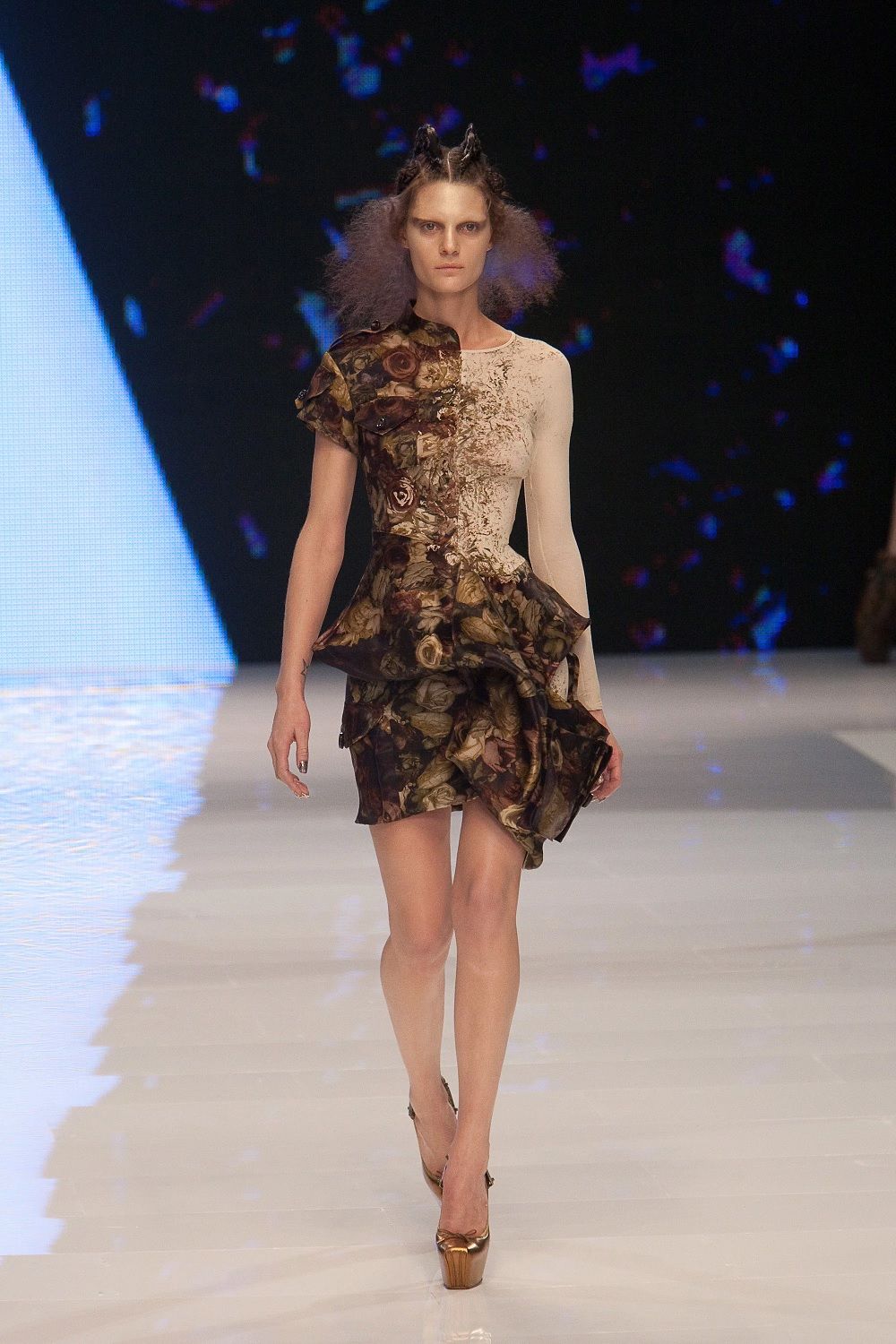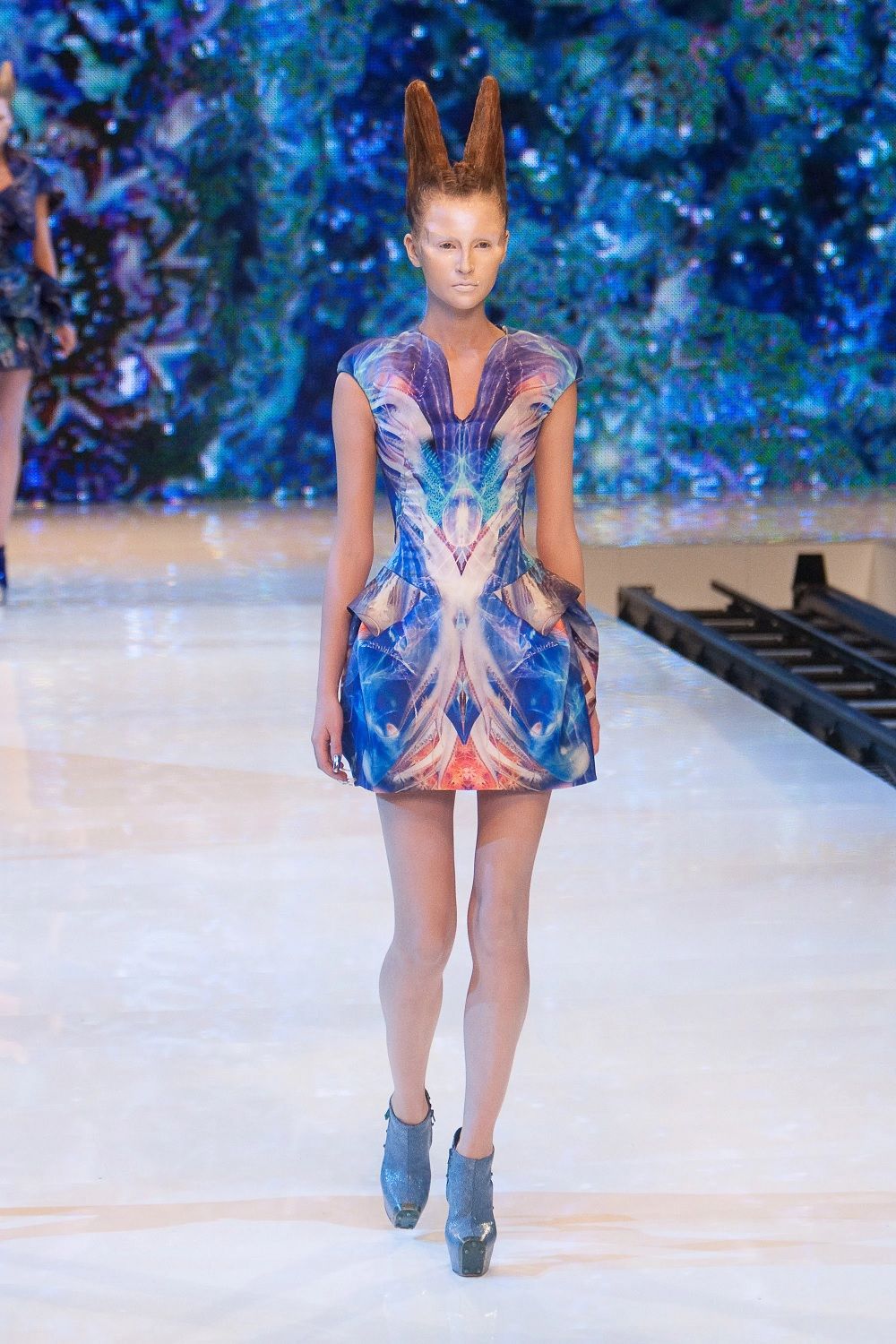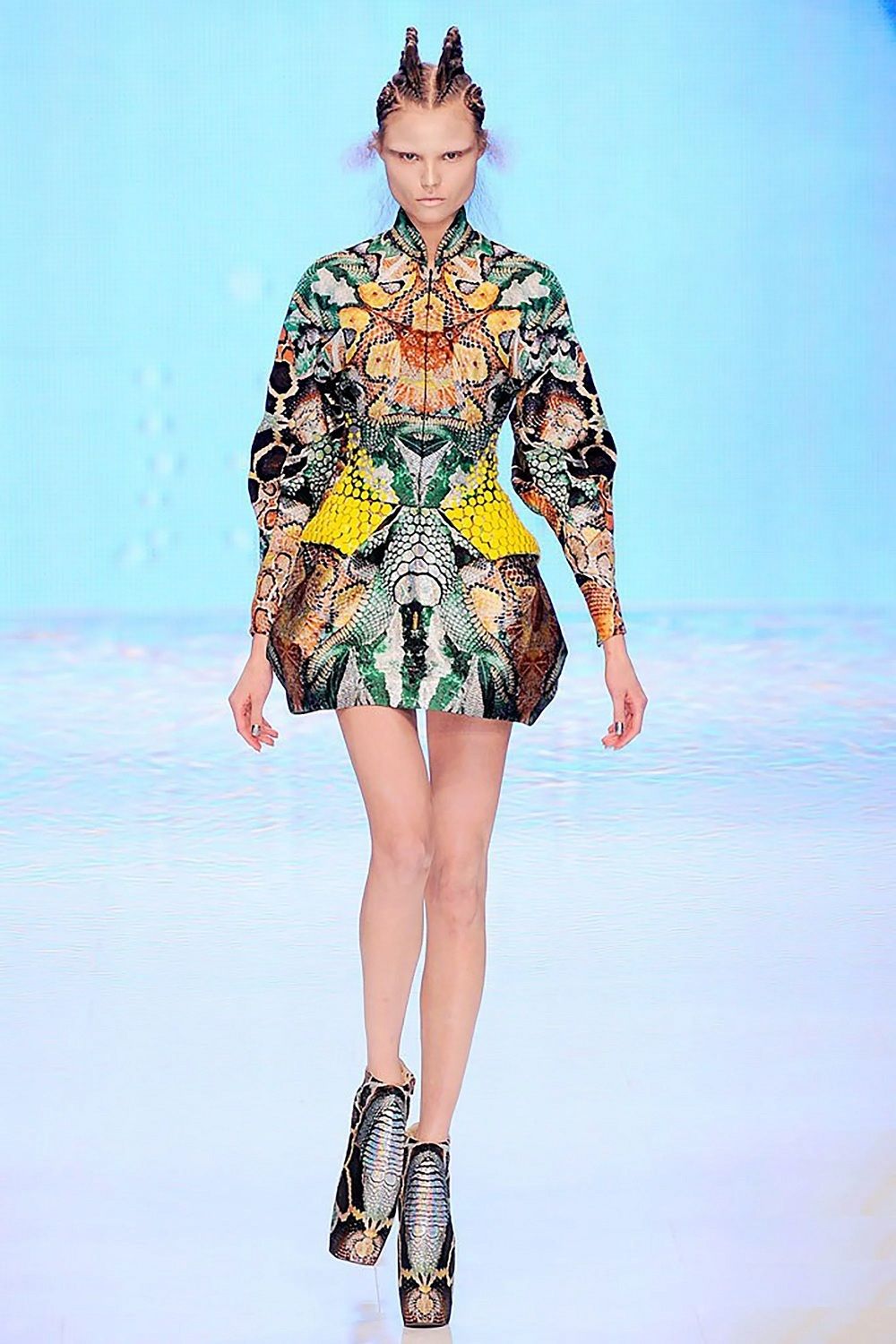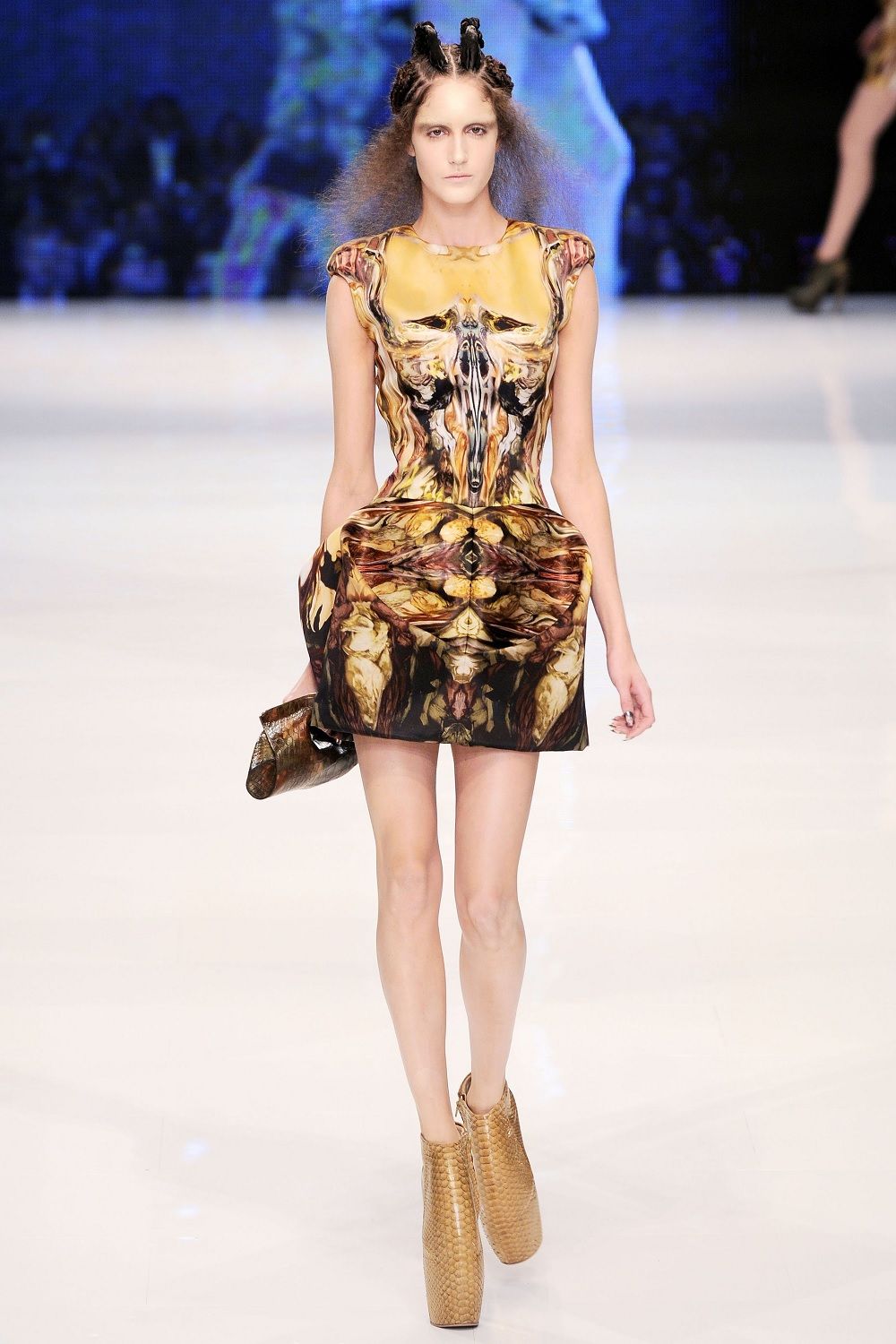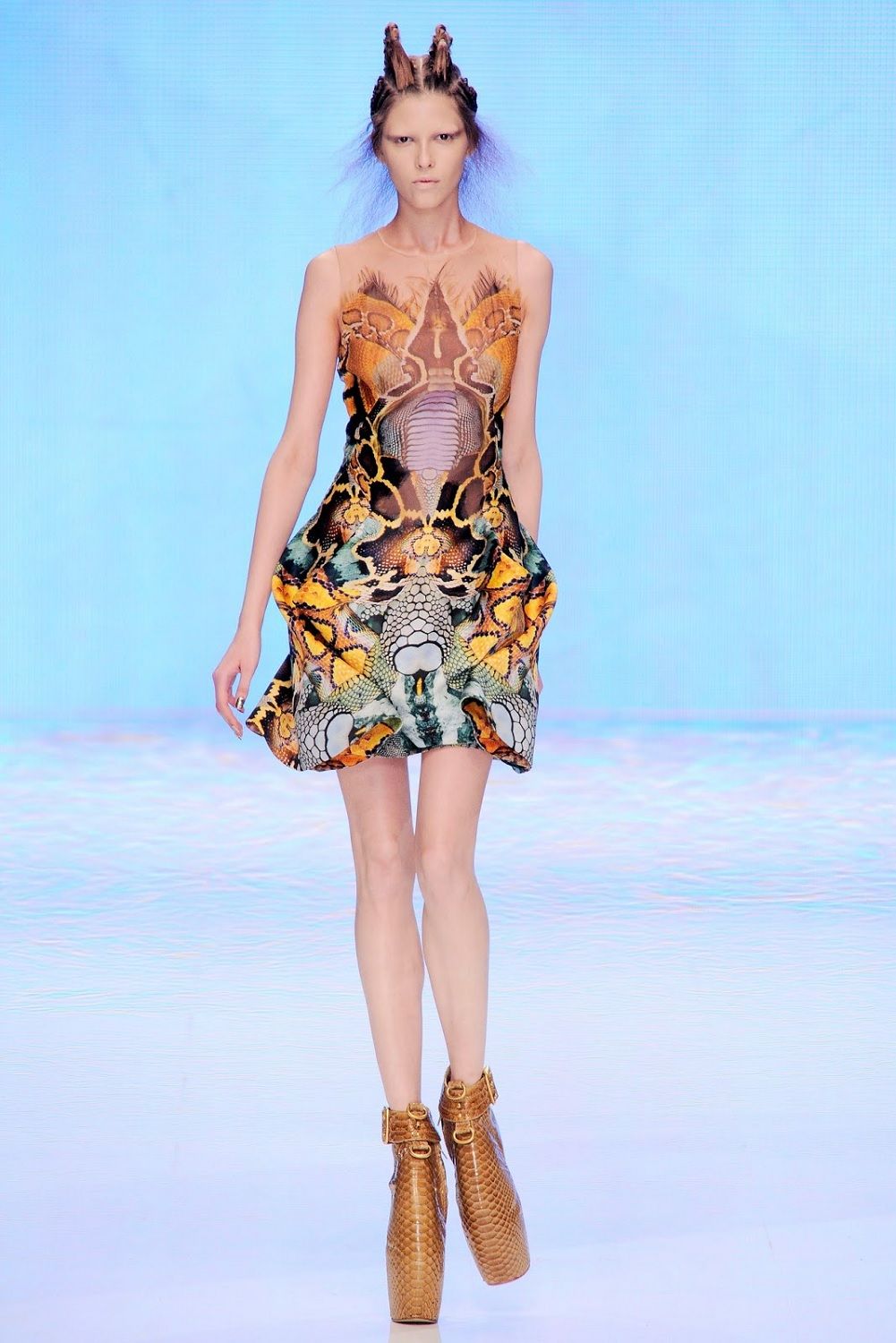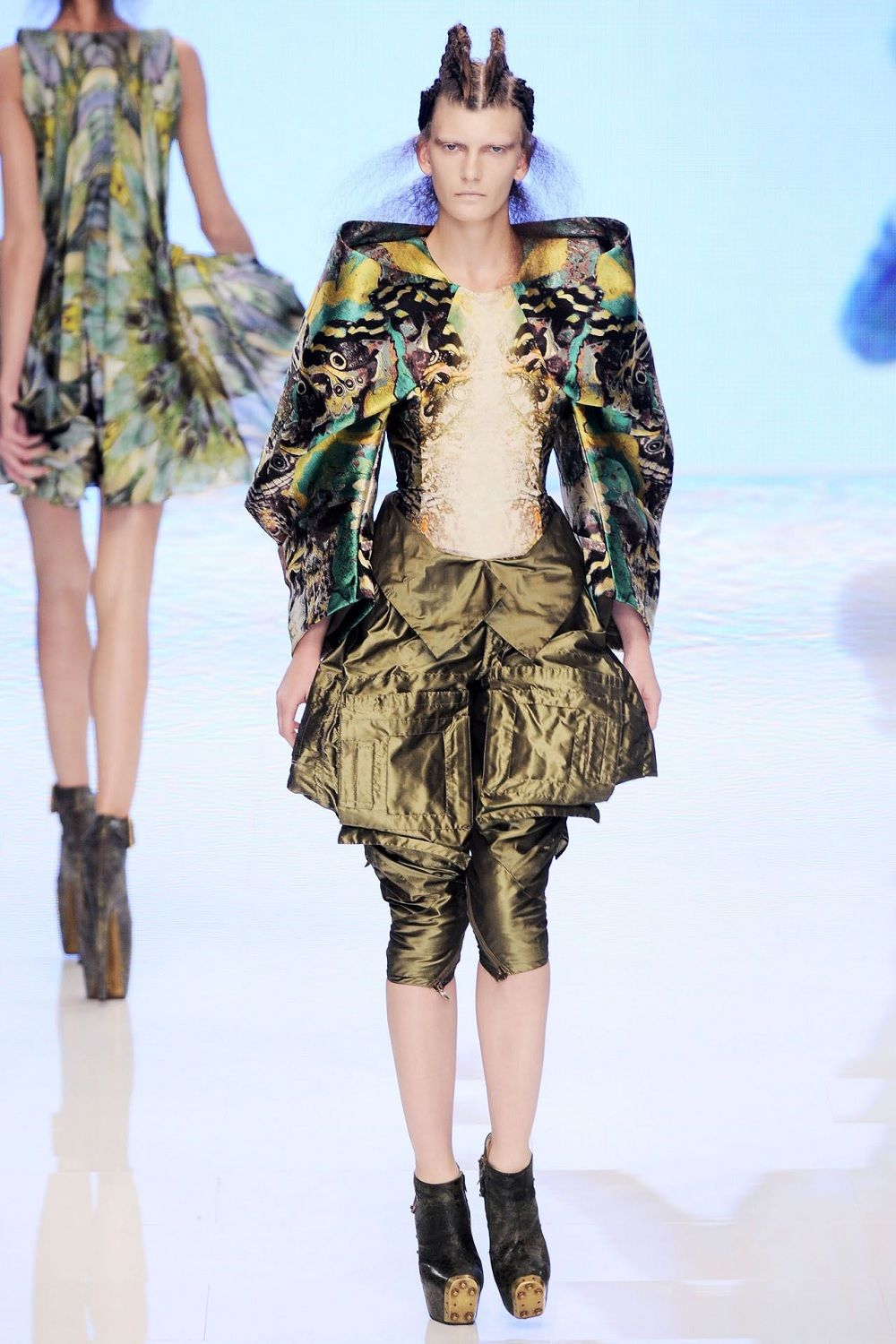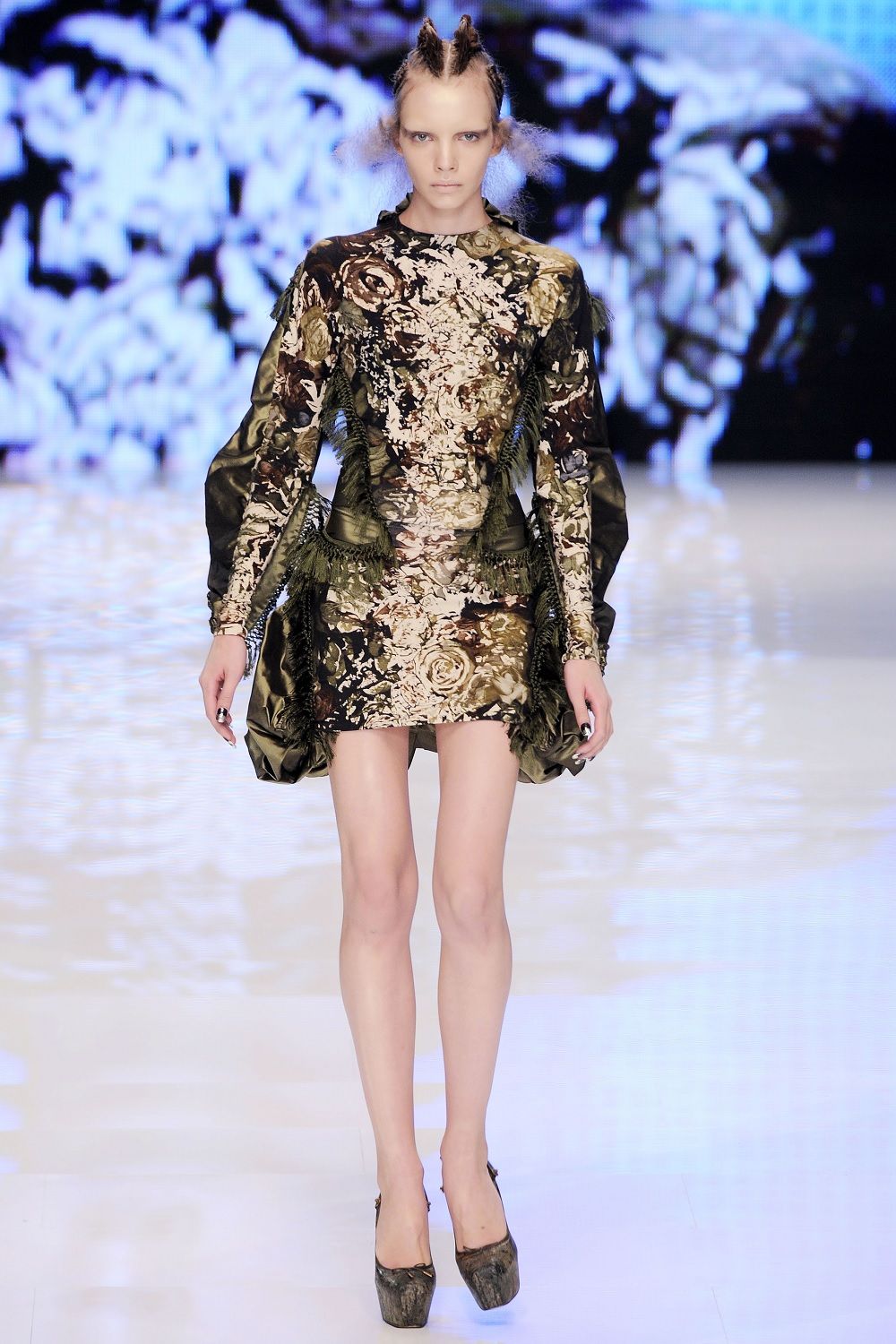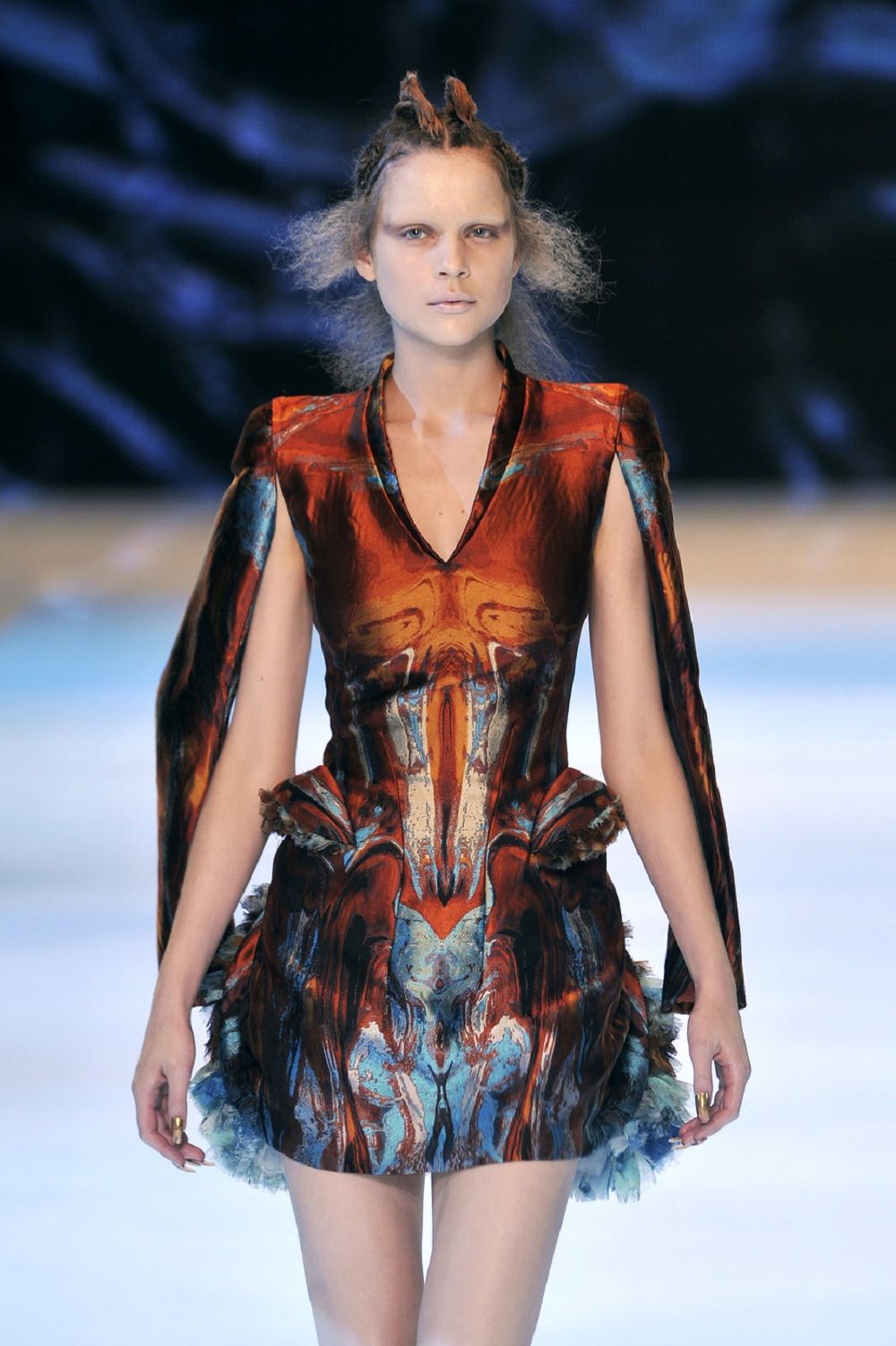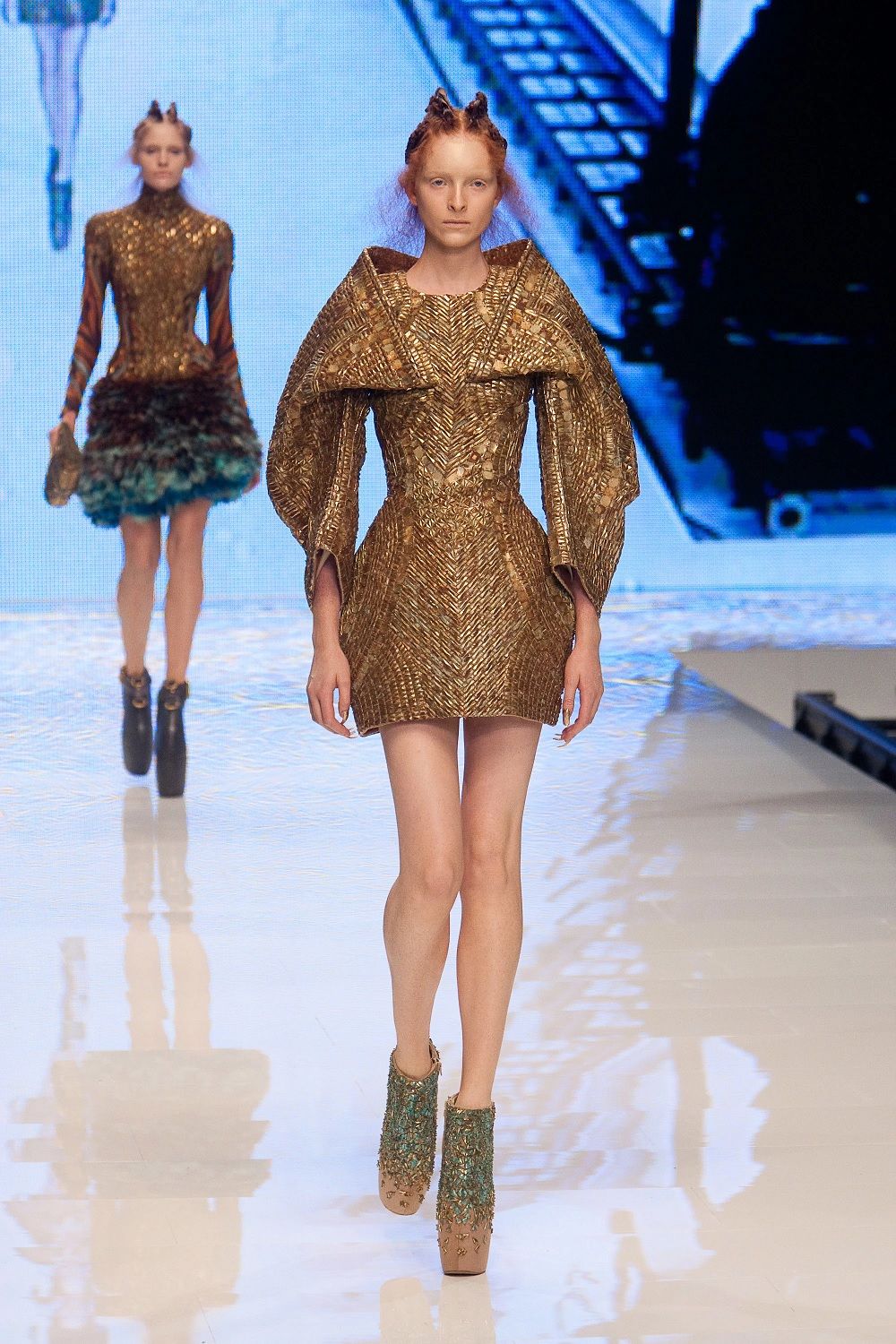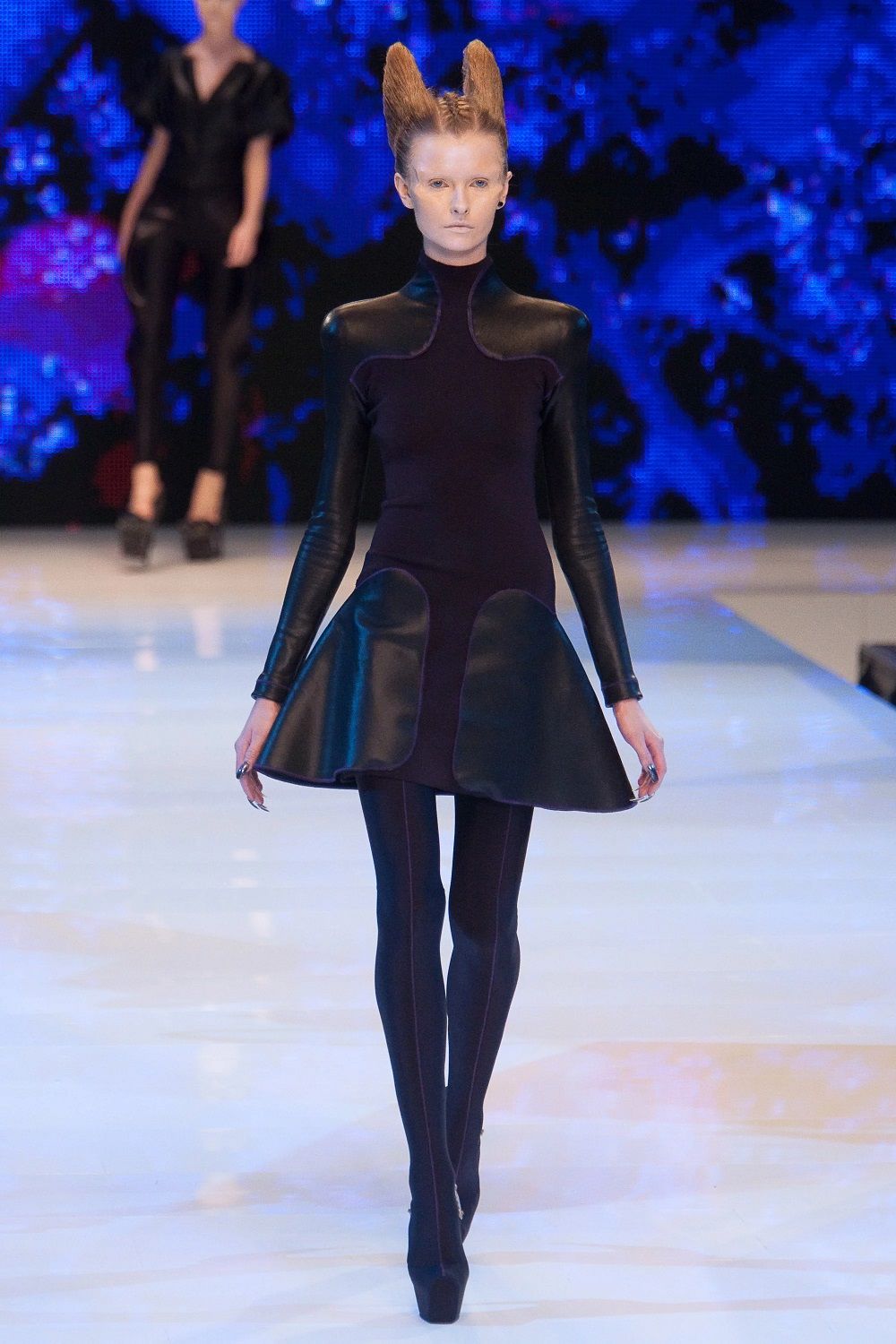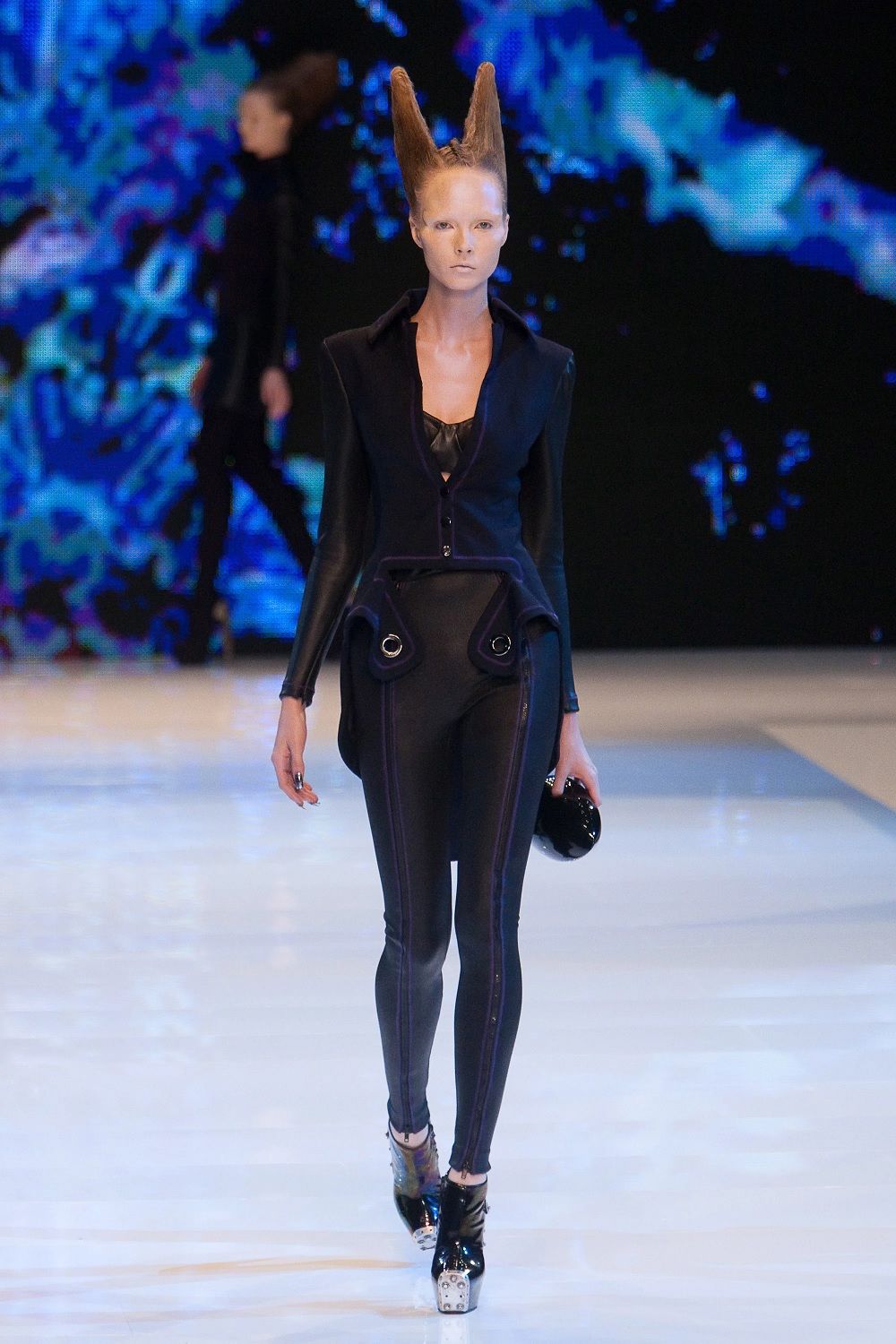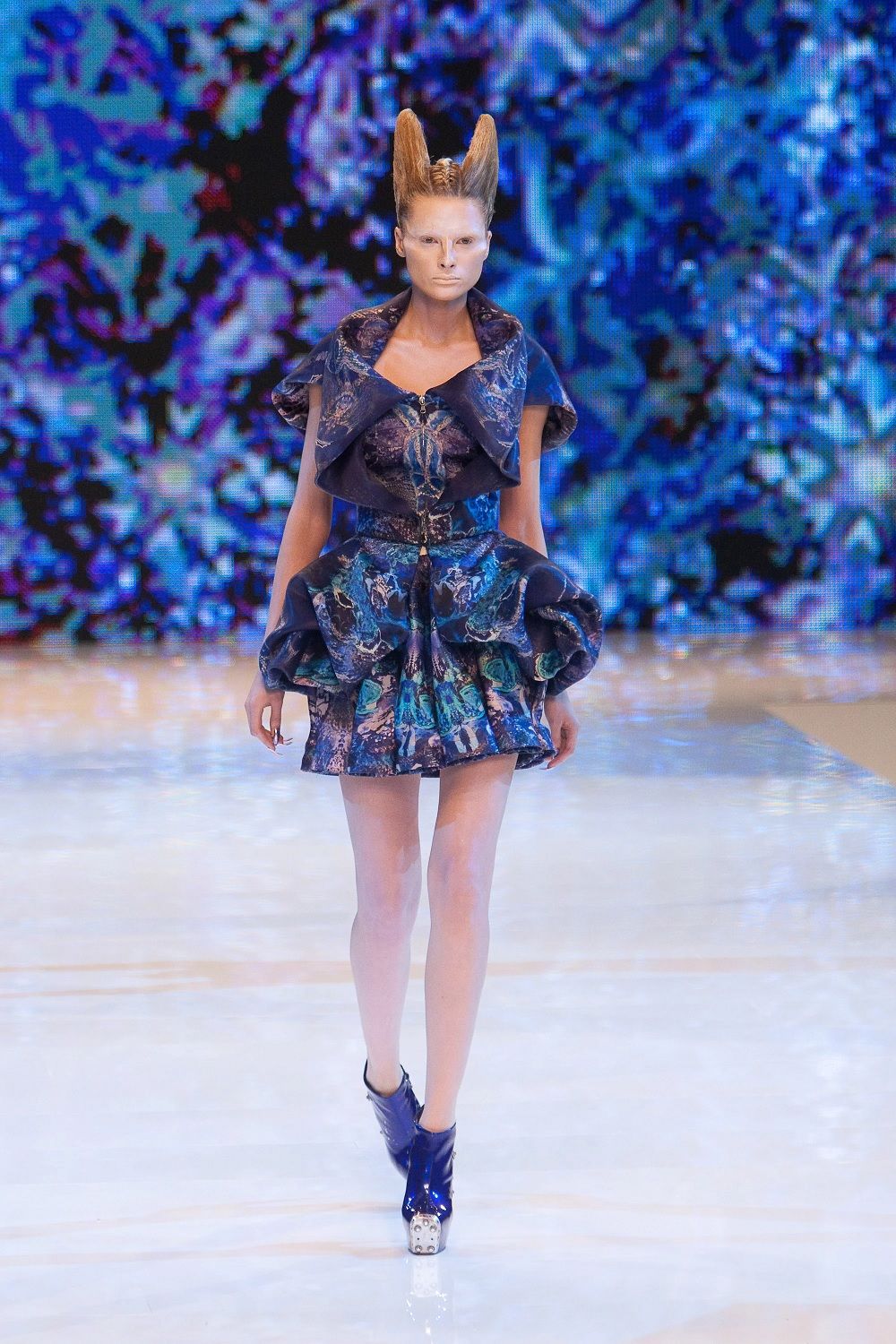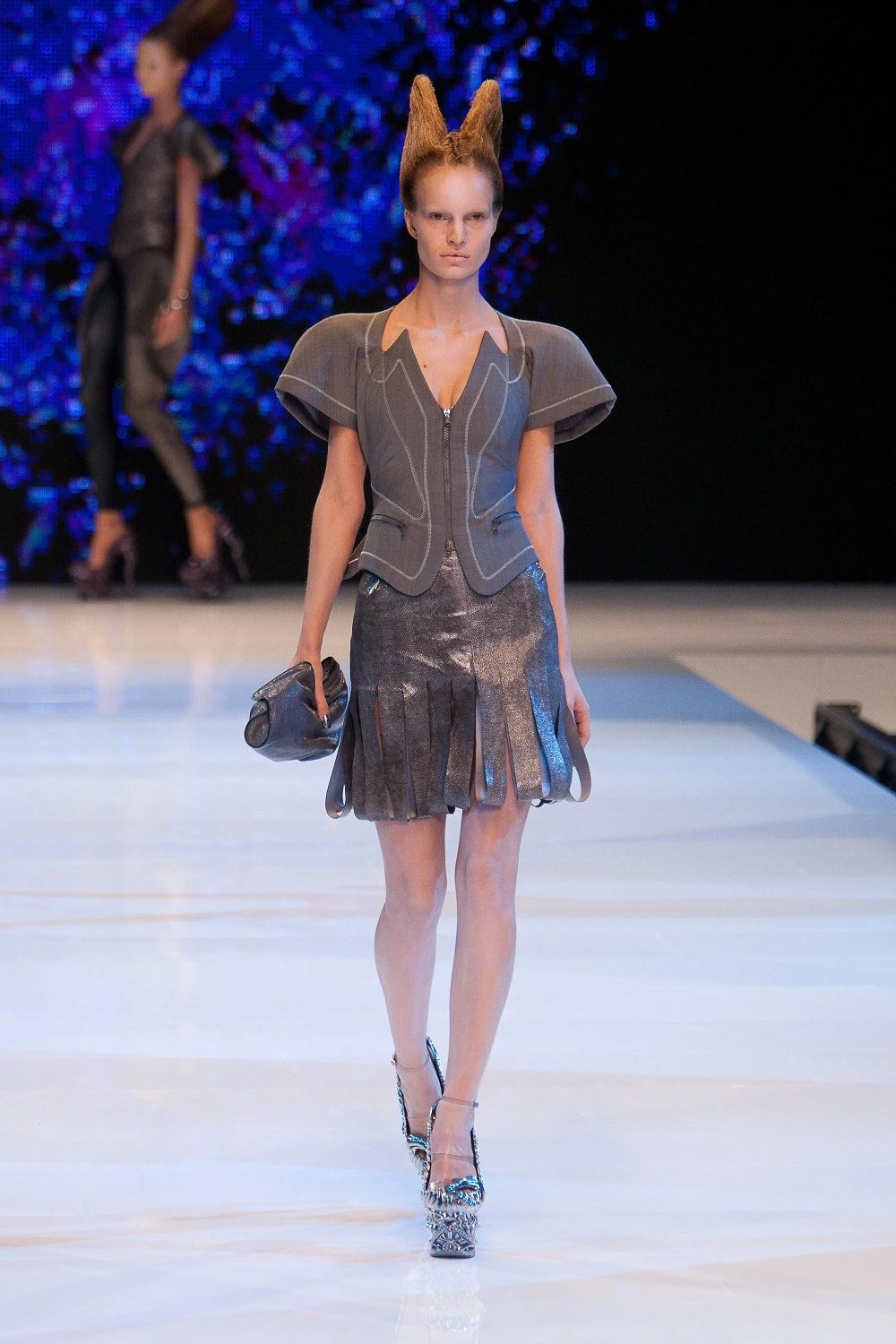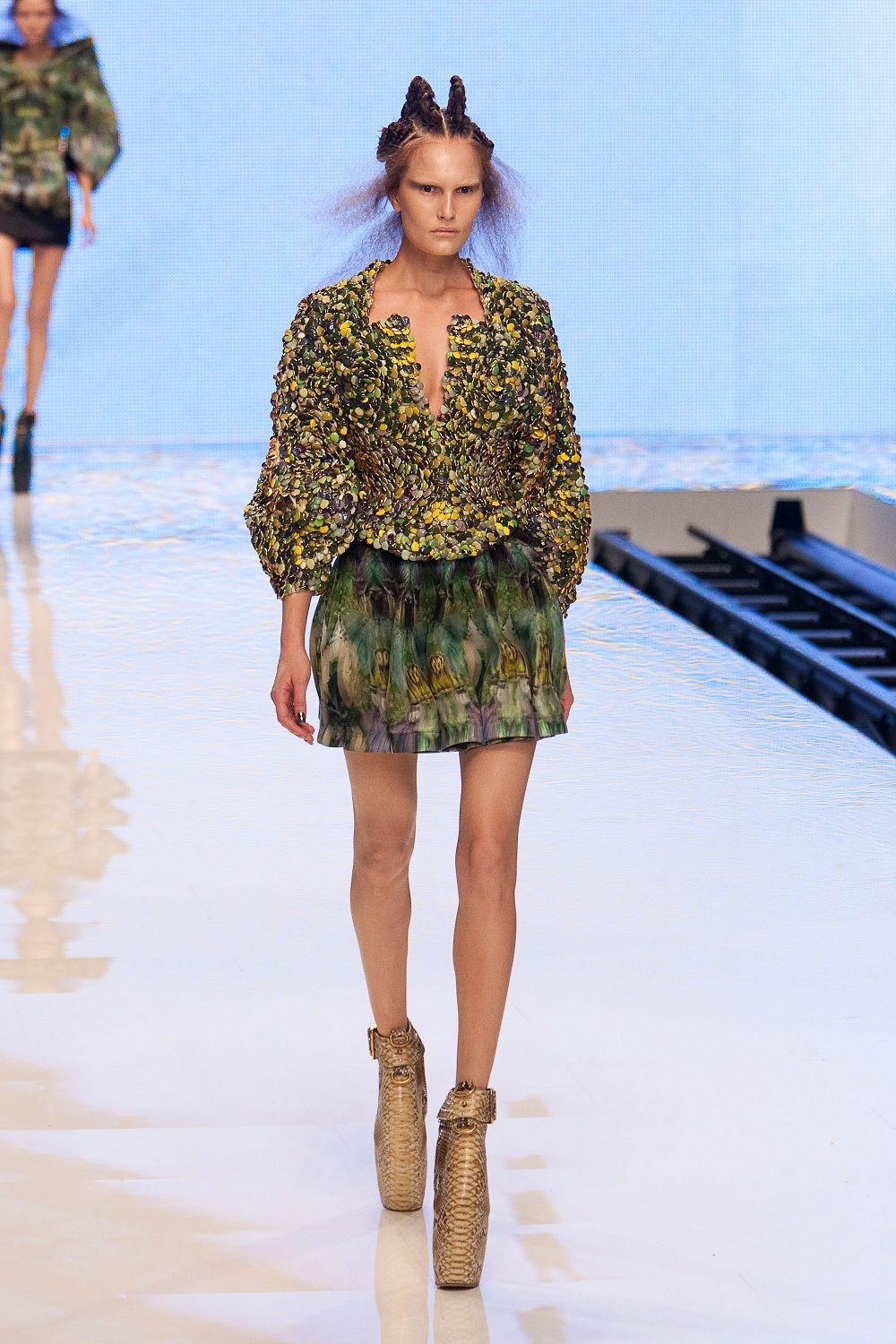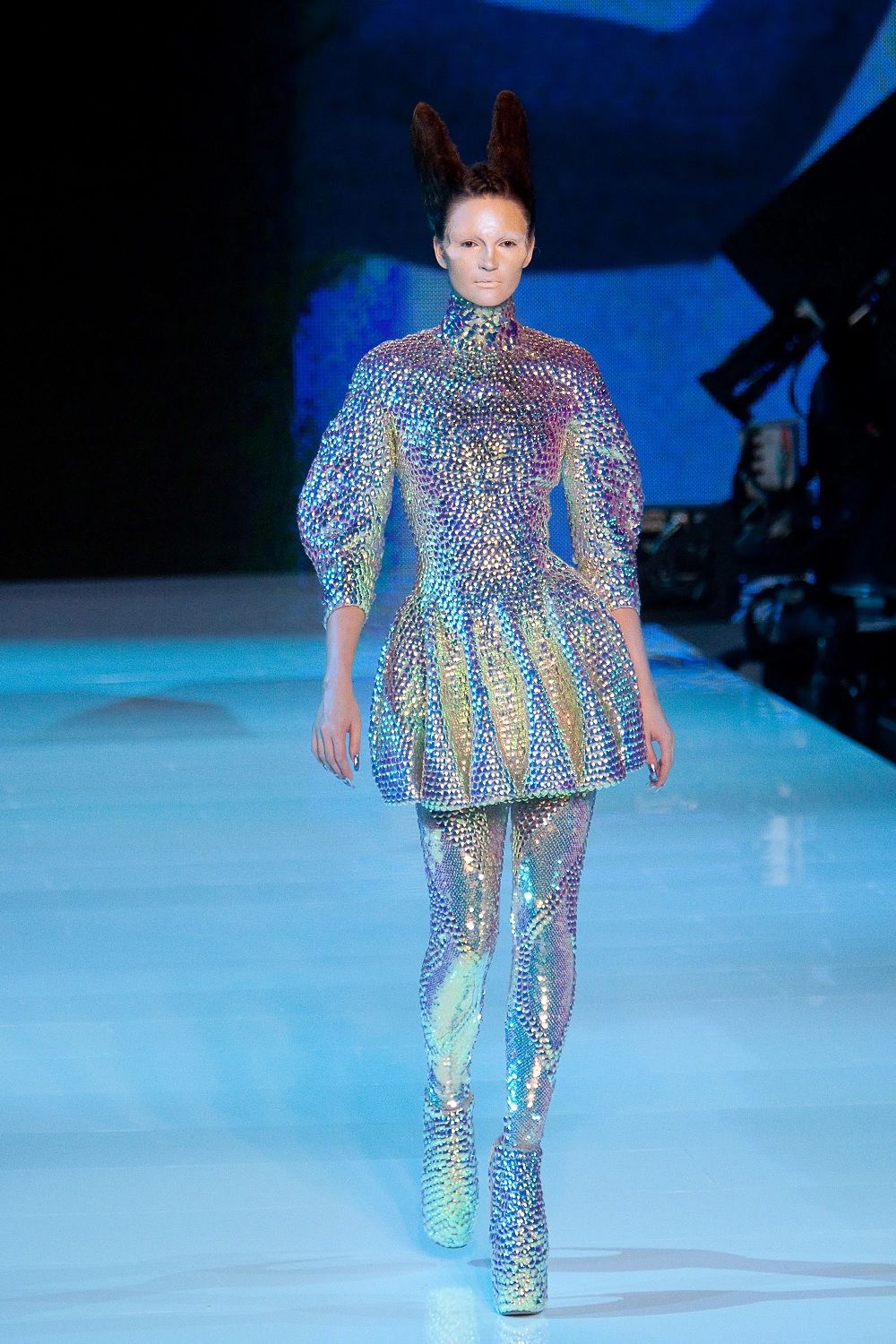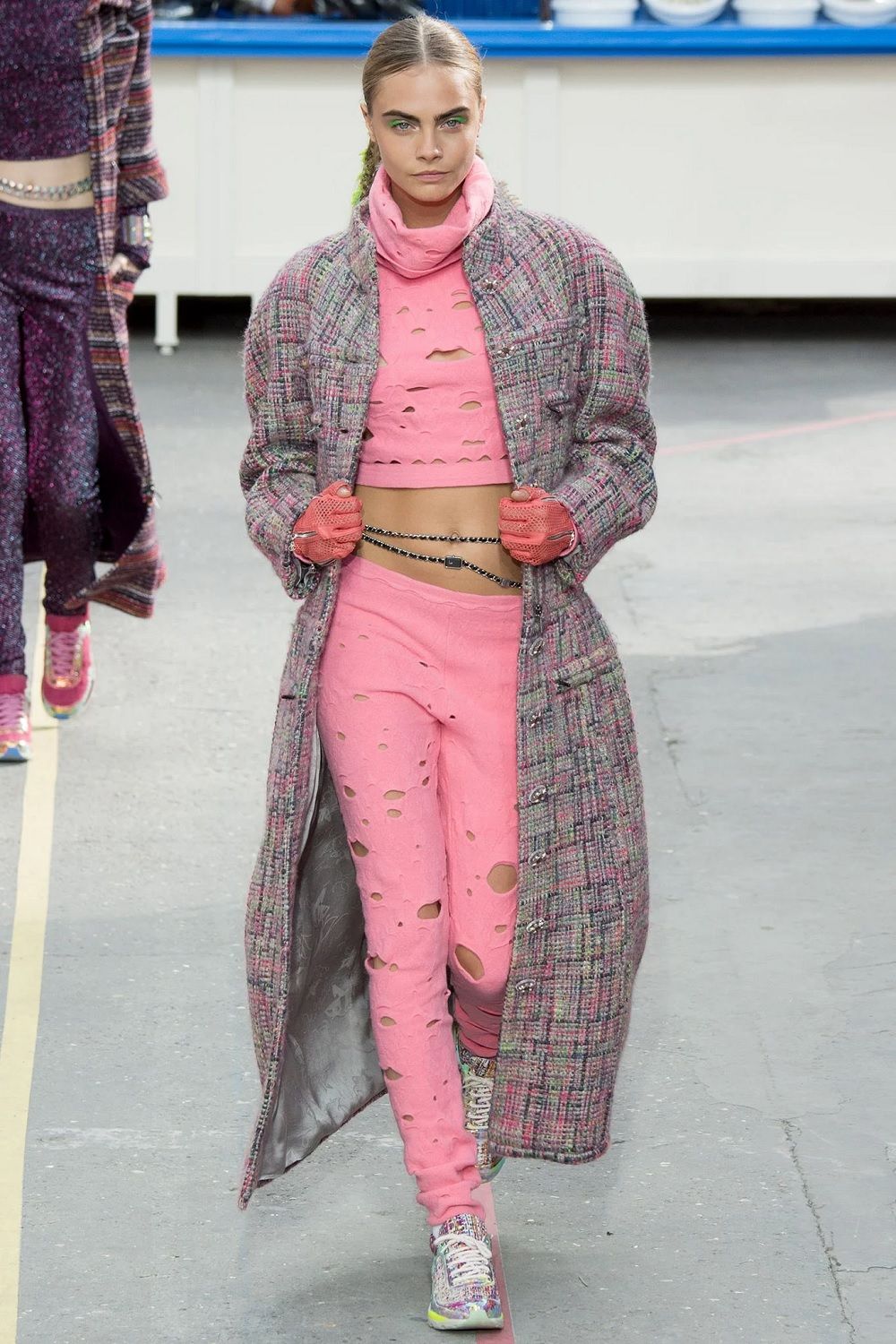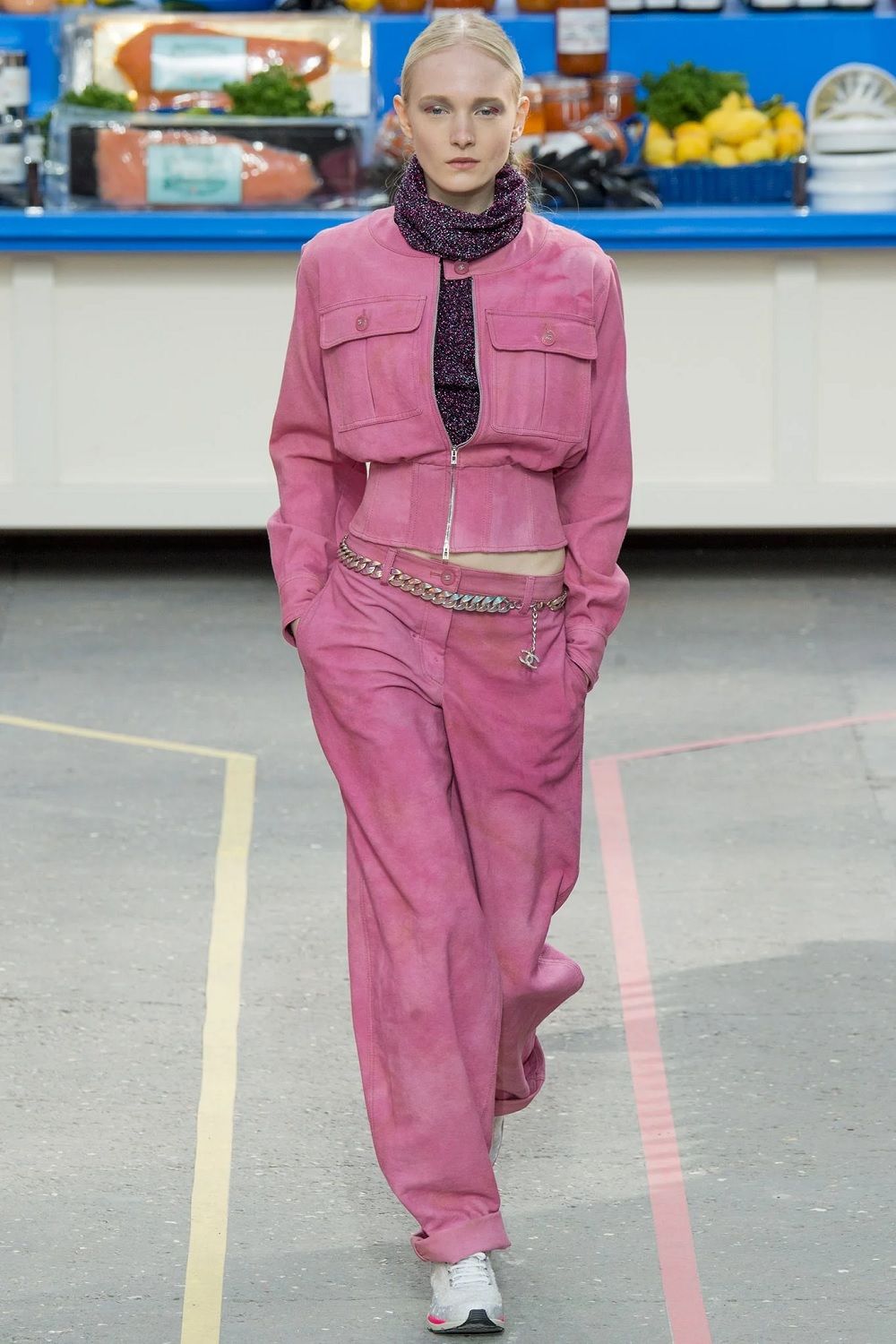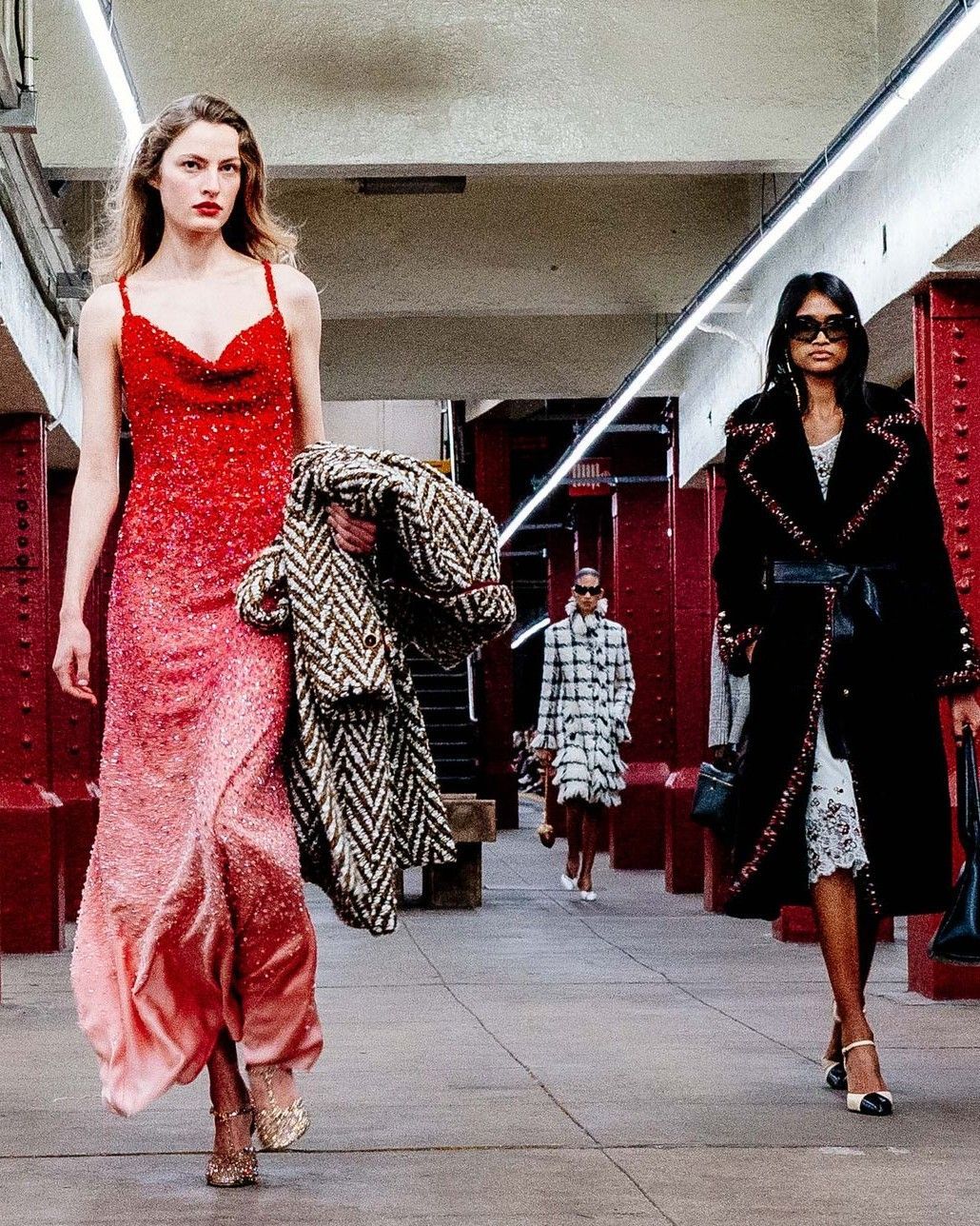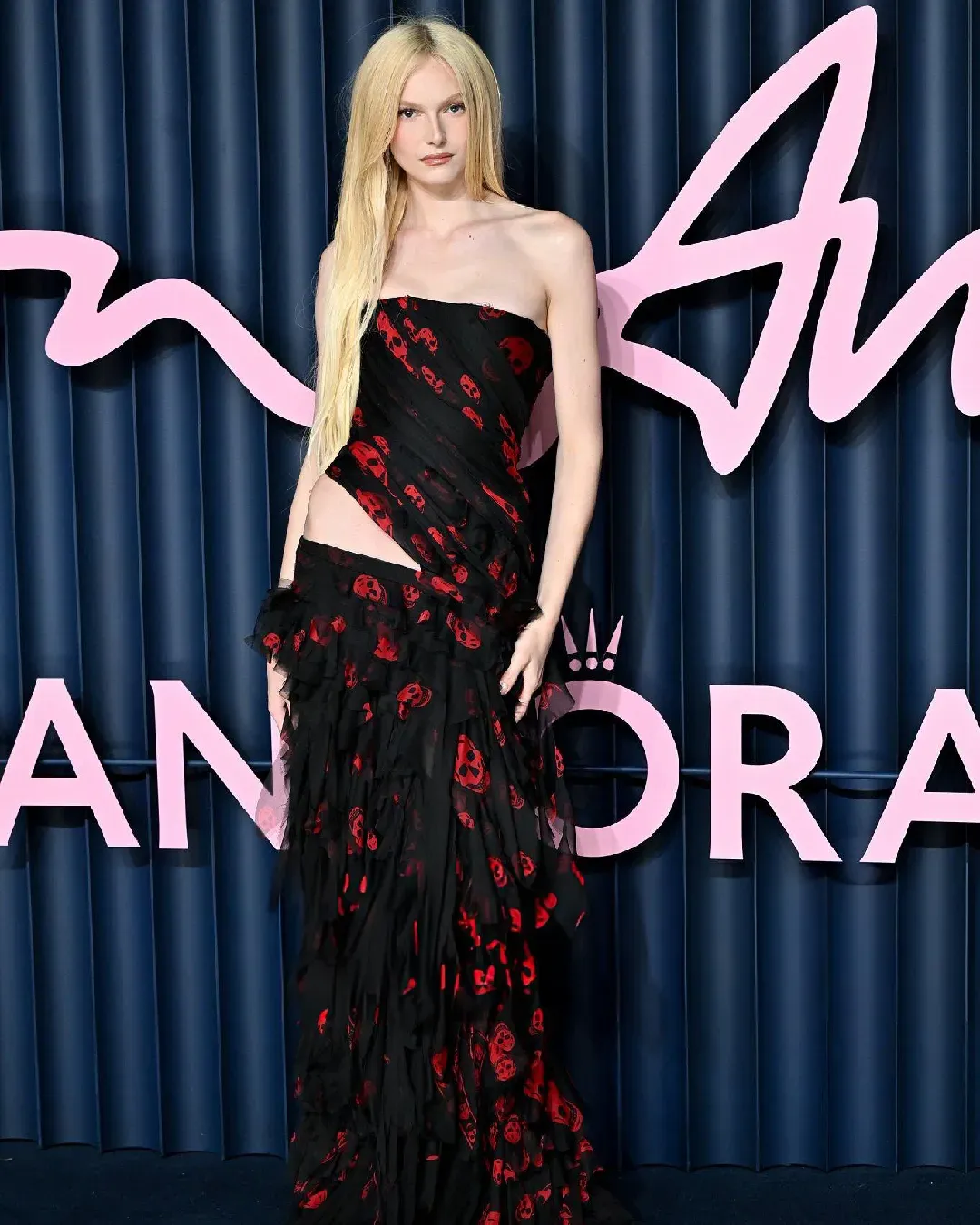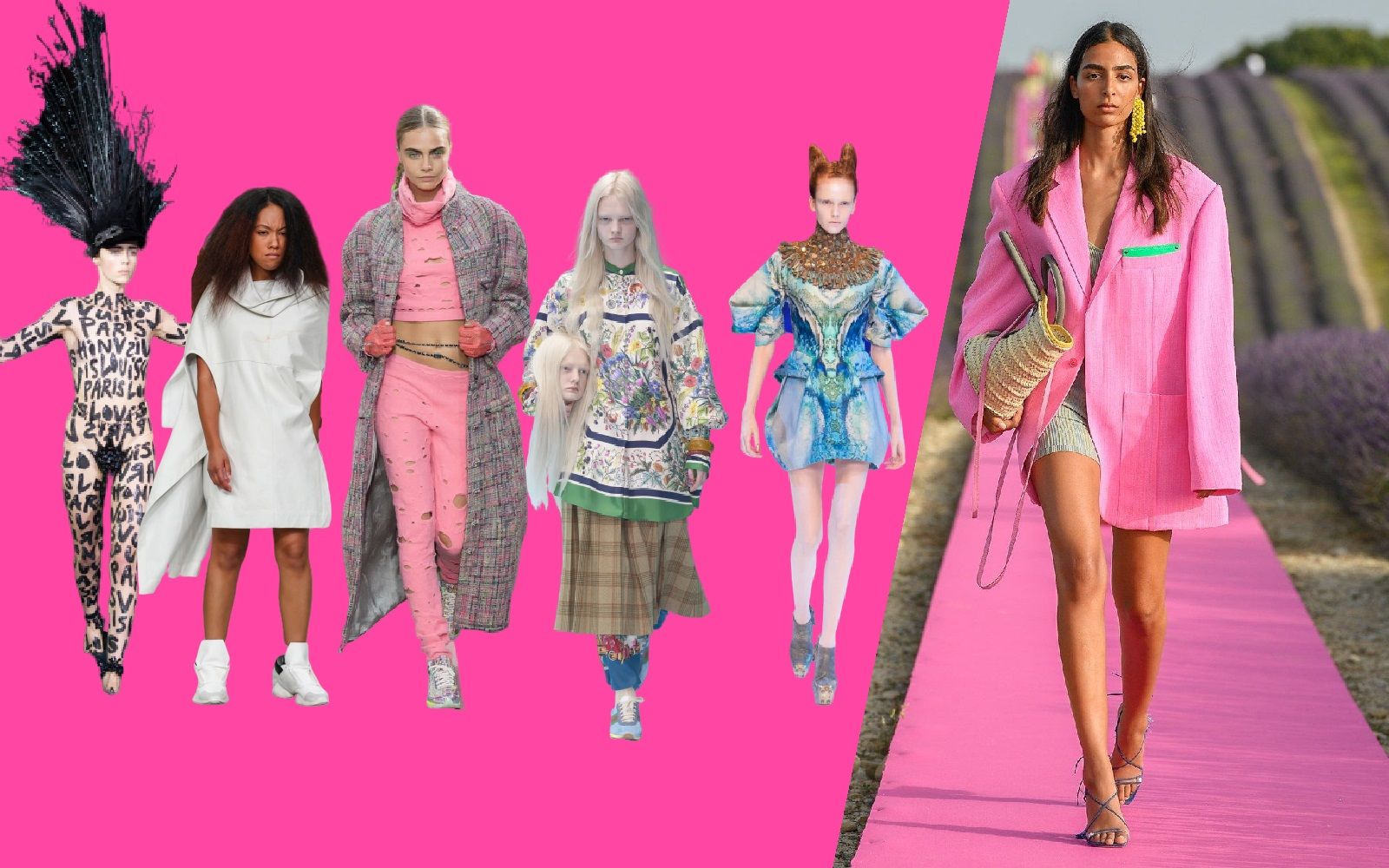
The 5 most iconic fashion shows of the 2010s From Chanel Supermarket to Alessandro Michele's cyborg manifesto for Gucci
For the fashion system, the decade from 2010 to 2020 was the era of musical chairs, in which a large number of designers alternated and switched roles in the creative direction of the most important brands. Raf Simons experimented first at Jil Sander, then at Dior and finally at Calvin Klein; Phoebe Philo reigned at Celine before leaving the many fans of her new concept of female elegance in the hands of Hedi Slimane; Riccardo Tisci landed from Givenchy to Burberry; Demna Gvasalia took his place under the spotlight with post-soviet style reaching Balenciaga; Virgil Abloh became the Midas king of Louis Vuitton; while Alexander McQueen and Karl Lagerfeld left us forever. These are the years in which street style became the new luxury, fashion shows were more and more spectacular and the settings more and more sophisticated: green lawns, lavender fields, iconic museums, rockets, supermarkets, icebergs, escalators, operating theatres, carousels, cemeteries, flower walls, bridges,...
Here below are the 5 most iconic fashion shows of the 2010s.
Alexander McQueen SS 2010
On October 6, 2009, in an indoor arena in Paris' 12th arrondissement, Alexander McQueen presented his latest collection Plato's Atlantis, inspired by a dystopian future in which mankind, after spreading chaos on earth, returns to the oceans. On the catwalk, hybrid creatures between aliens and humans wore spectacular clothes, embellished with digital prints reproducing corals, fish skin, scales, clamshells, recalling the studies of 19th century biologist Ernst Haeckel on marine life and McQueen's favourite movie, The Abyss. The event made history, not only because of the popular Armadillo shoes or the preview of Lady Gaga's Bad Romance, but because it was the first fashion show to be broadcasted live on the internet thanks to the collaboration with SHOWstudio.
Chanel FW 2014
For Autumn 2014, the Grand Palais was turned into the Chanel supermarket, a proper shopping centre where models wear glittering tweeds and sneakers while pushing shopping trolleys through miles of shelves full of products that recall the House's heritage, from The Little Black Tea, to Le oeuf de Chanel, to olive oil with Mademoiselle's portrait stamped on it, to Coco Flakes cereals. Every detail is meticulously edited. It is Karl Lagerfeld's surreal, colorful, pop celebration of consumerism.
Rick Owens SS 2014
For his Vicious collection, Owens presents the audience an unforgettable and, at the same time, revolutionary performance. Instead of professional models, the designer brings on the catwalk a gang of step-dancers composed of members of four American college sisterhoods (Washington Dive, Soul Steppers, The Momentums, The Zetas) who, choreographed by Lauretta Malloy Noble and her daughter LeeAnet, mix elements of break-dance, march, tap dance, African dances and Zulu steps. The result is explosive. Those girls so different from the aesthetics of conventional models, who, wrapped in leather and jersey drapes, move with energy and an angry, grit face, on fast music, push the ritual of the fashion show to the limit and overcome any cultural cliché of femininity.
Louis Vuitton SS 2014
Marc Jacobs' farewell show after 16 years as creative director of Louis Vuitton portrays the luxury side of mourning: black dresses, jackets and skirts in tulle encrusted with jas worn over jeans, huge feathers on the head. Including references from Queen Victoria of England, Rei Kawakubo and Miuccia Prada. The set? A best-of of all Jacobs' past fashion shows for LV in which a large fountain, the Carrousel, a station clock, a hotel lobby and escalators coexist.
Gucci FW 2018
Alessandro Michele's cyborg manifesto for Gucci. In an aseptic set that replicates an operating room, the designer who revolutionized Gucci (for the second time after Tom Ford's era) talks about dualism and dichotomy of identity. Masculine and feminine, normal and alien, psyche and matter blend together to create hybrid creatures wearing balaclavas, shiny jewellery, flower suits, lace, capes, caftans and holding severed heads and baby dragon cubs in their hands. Among a cauldron of references ranging from D.J. Haraway to Russ Meyer, from Sega and Paramount Pictures to manga.










































